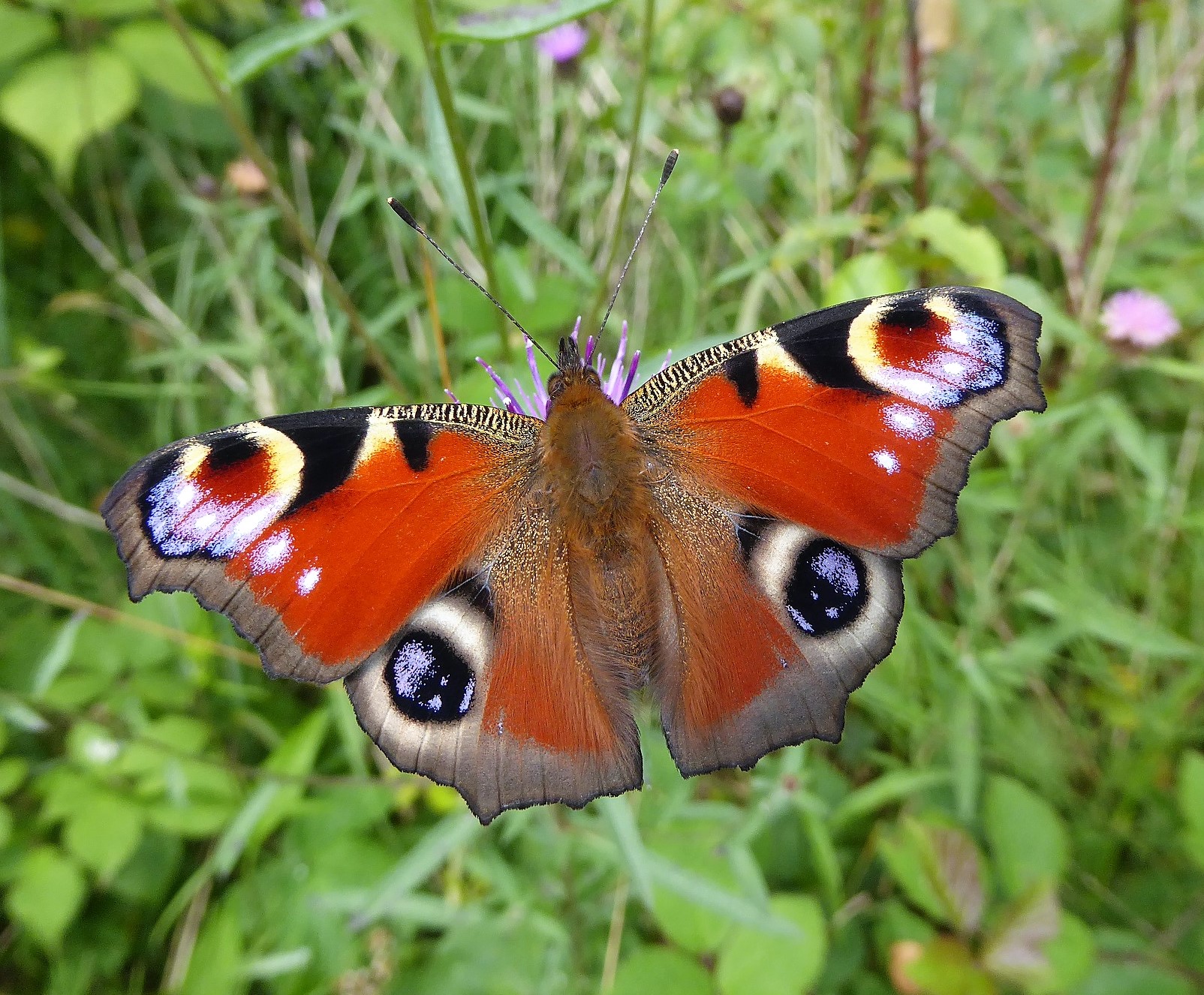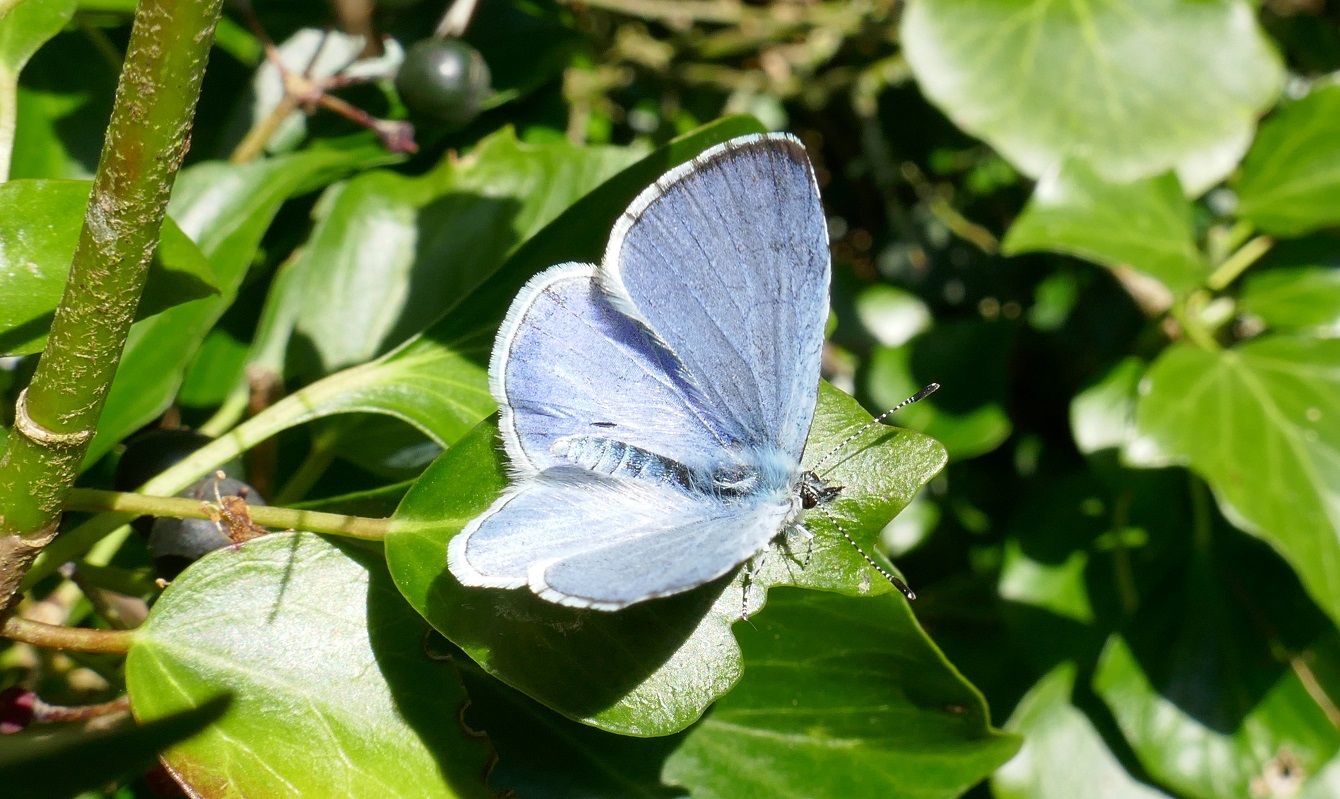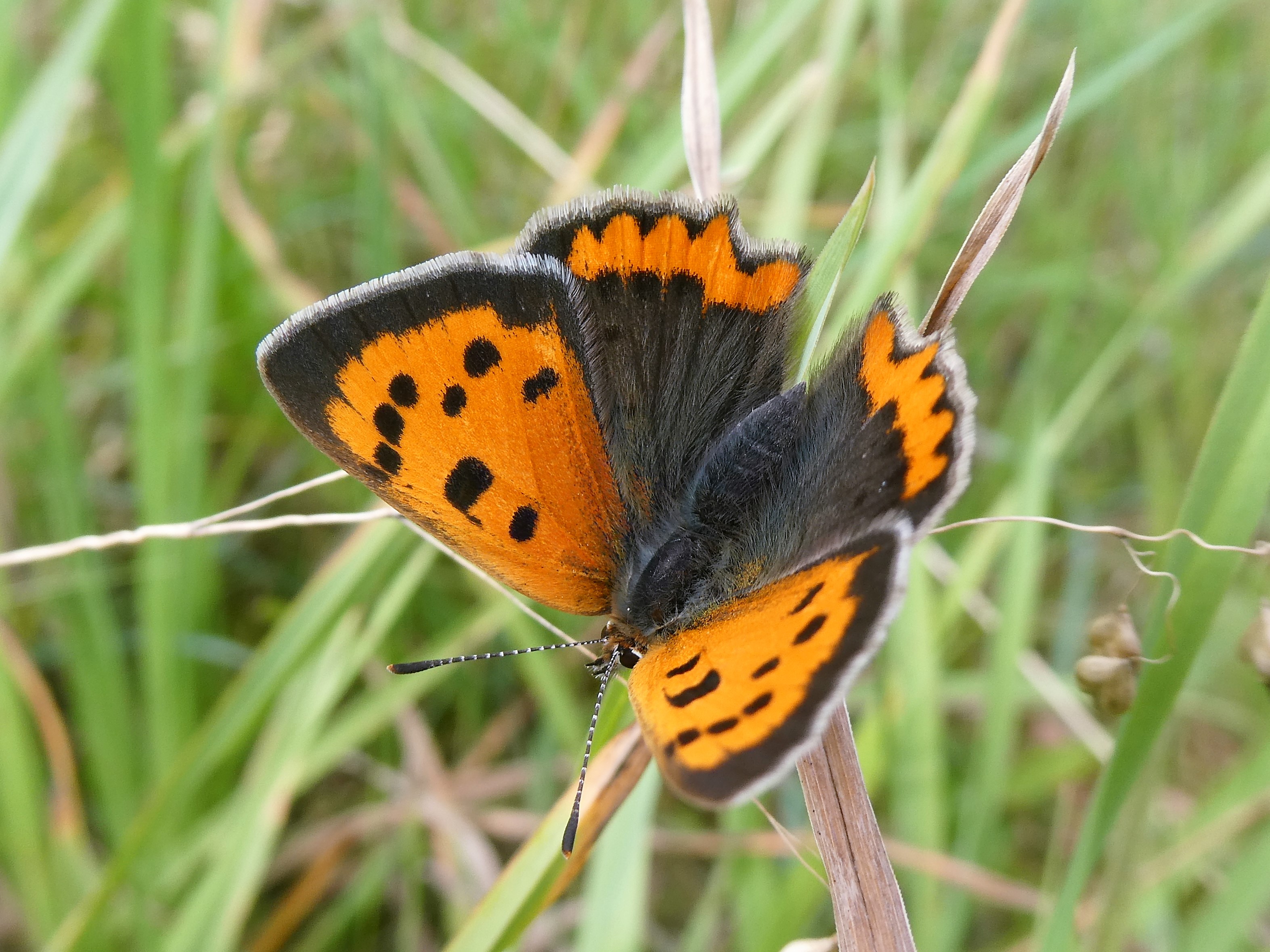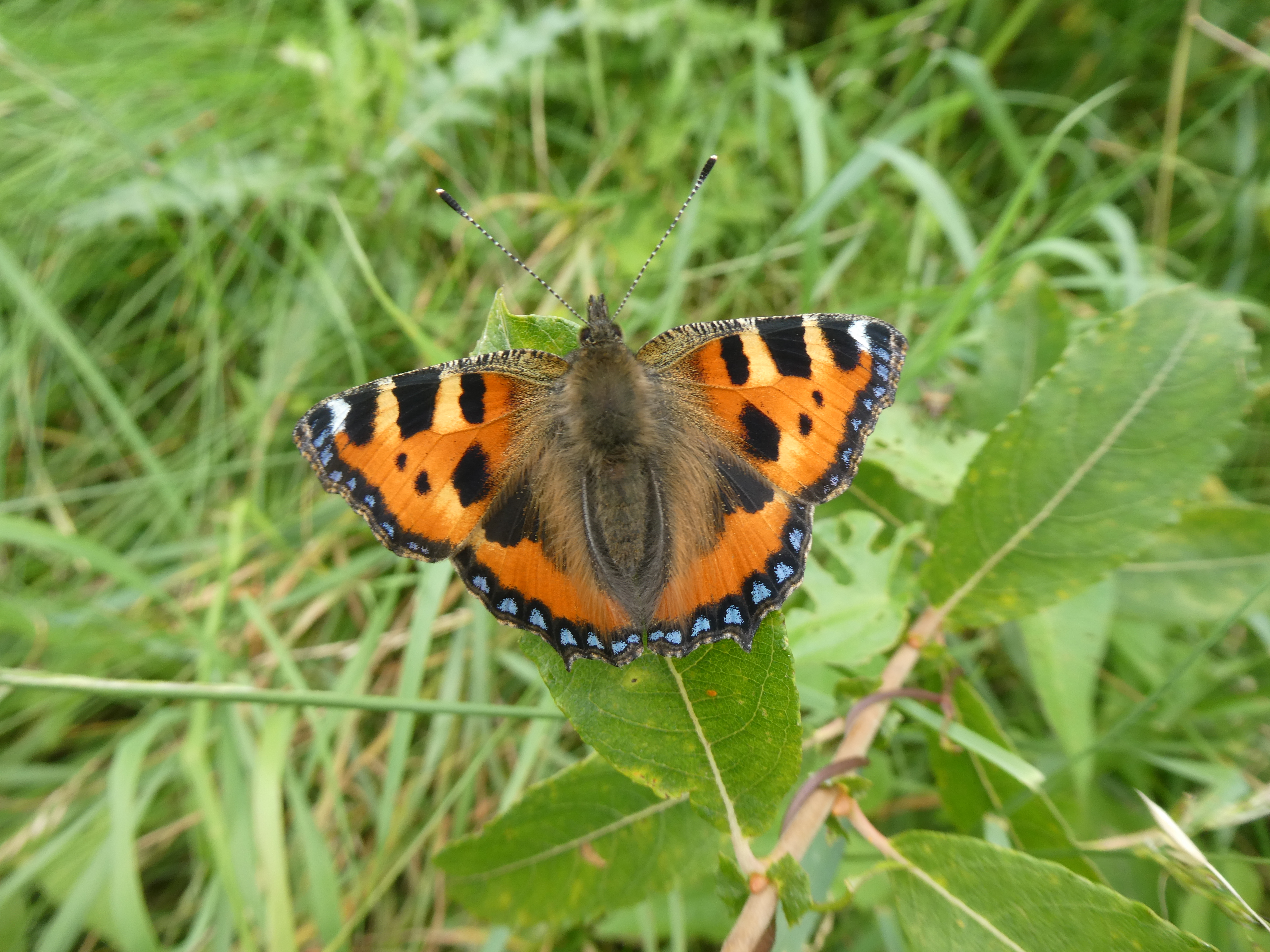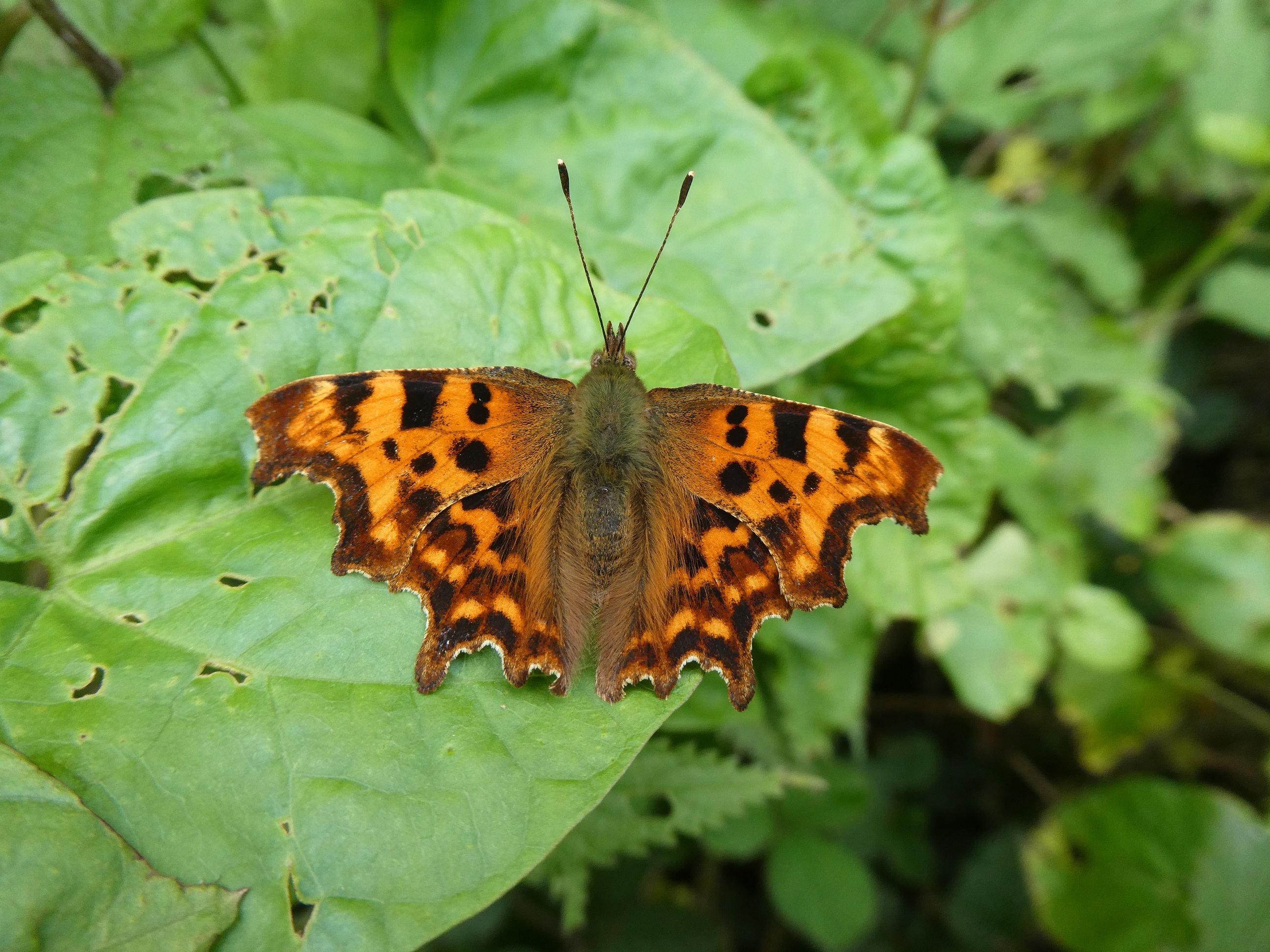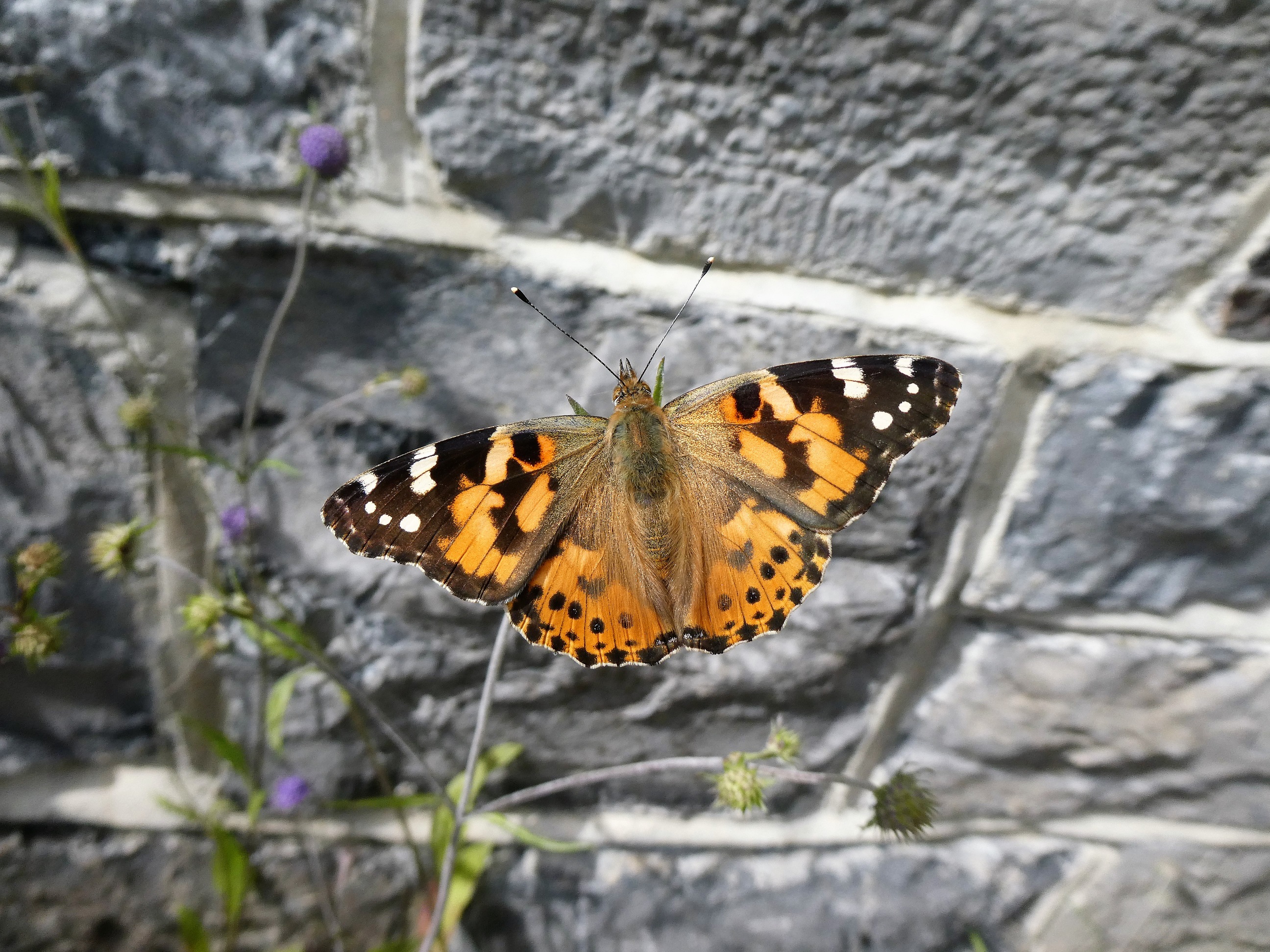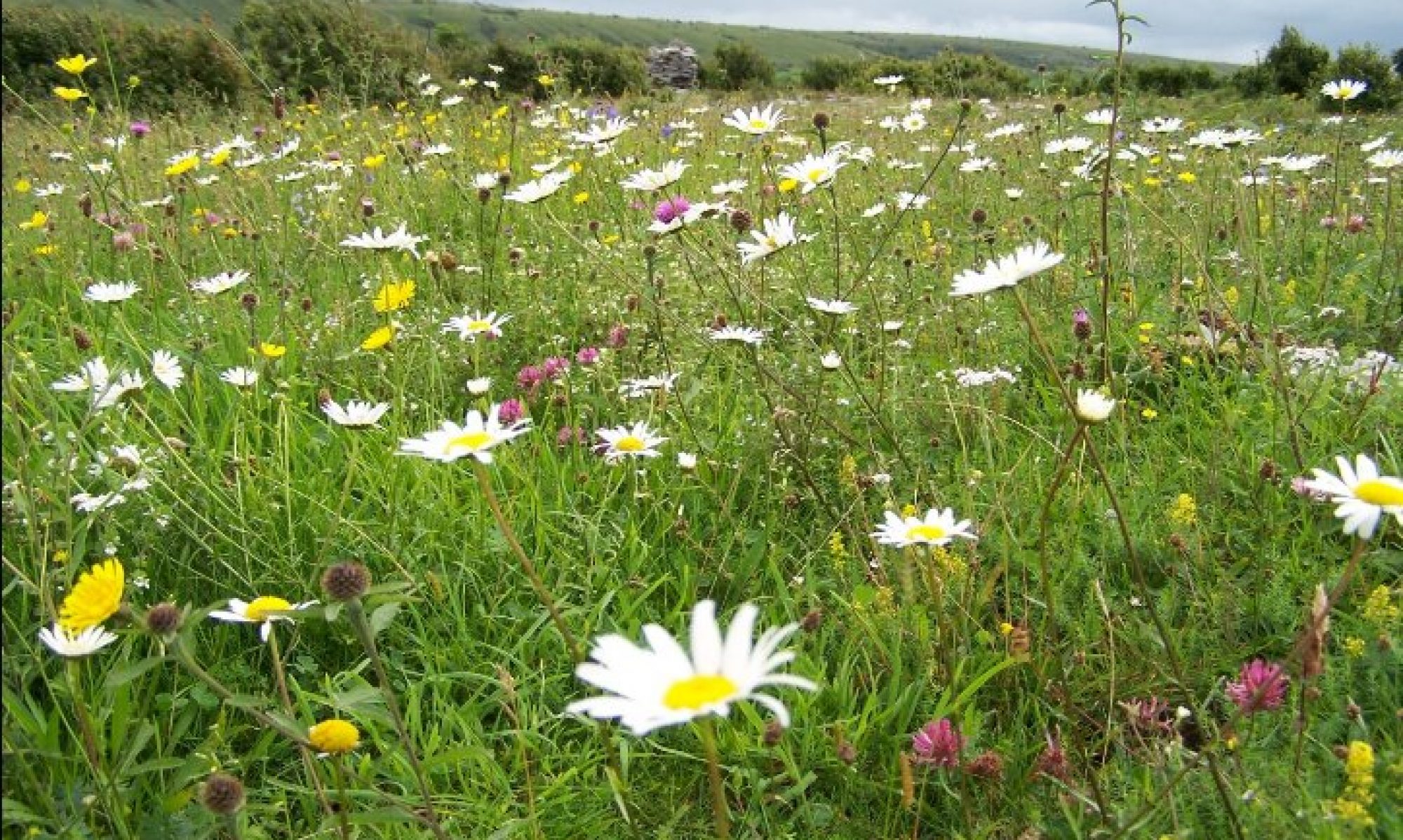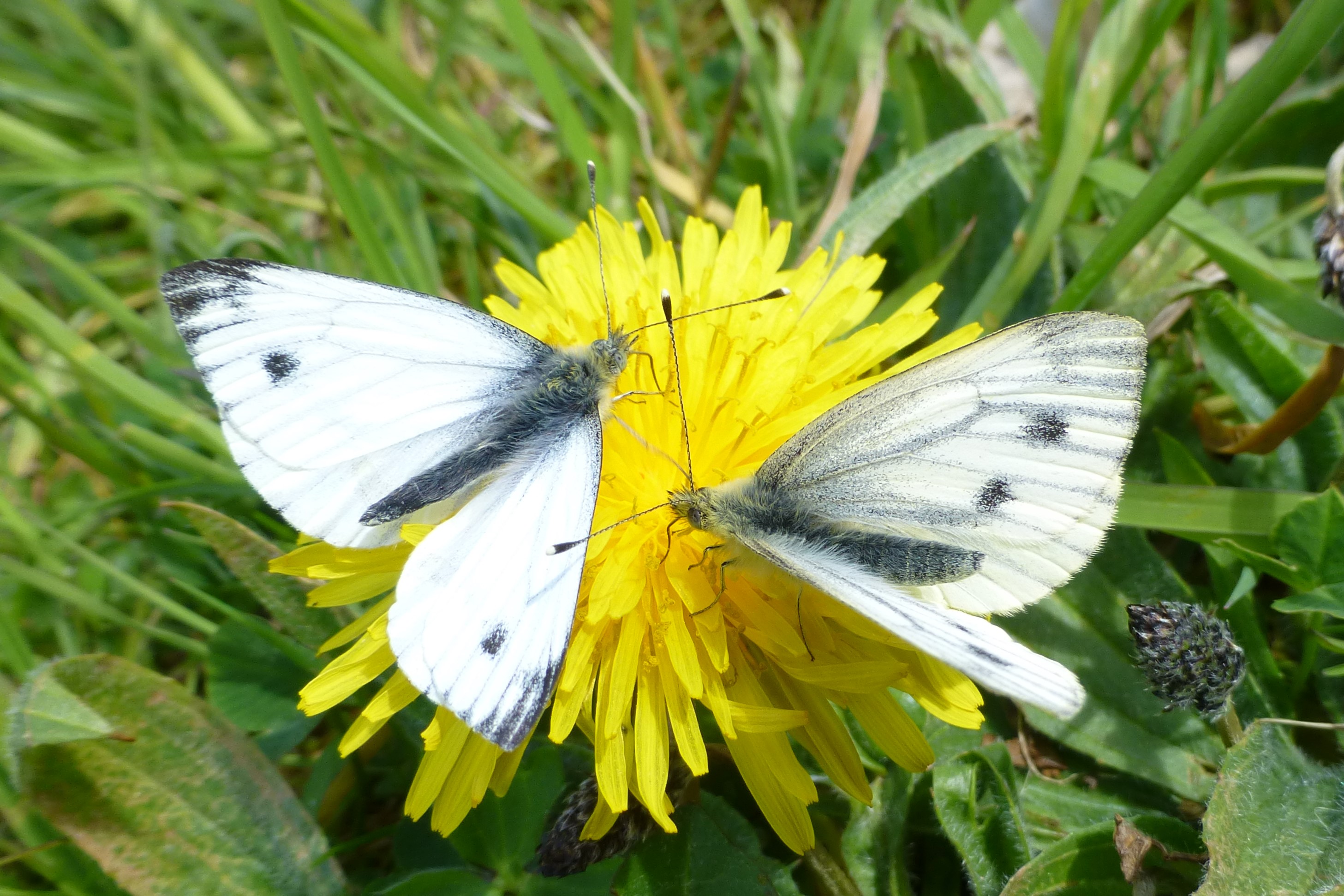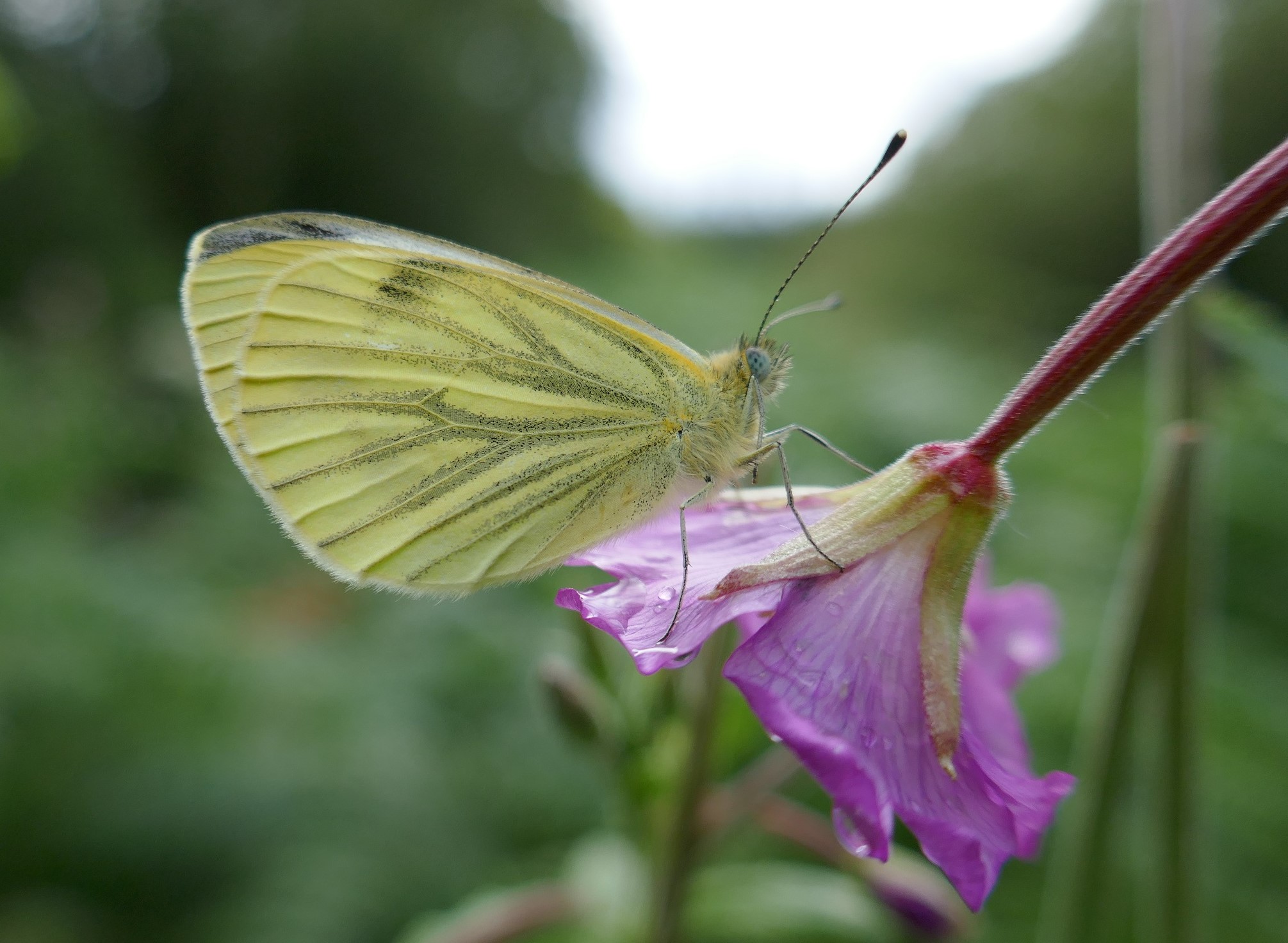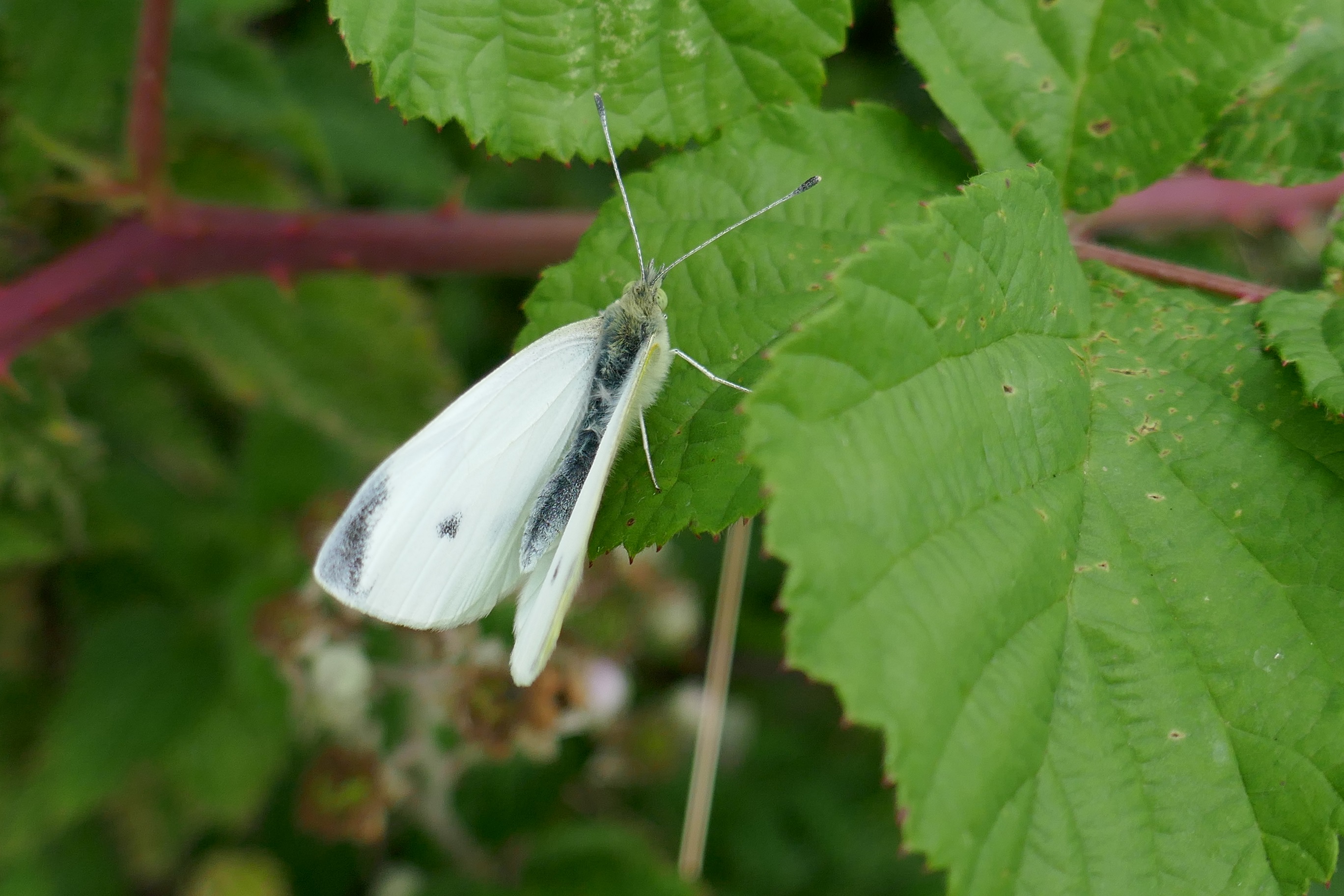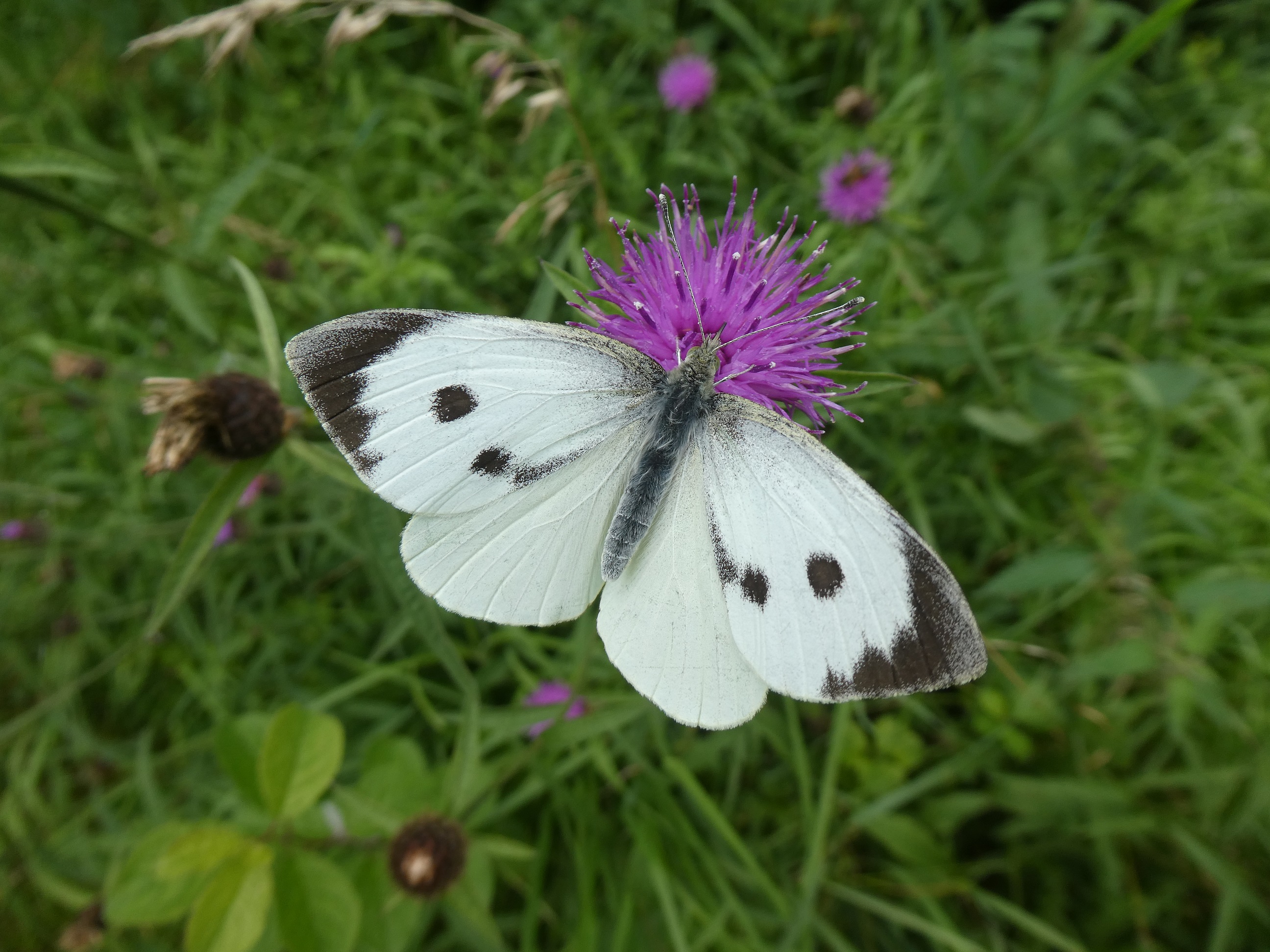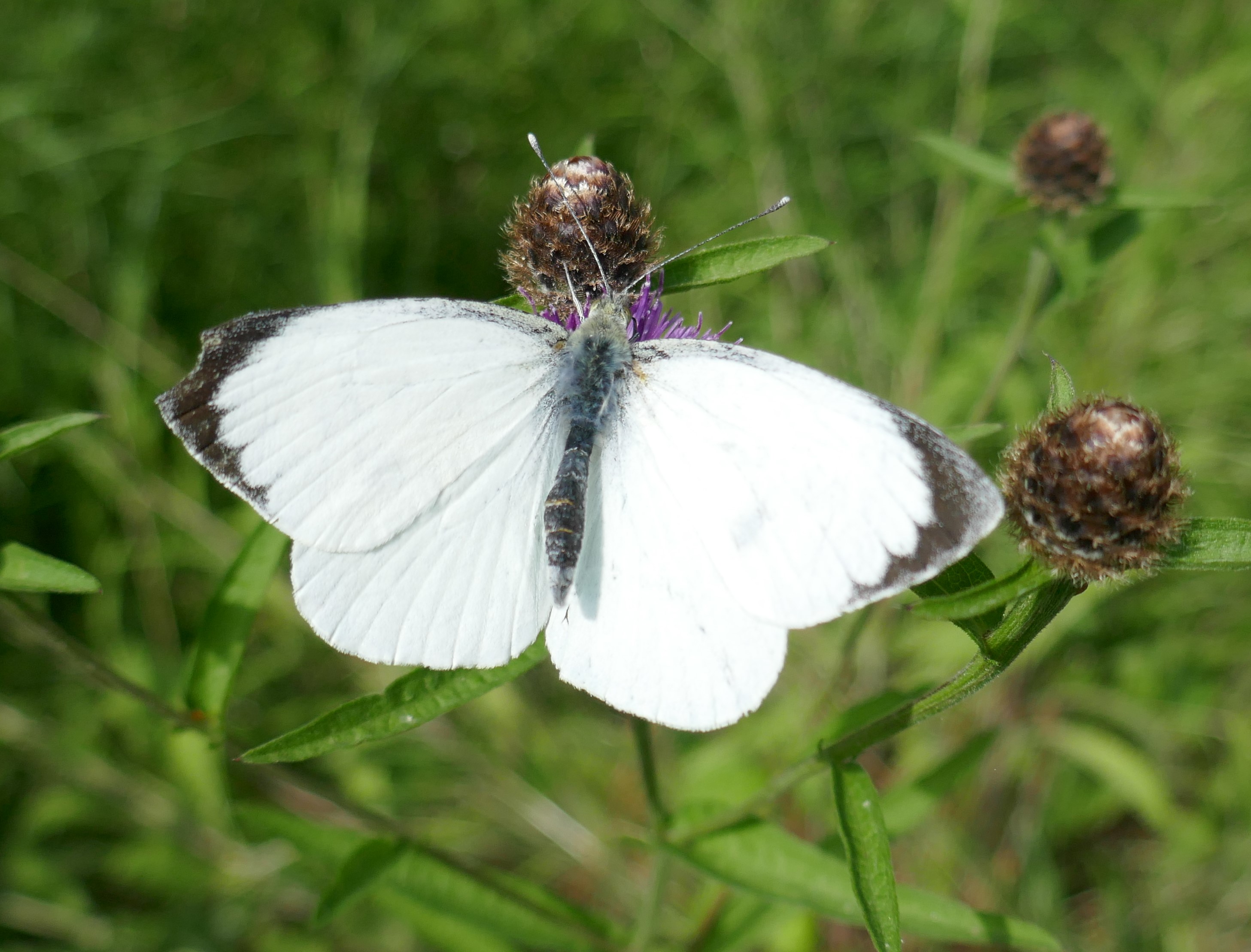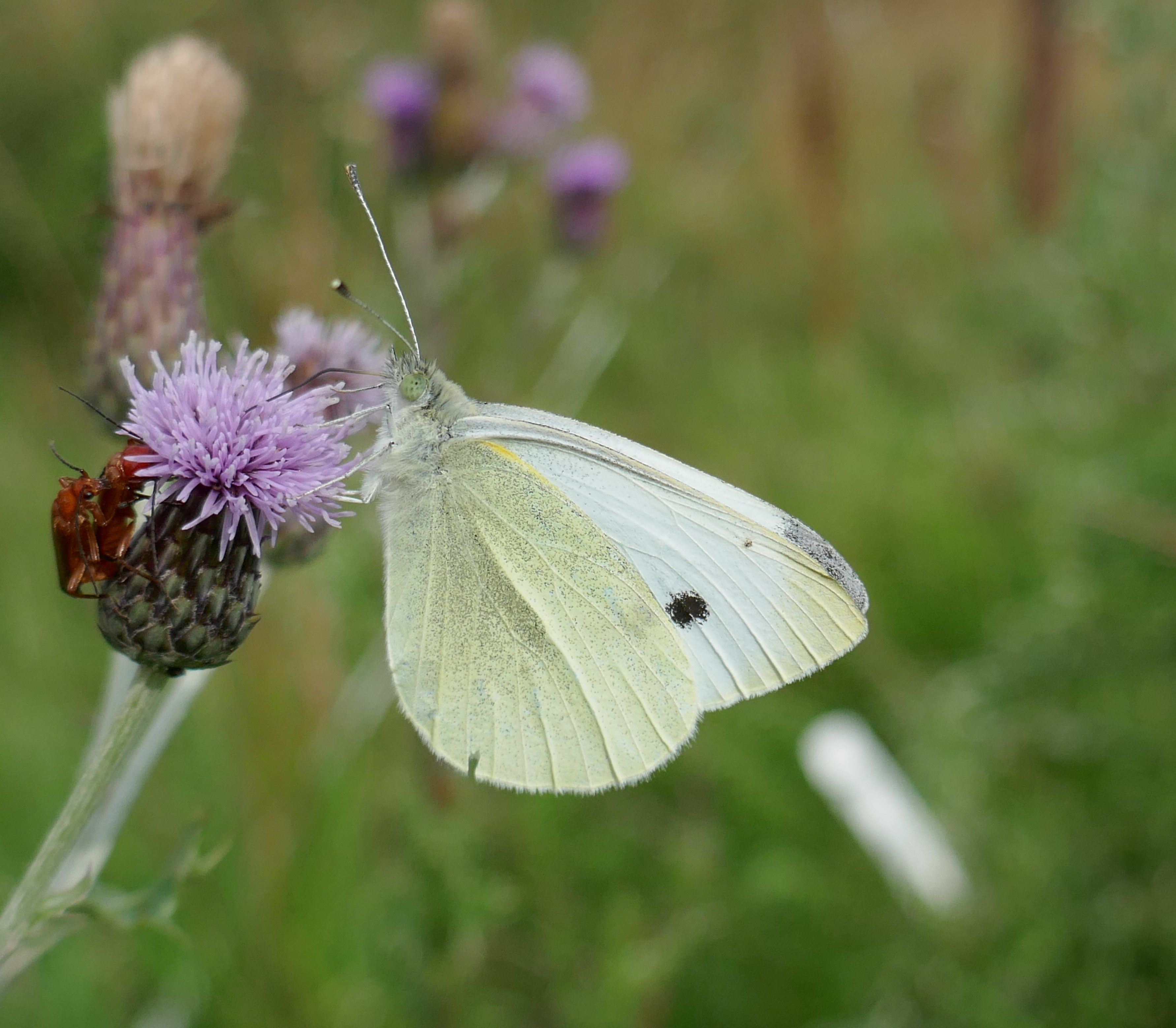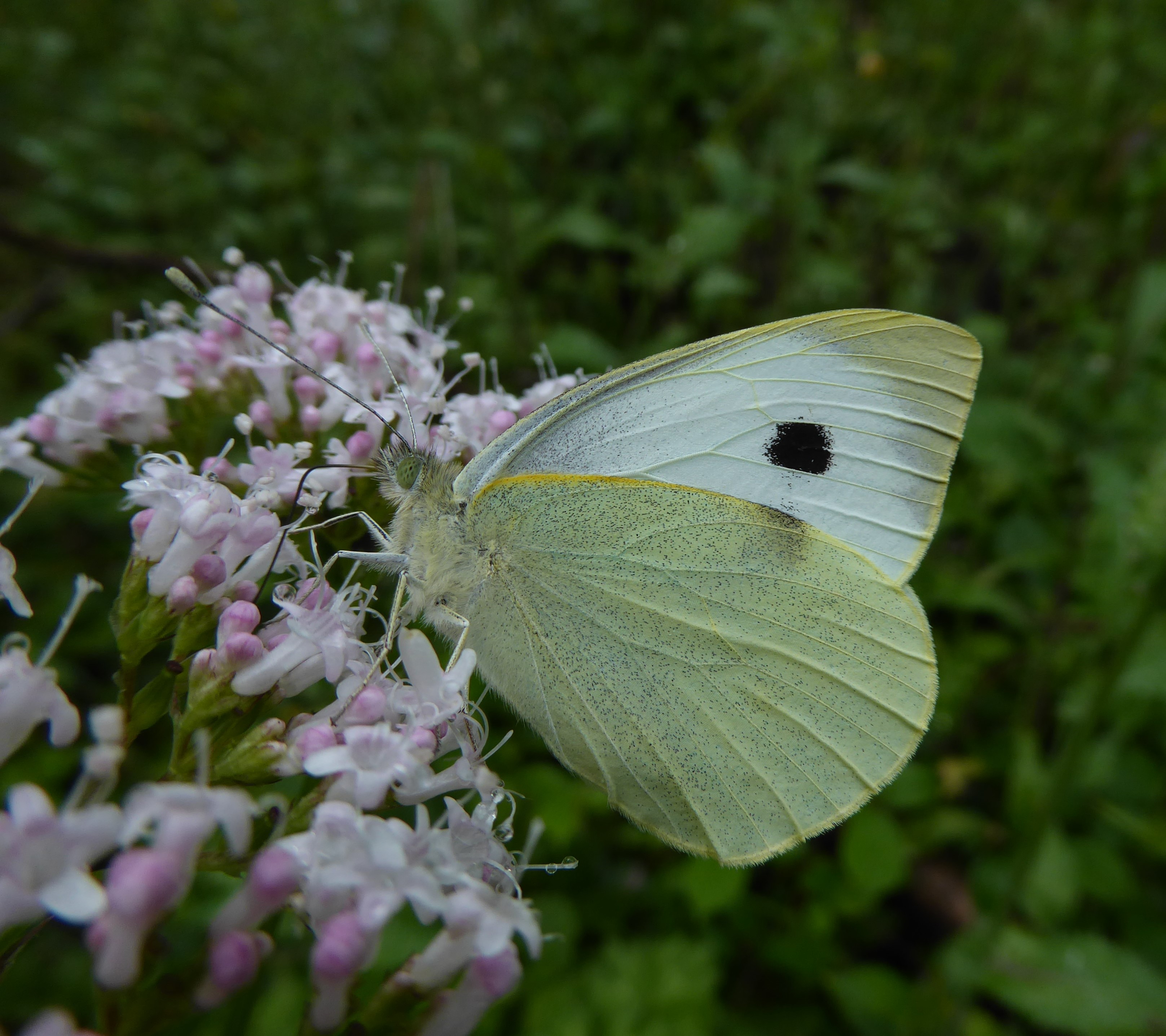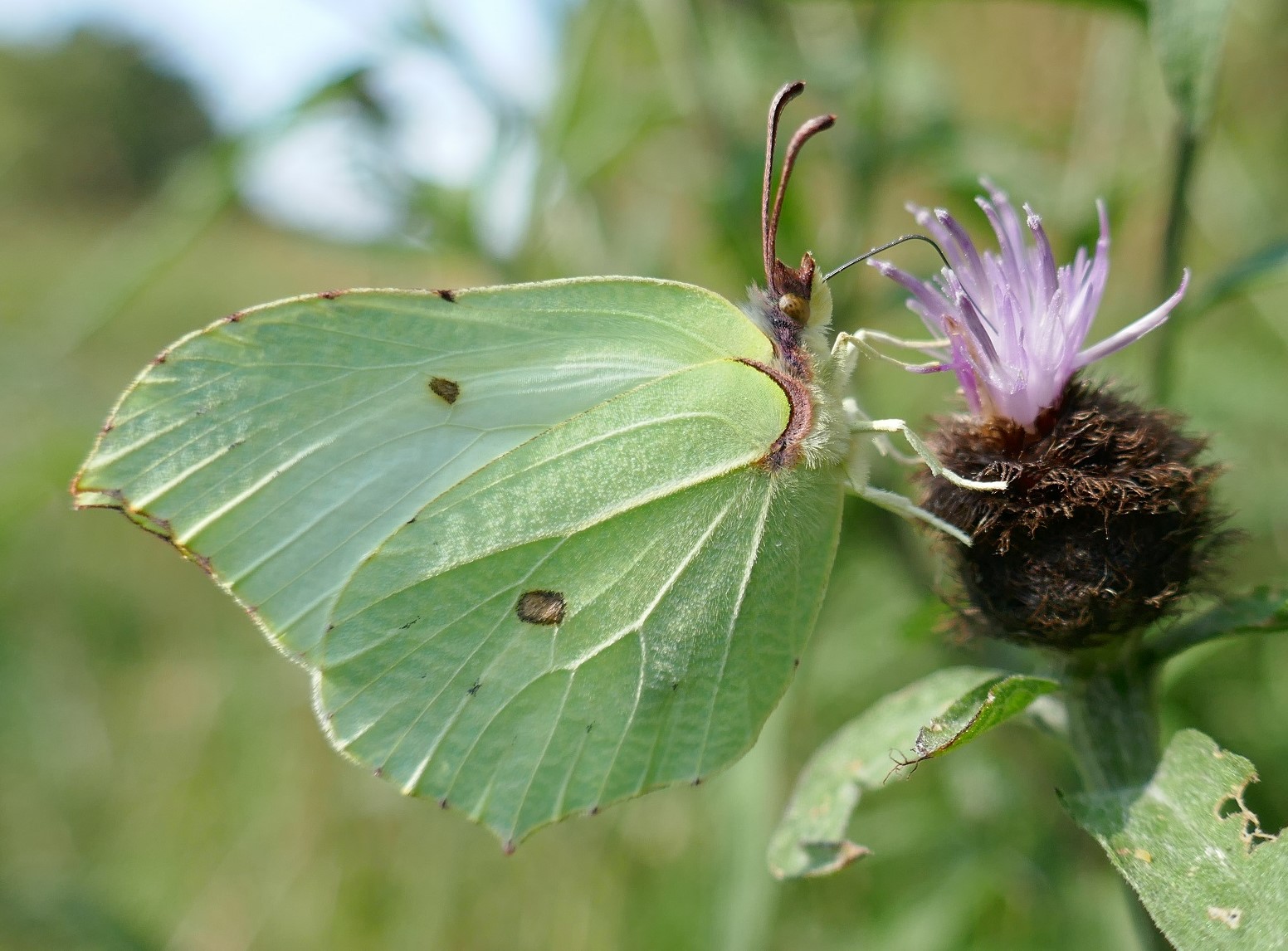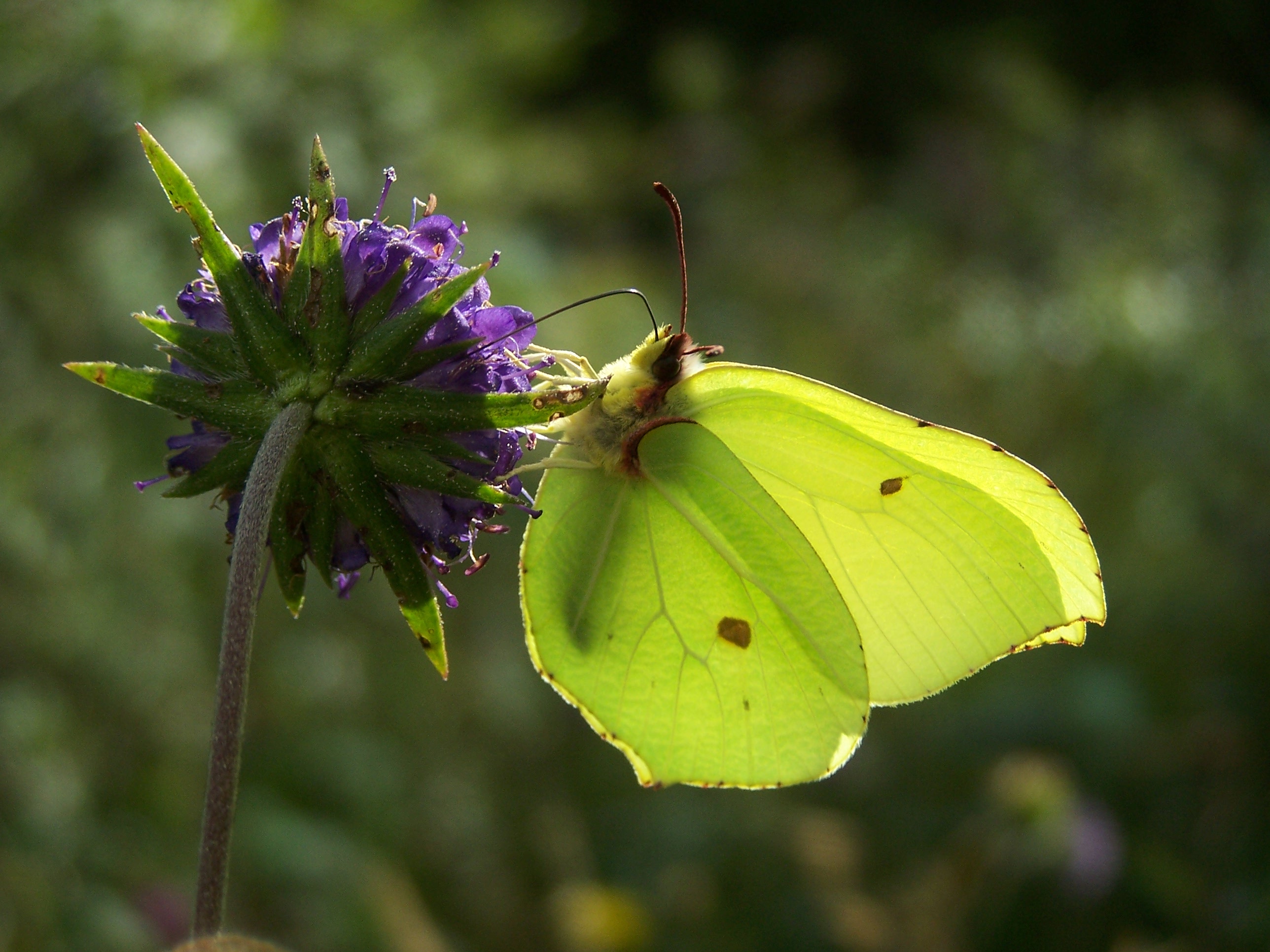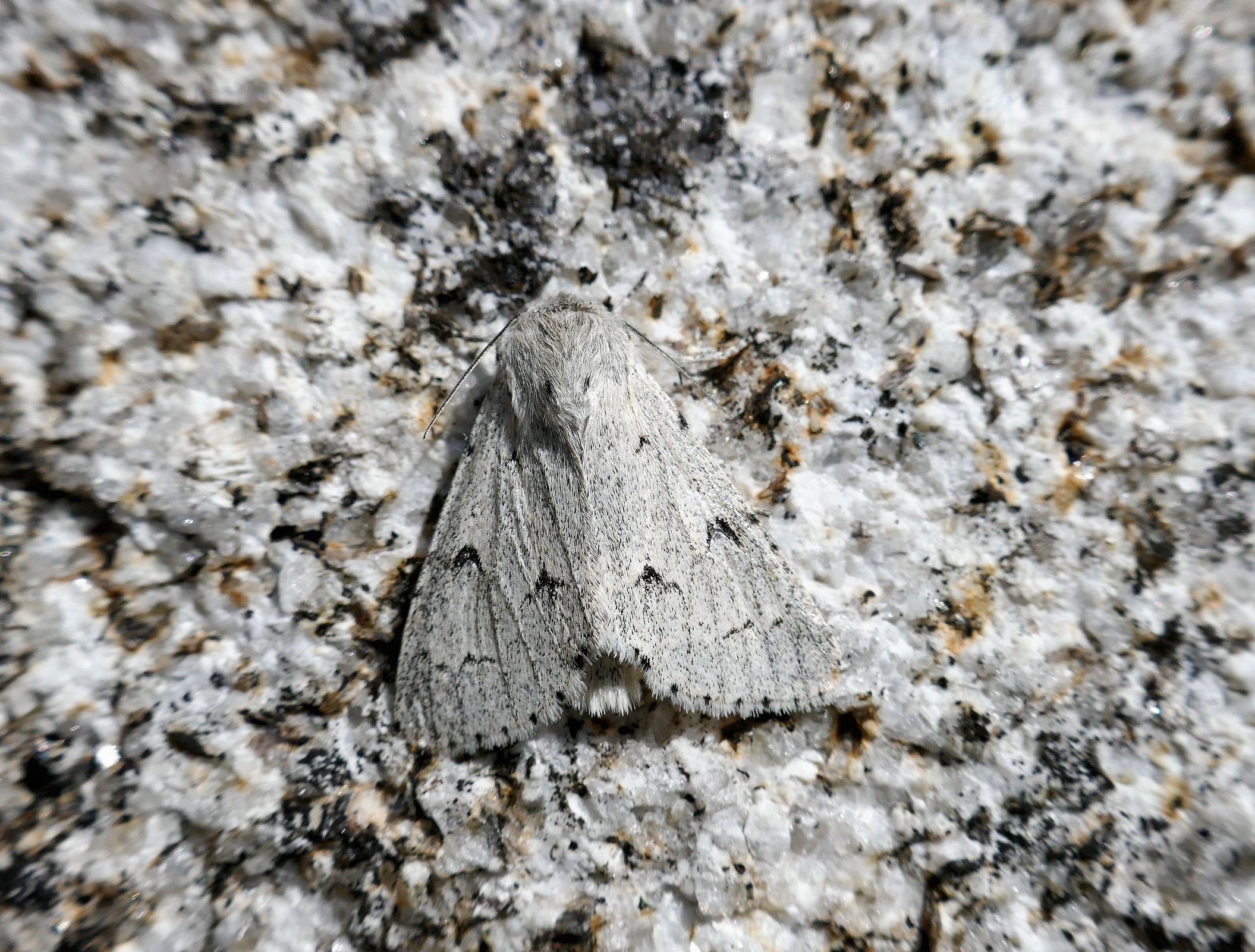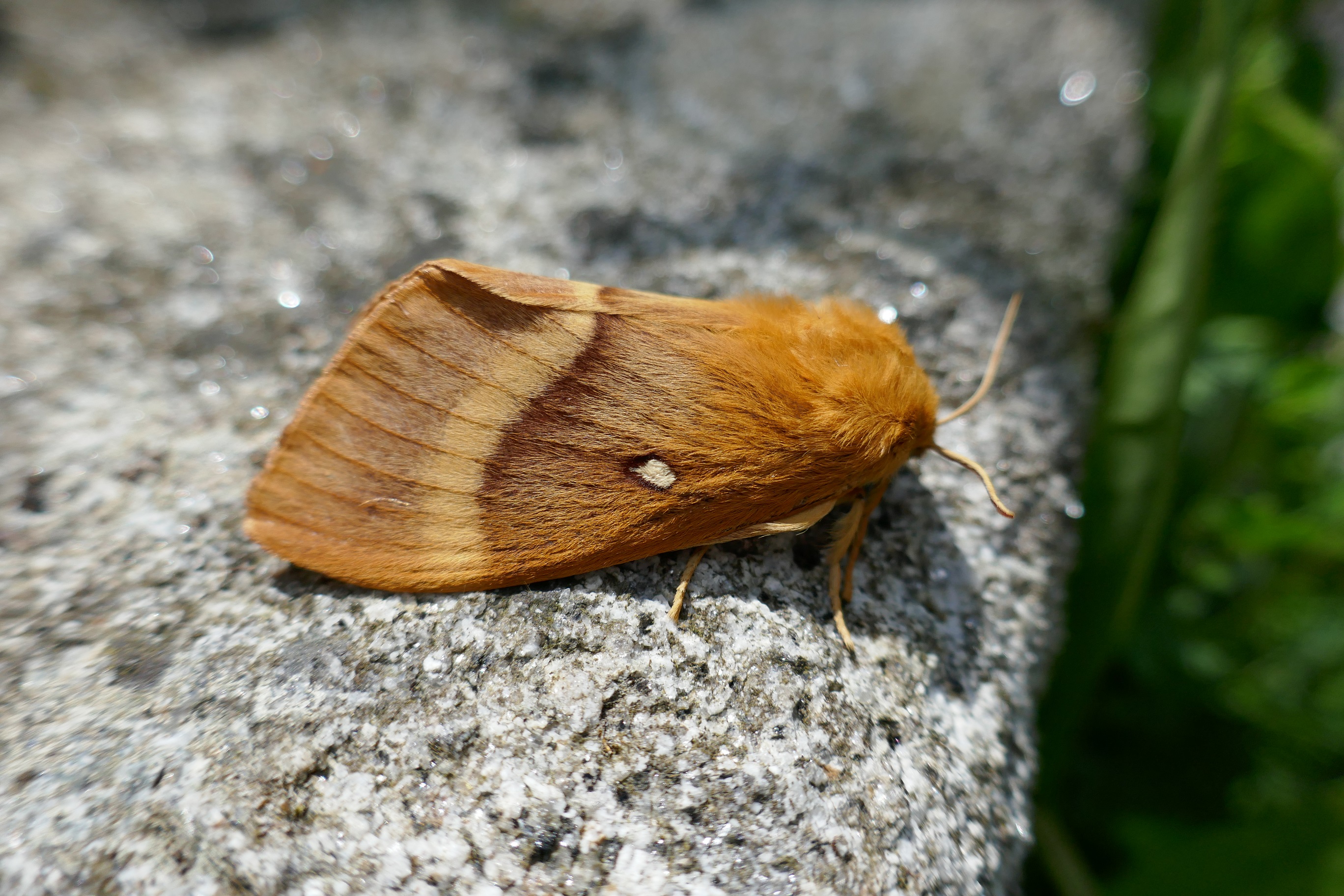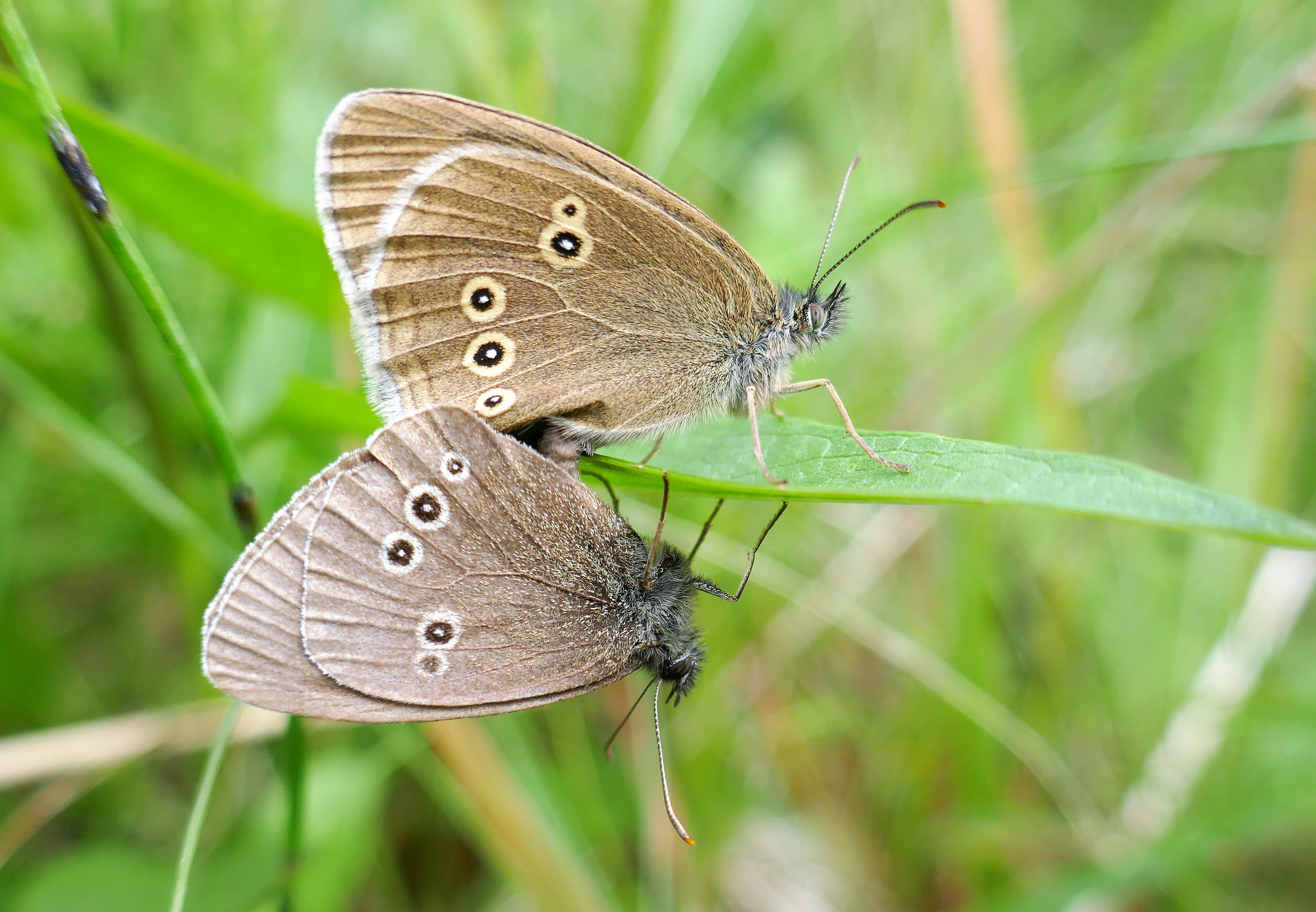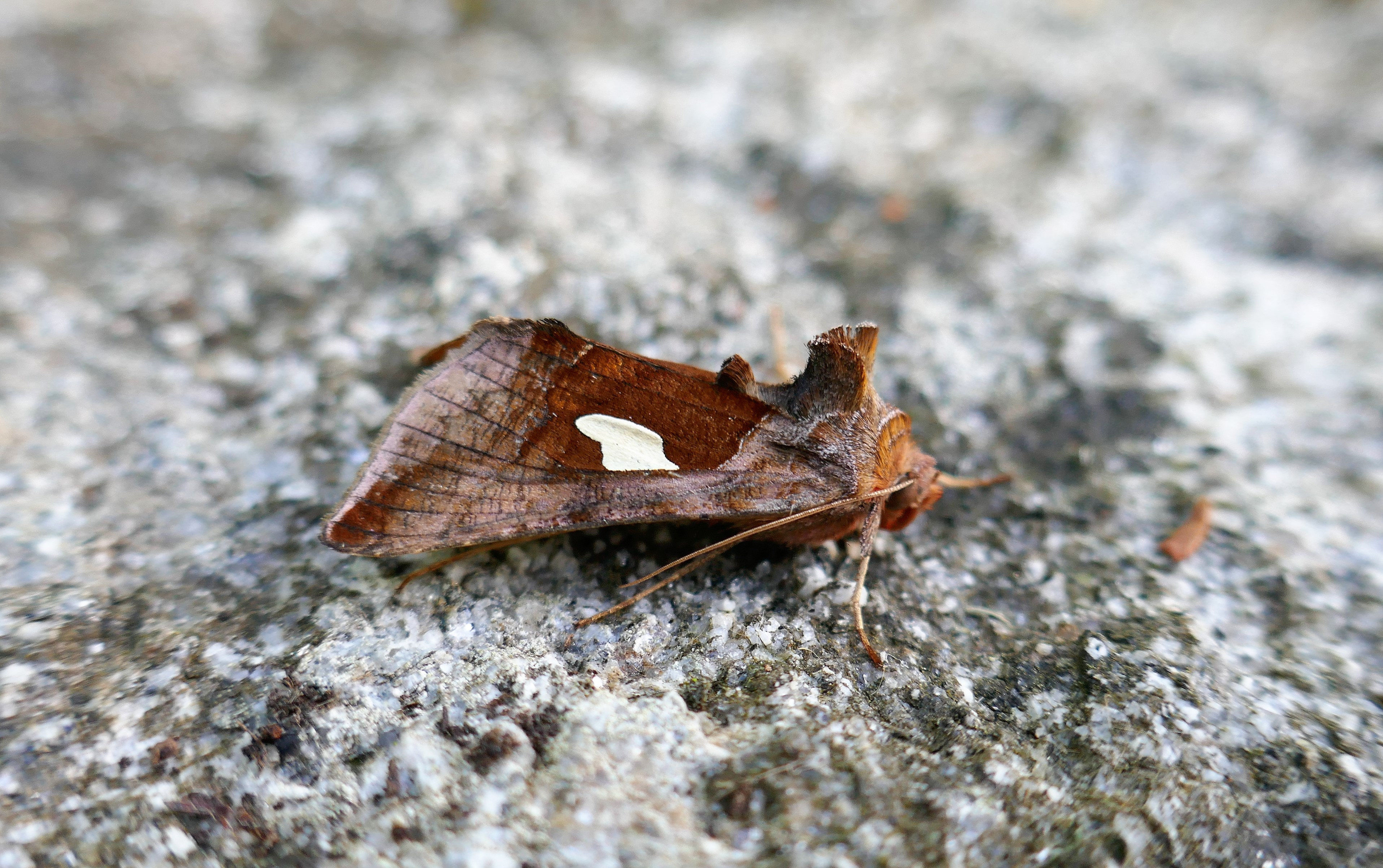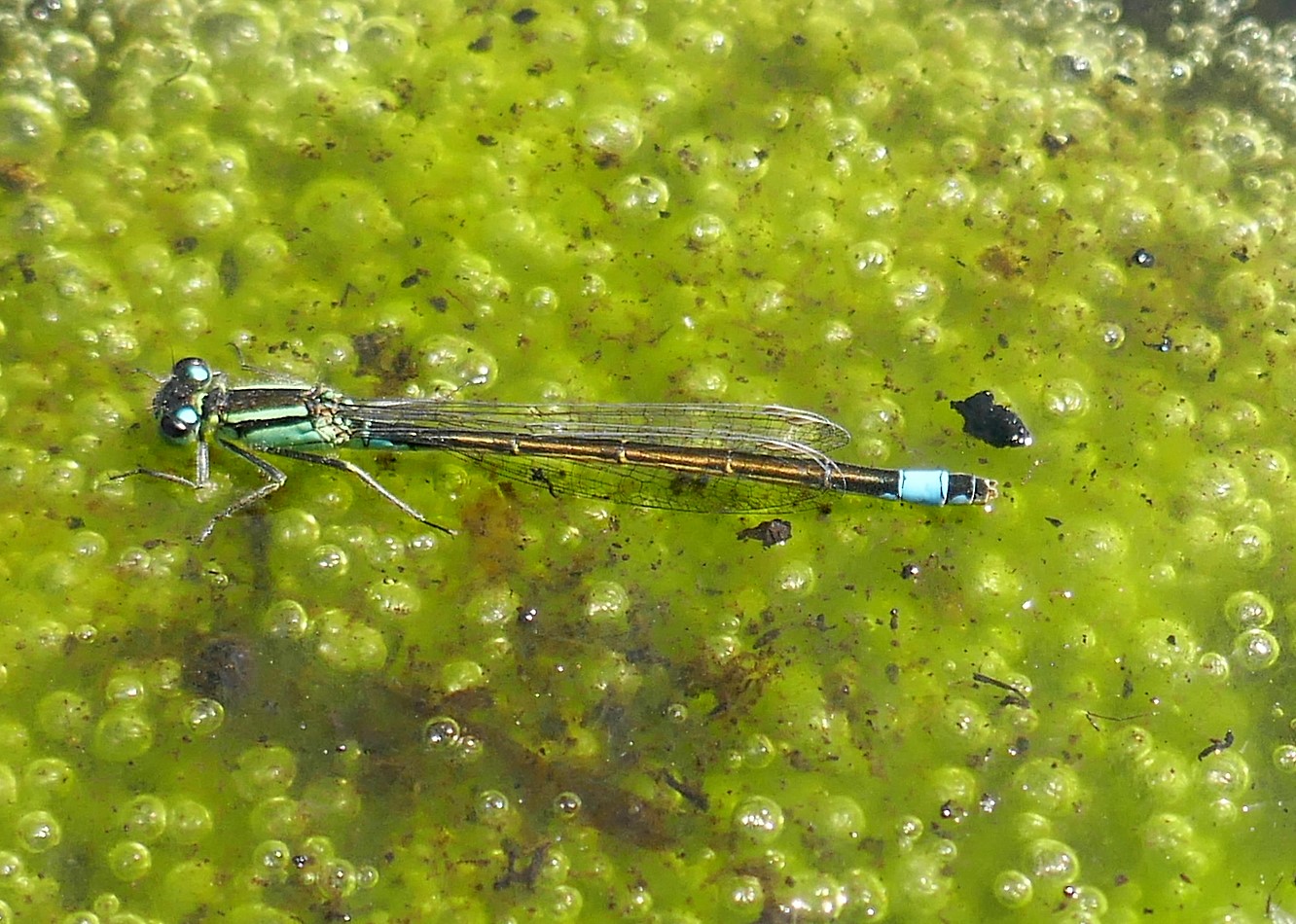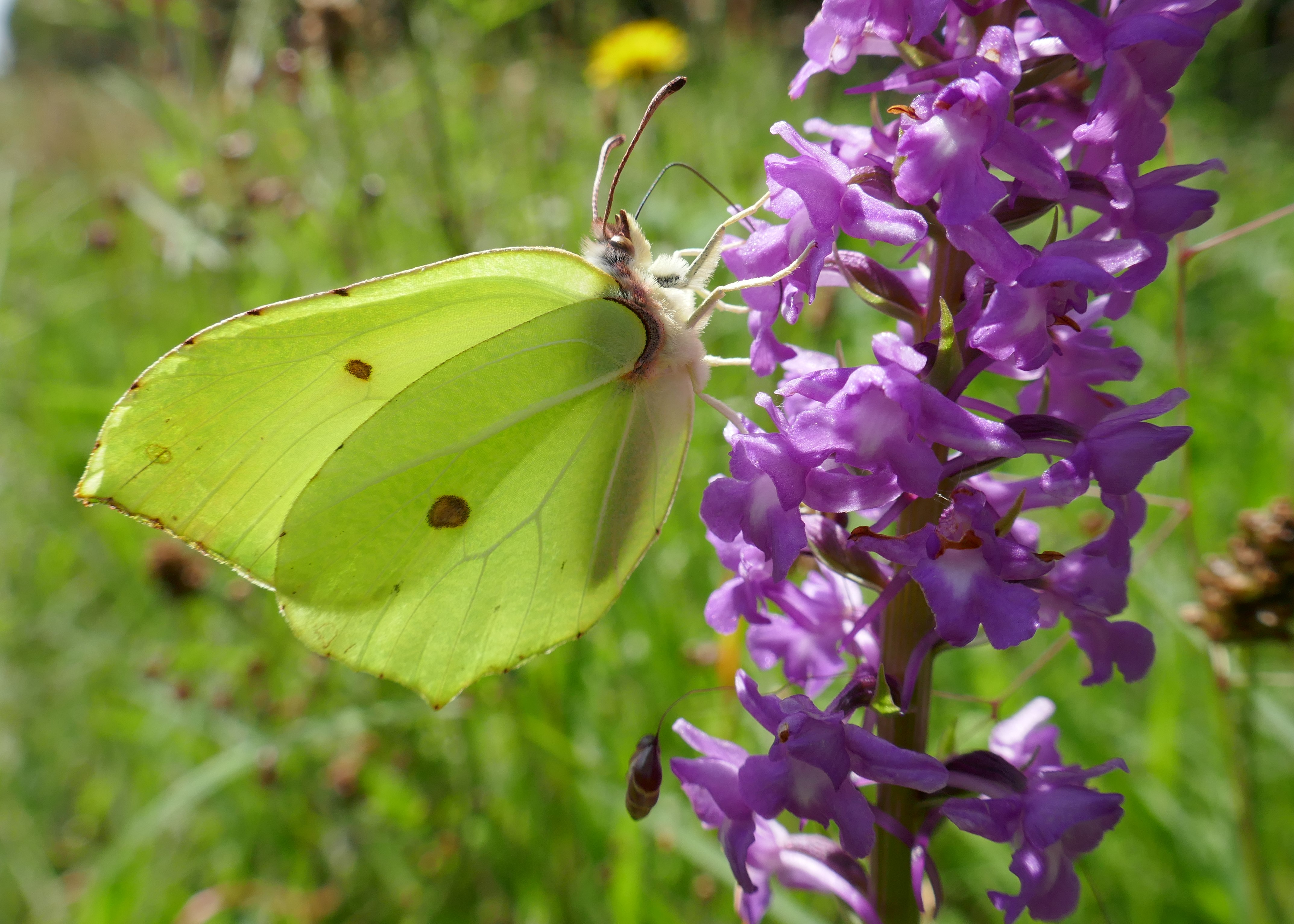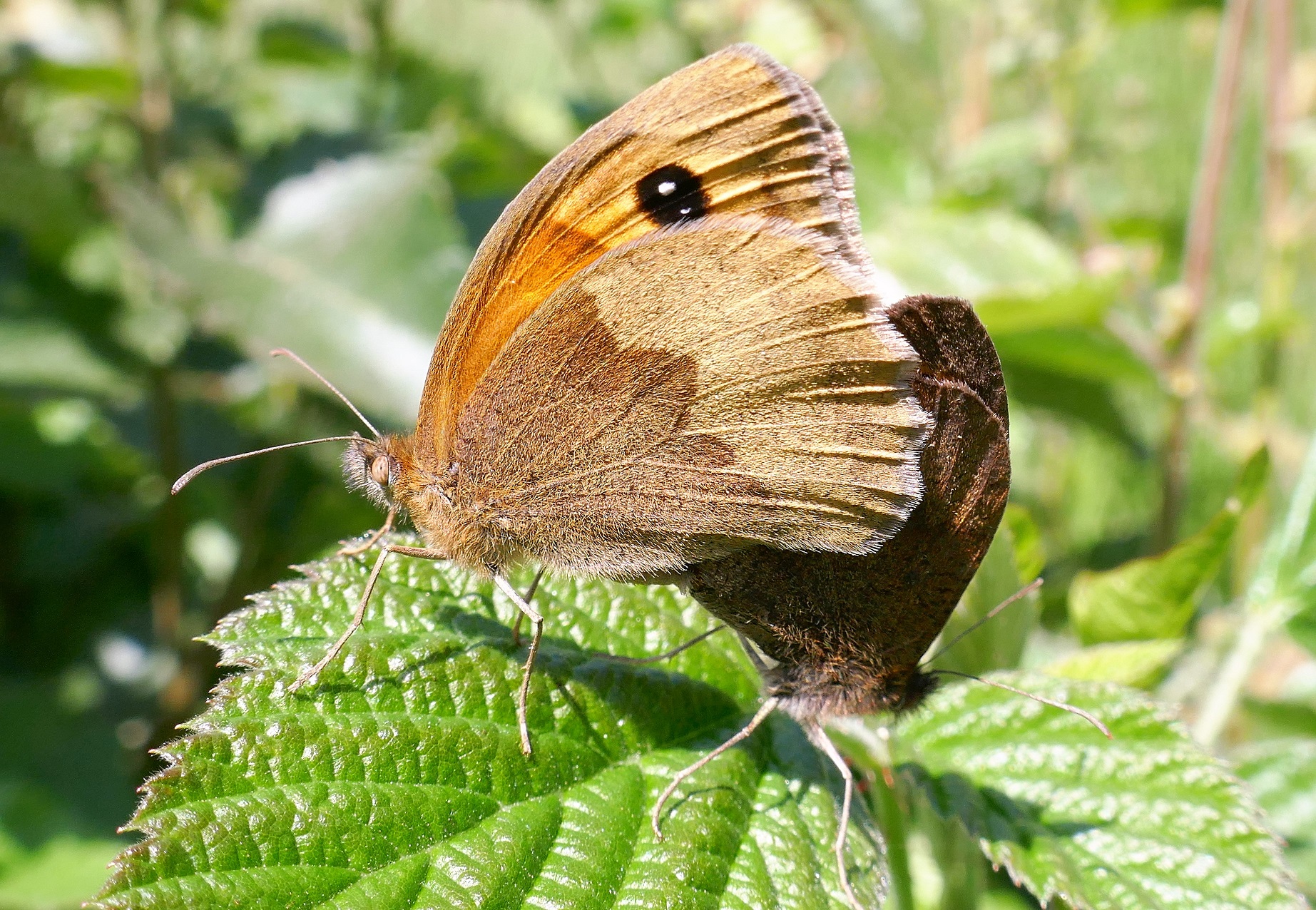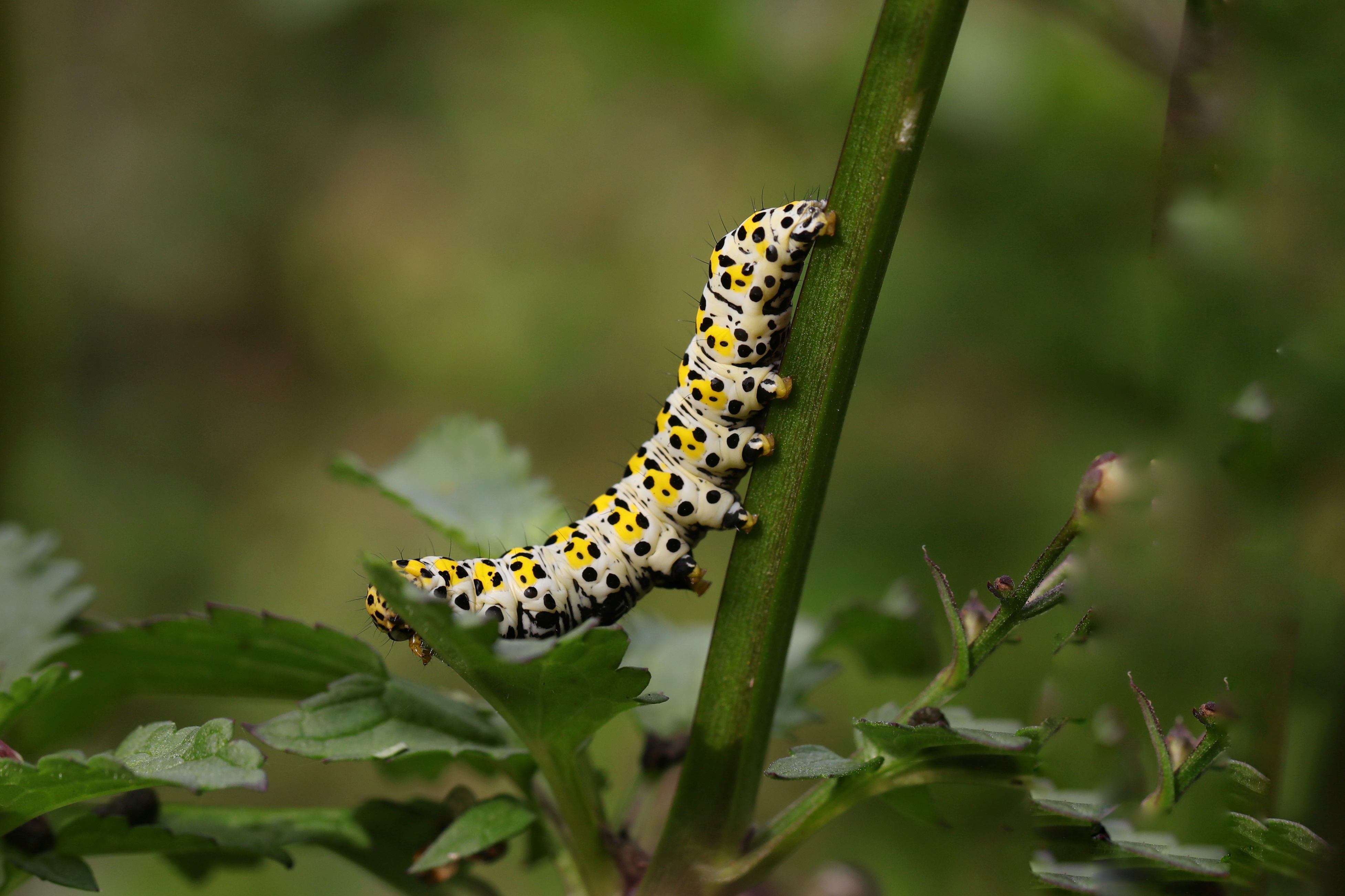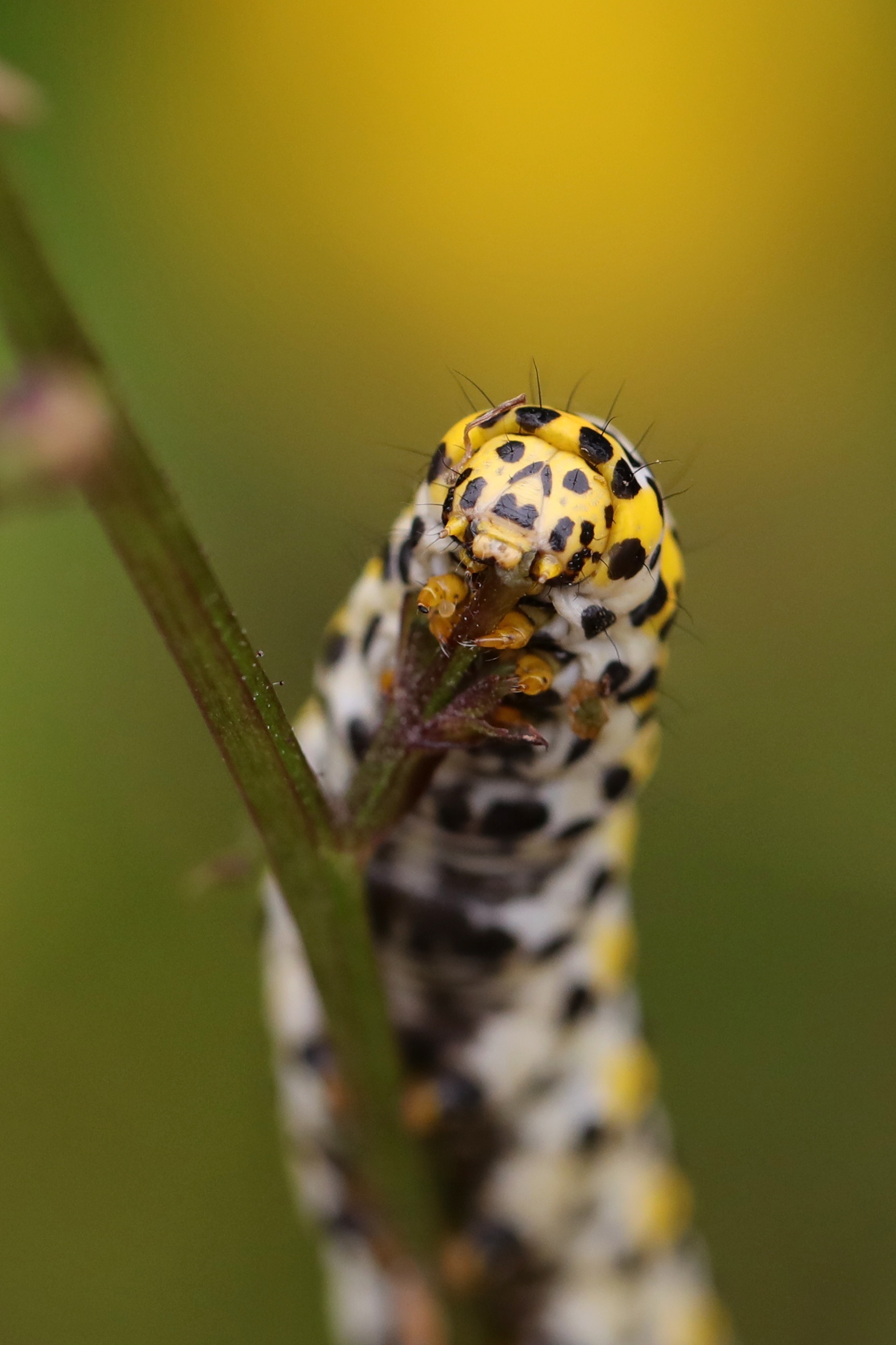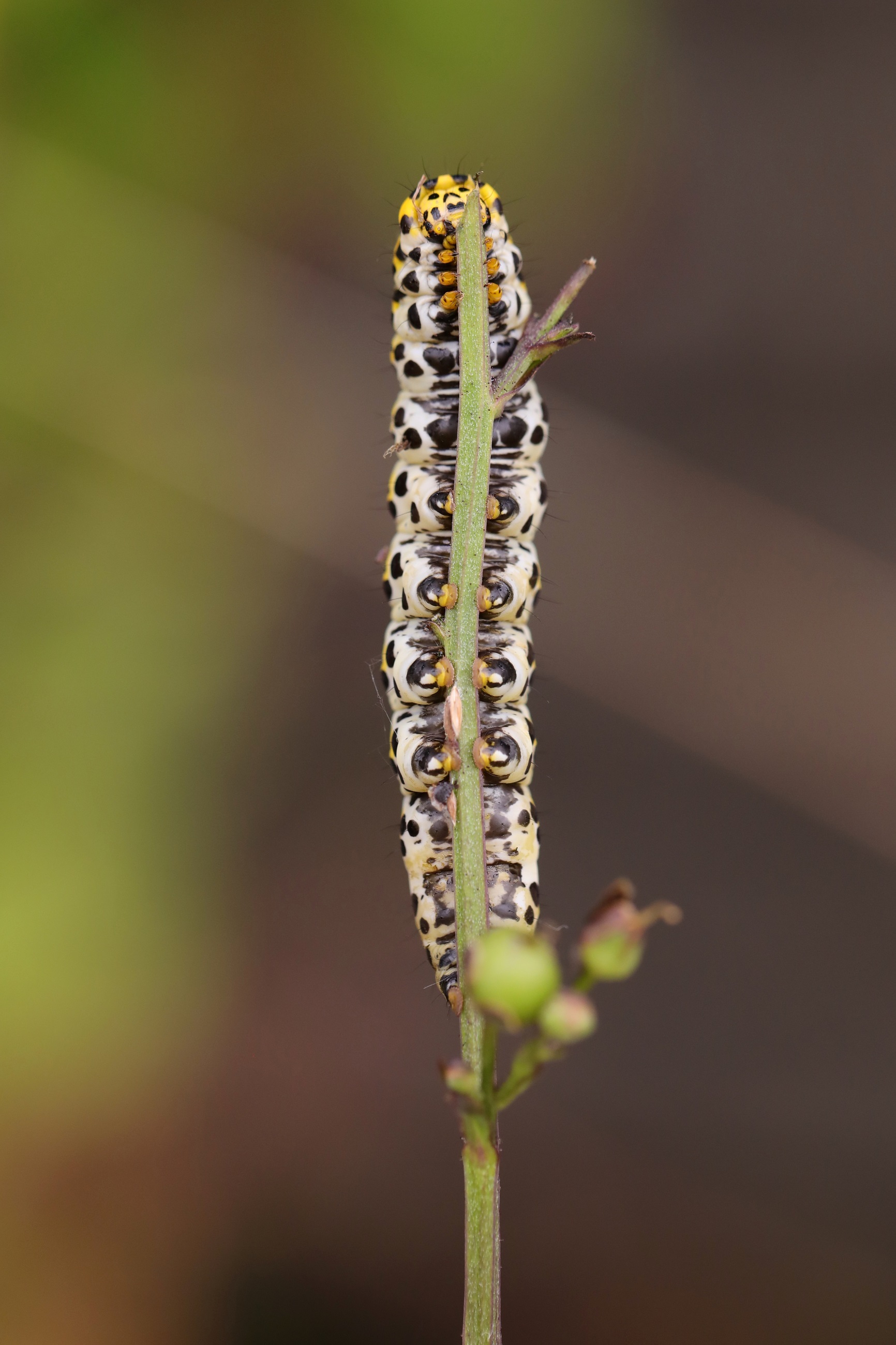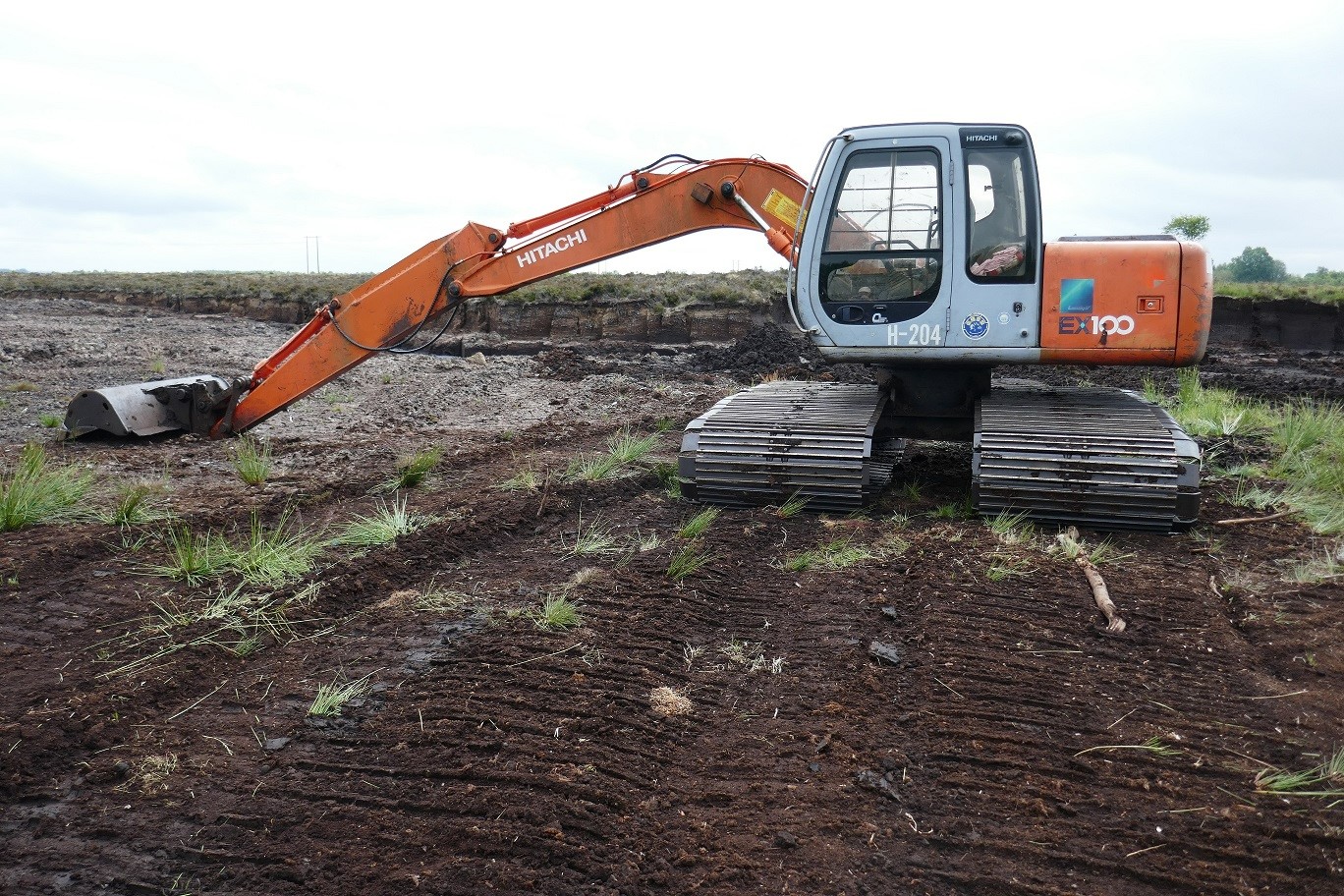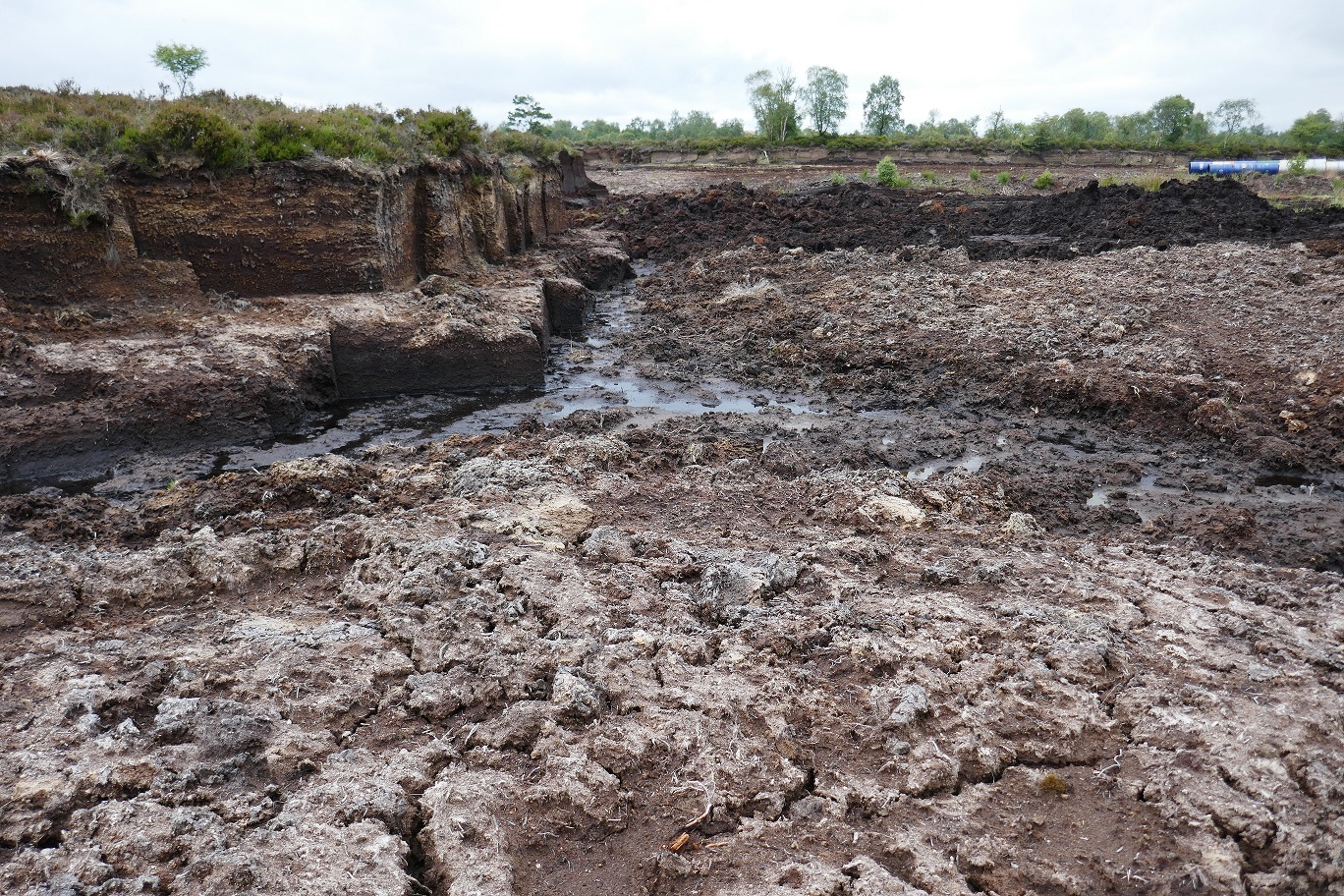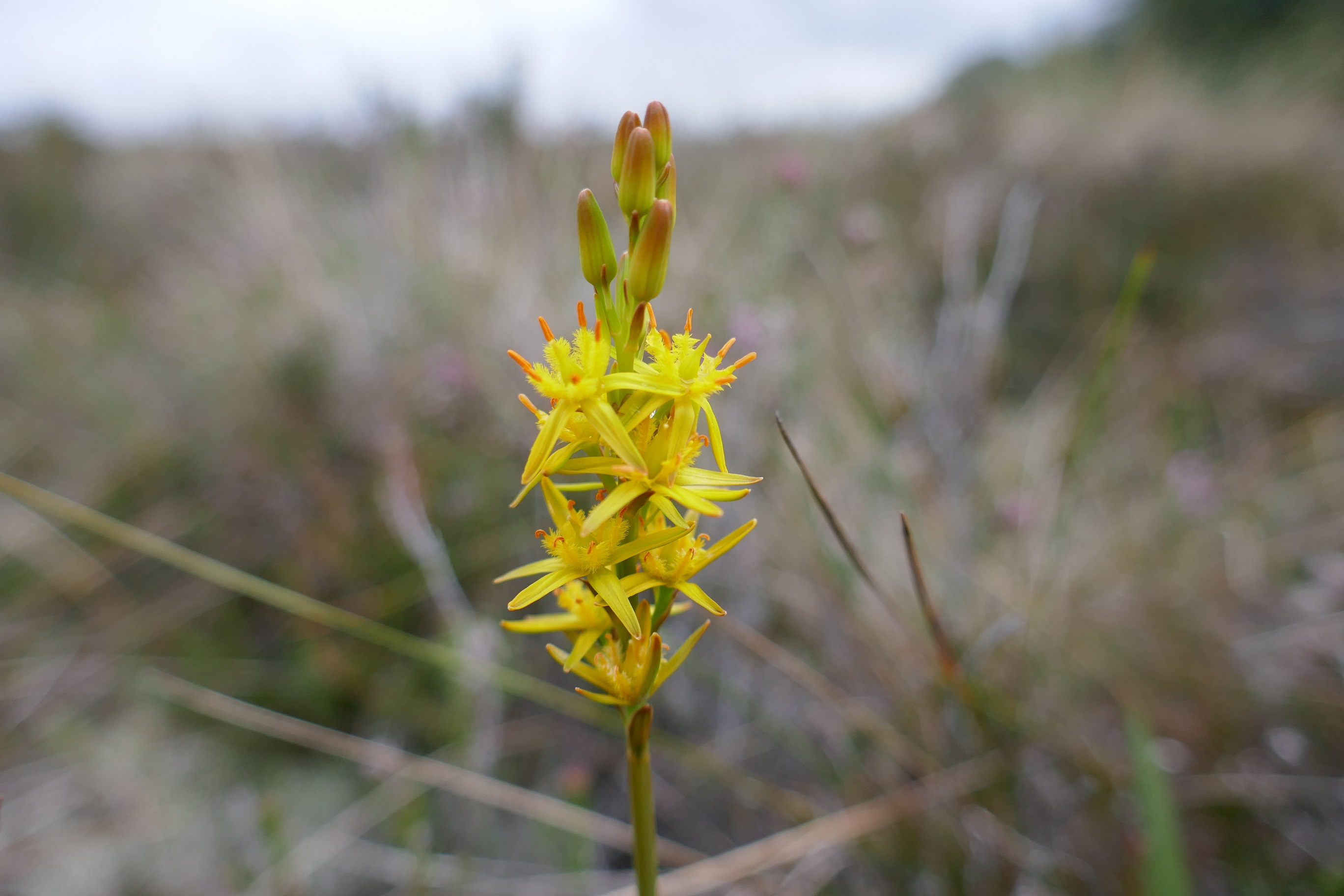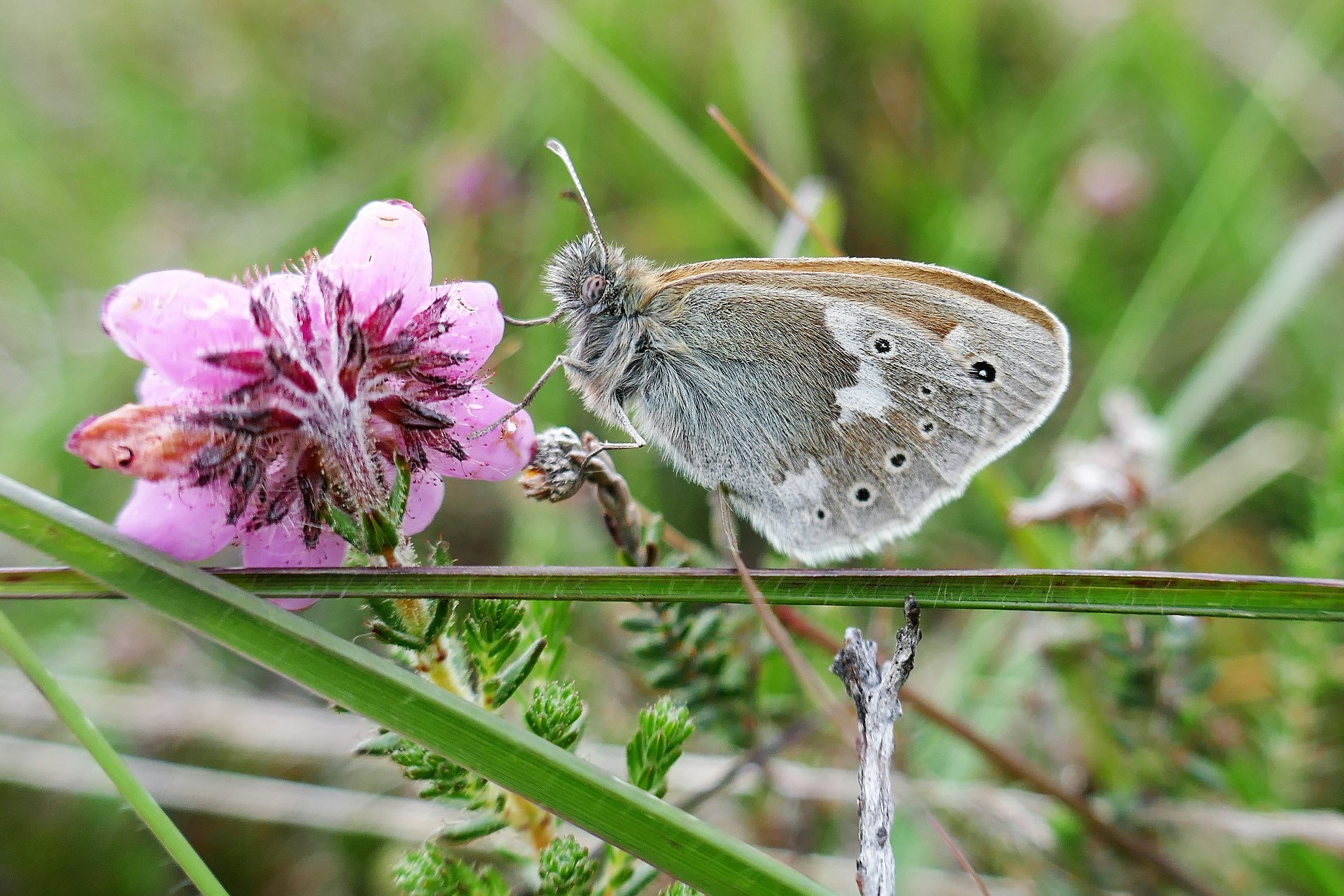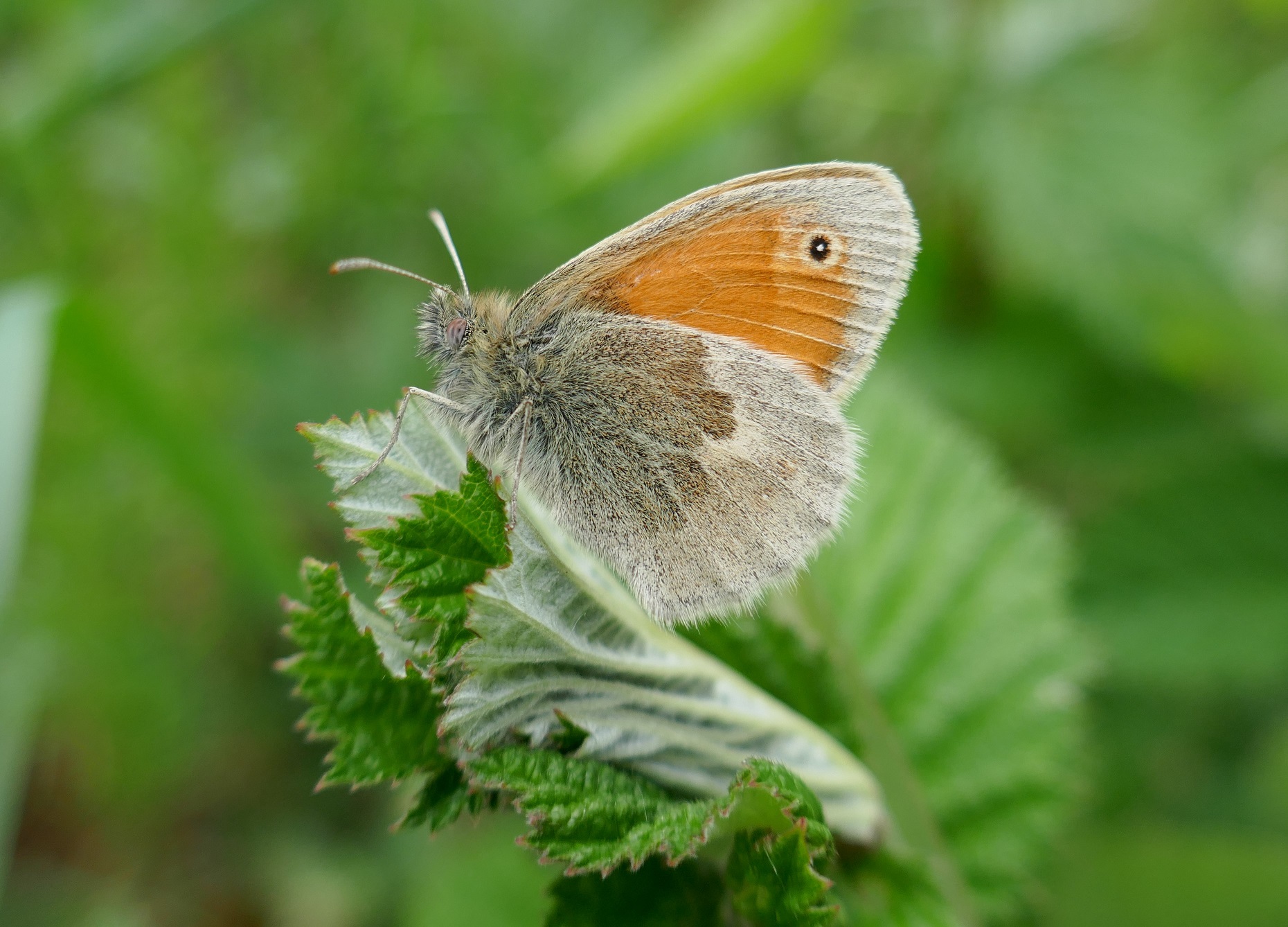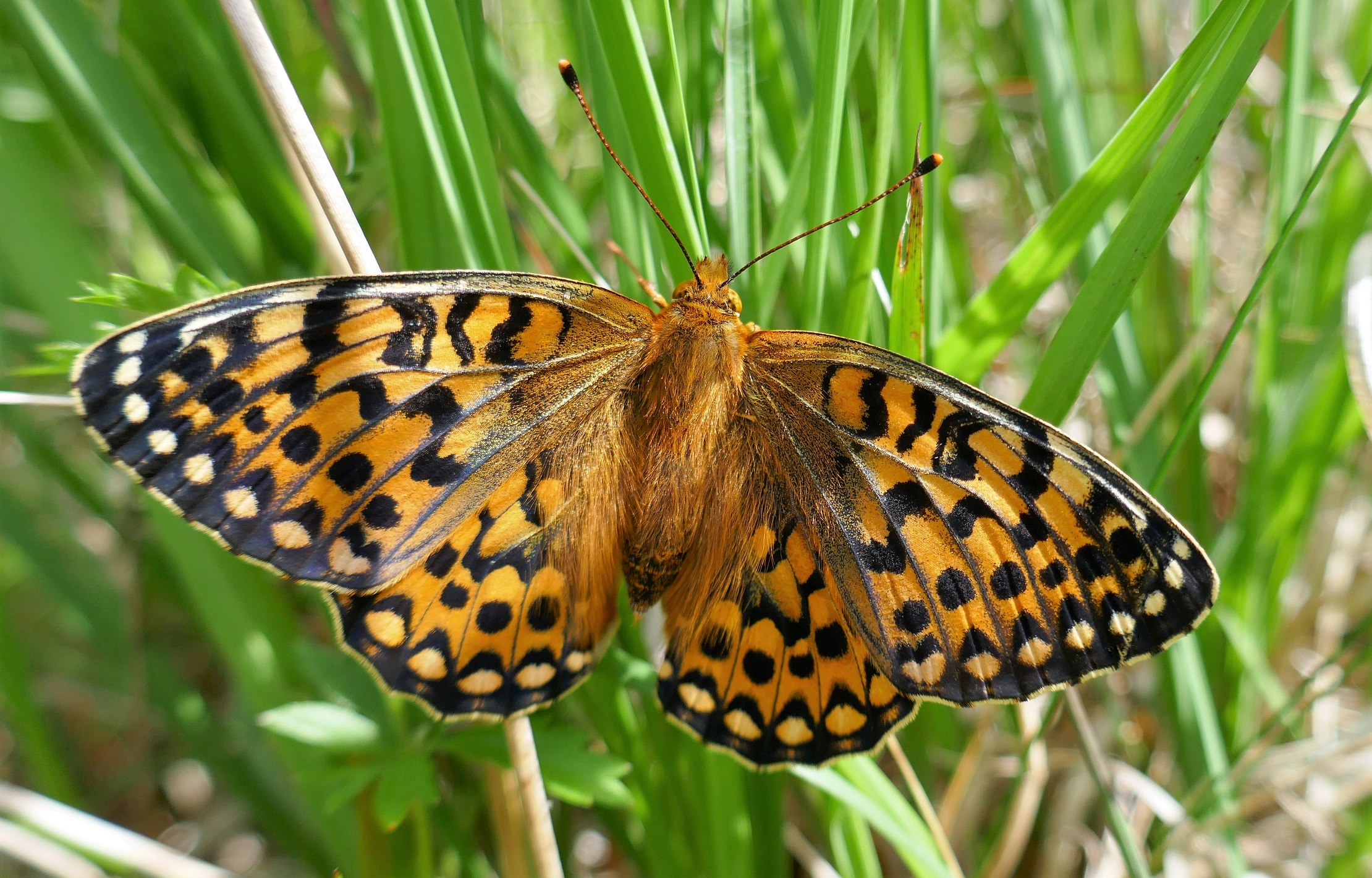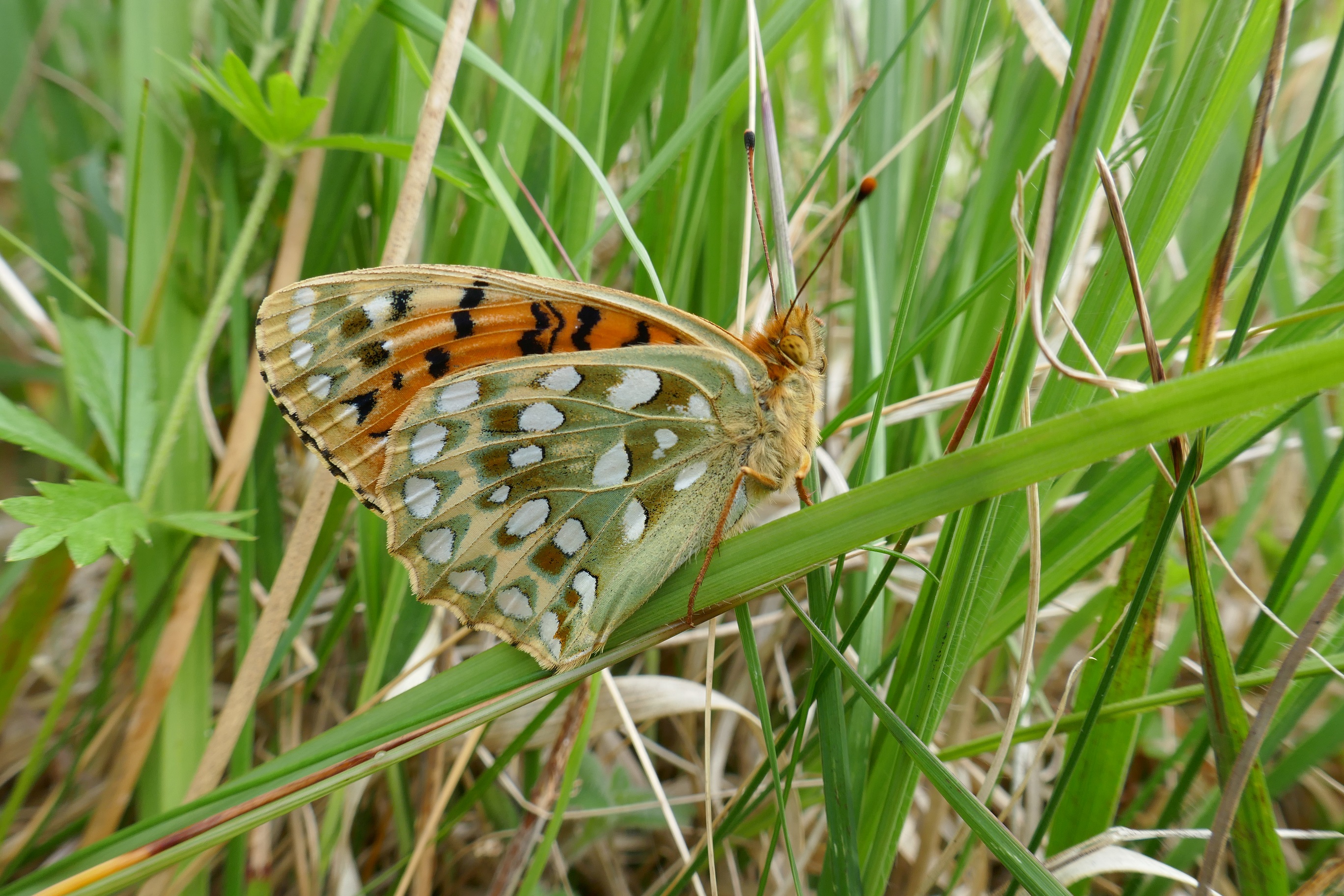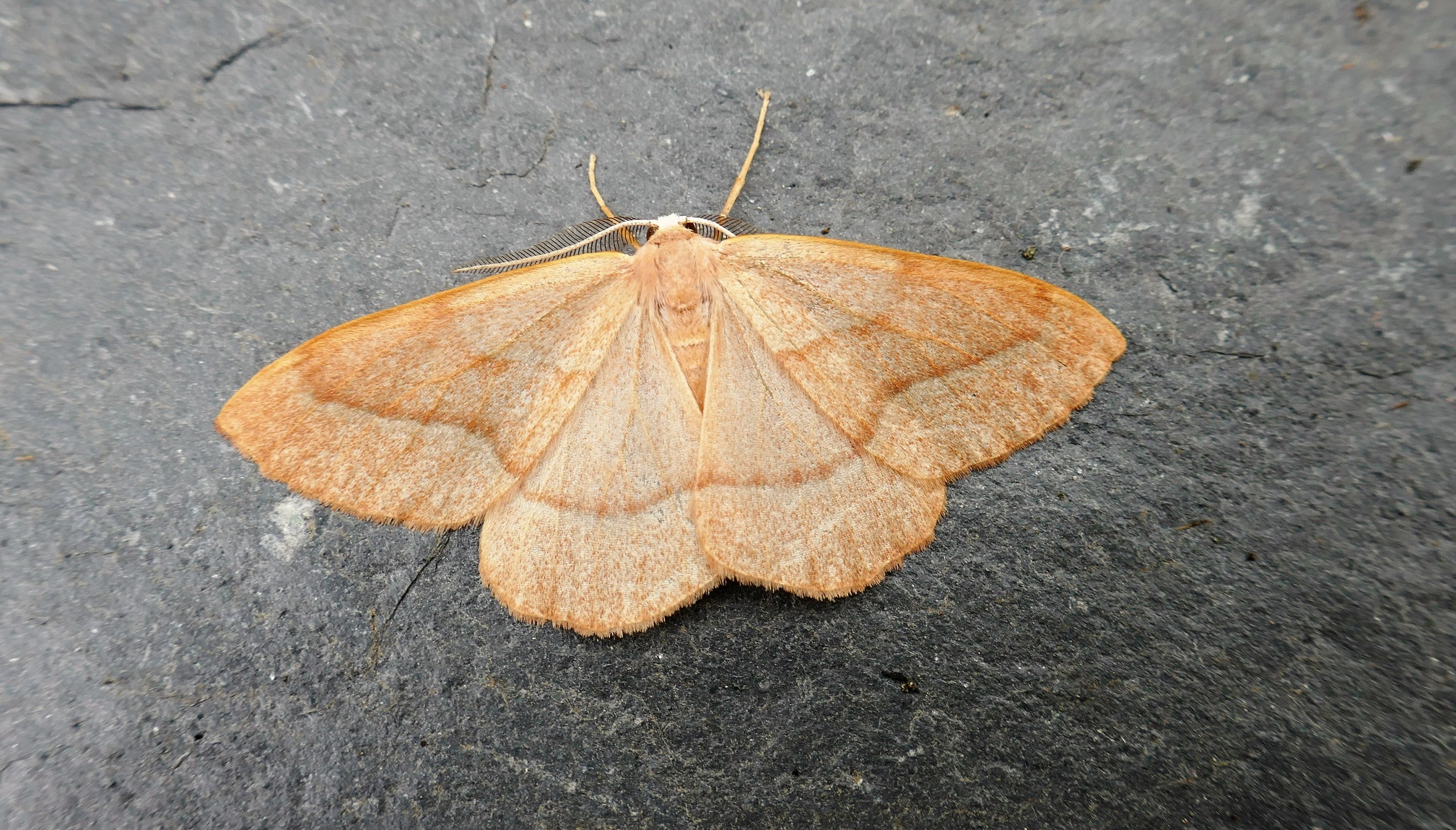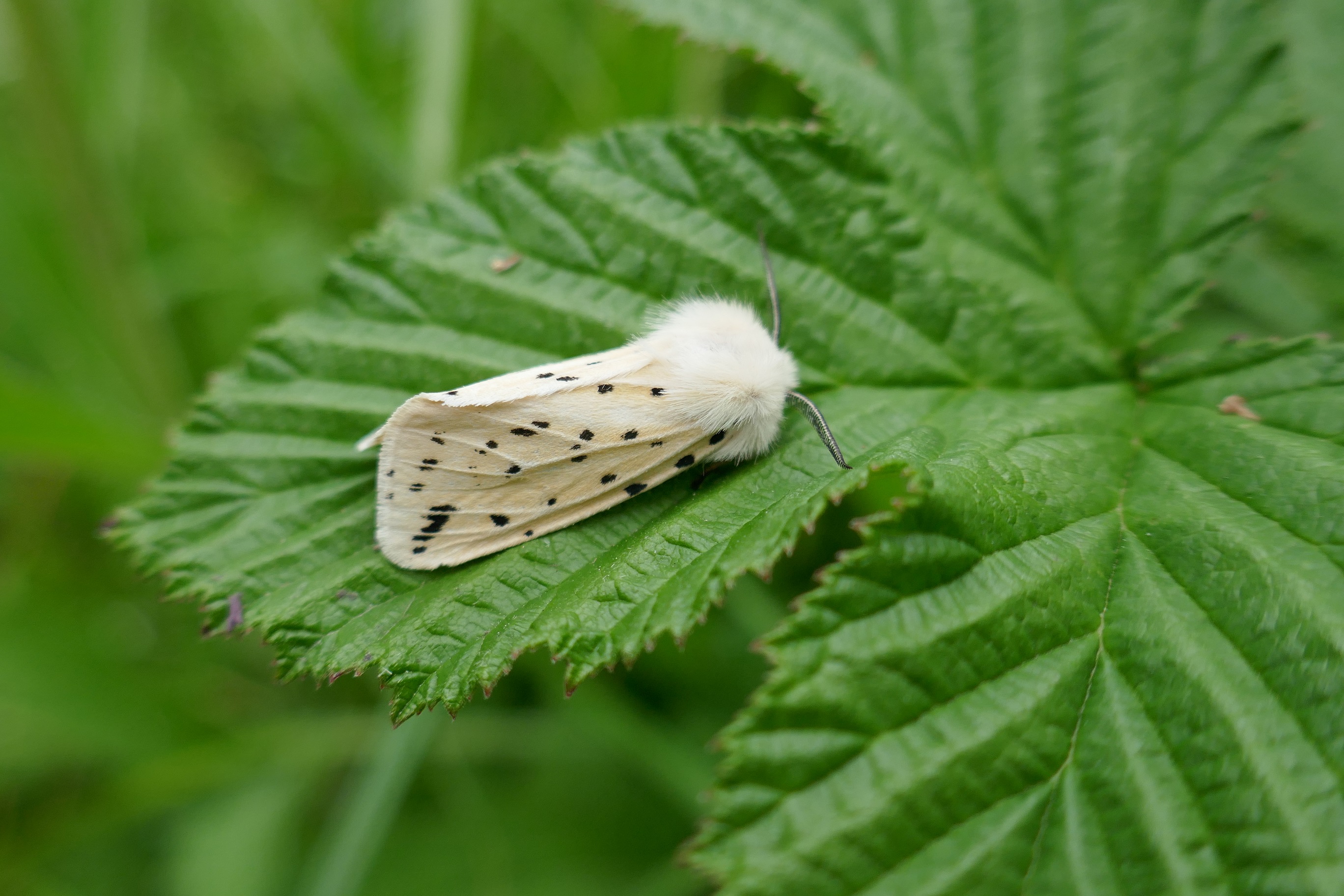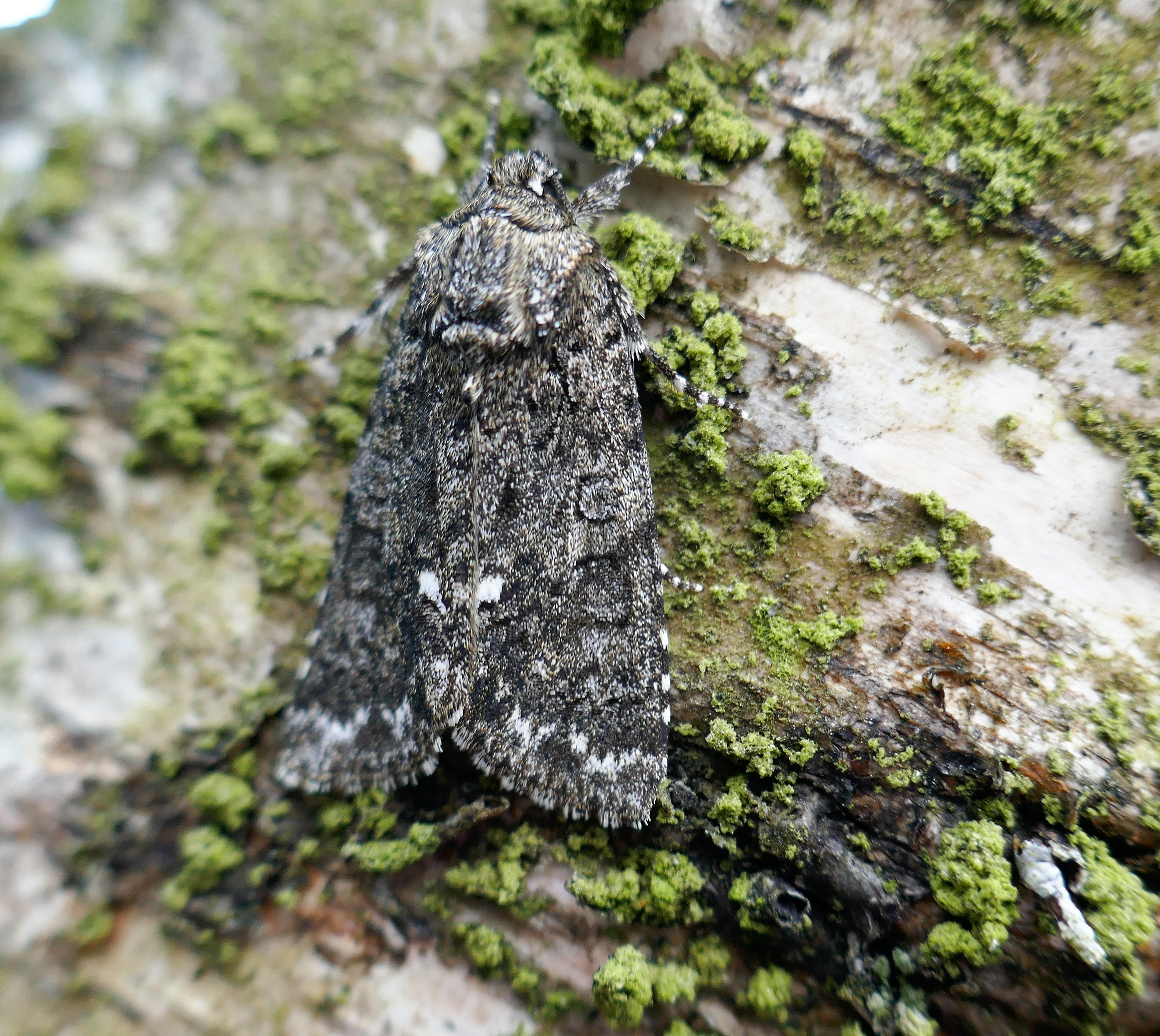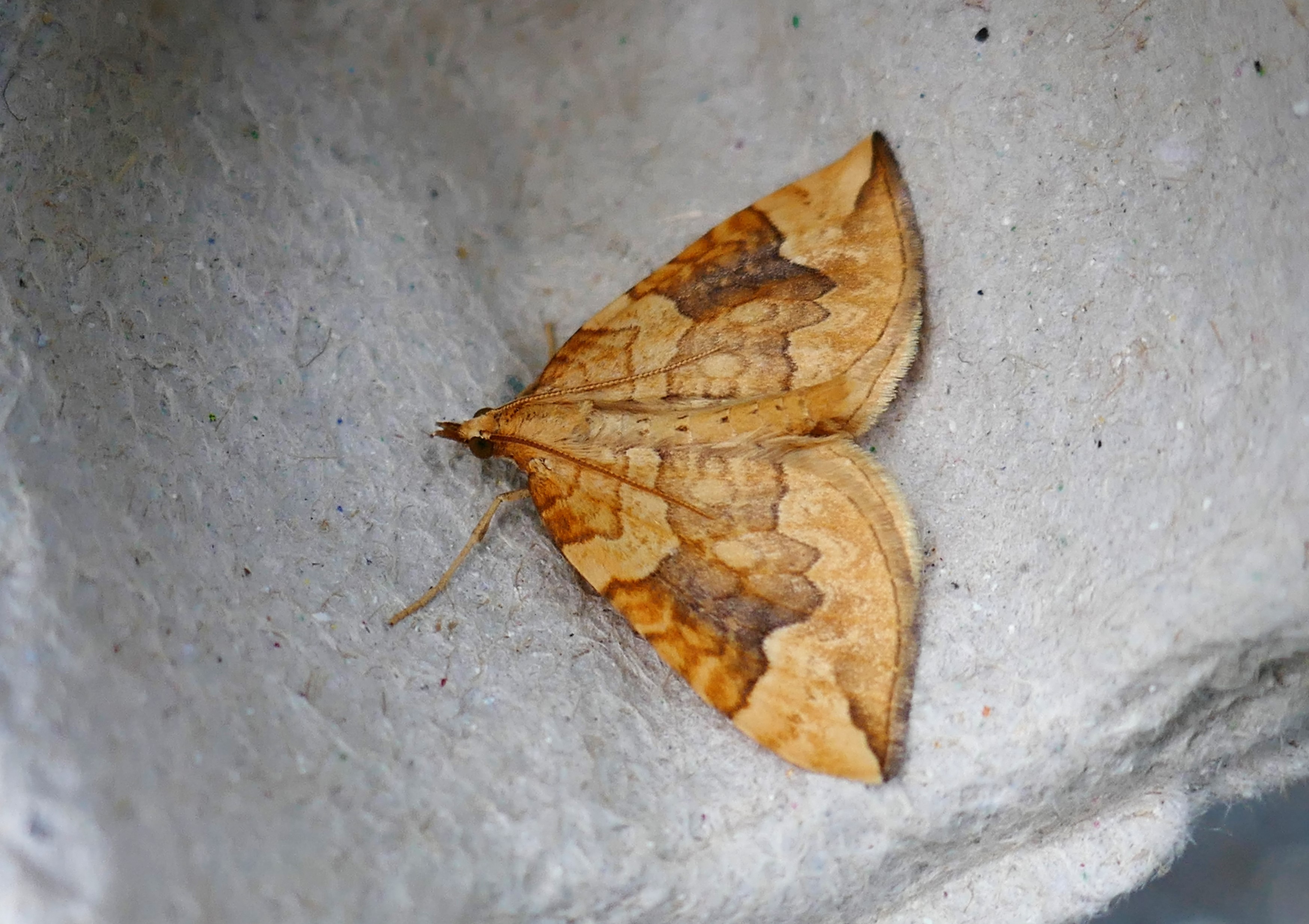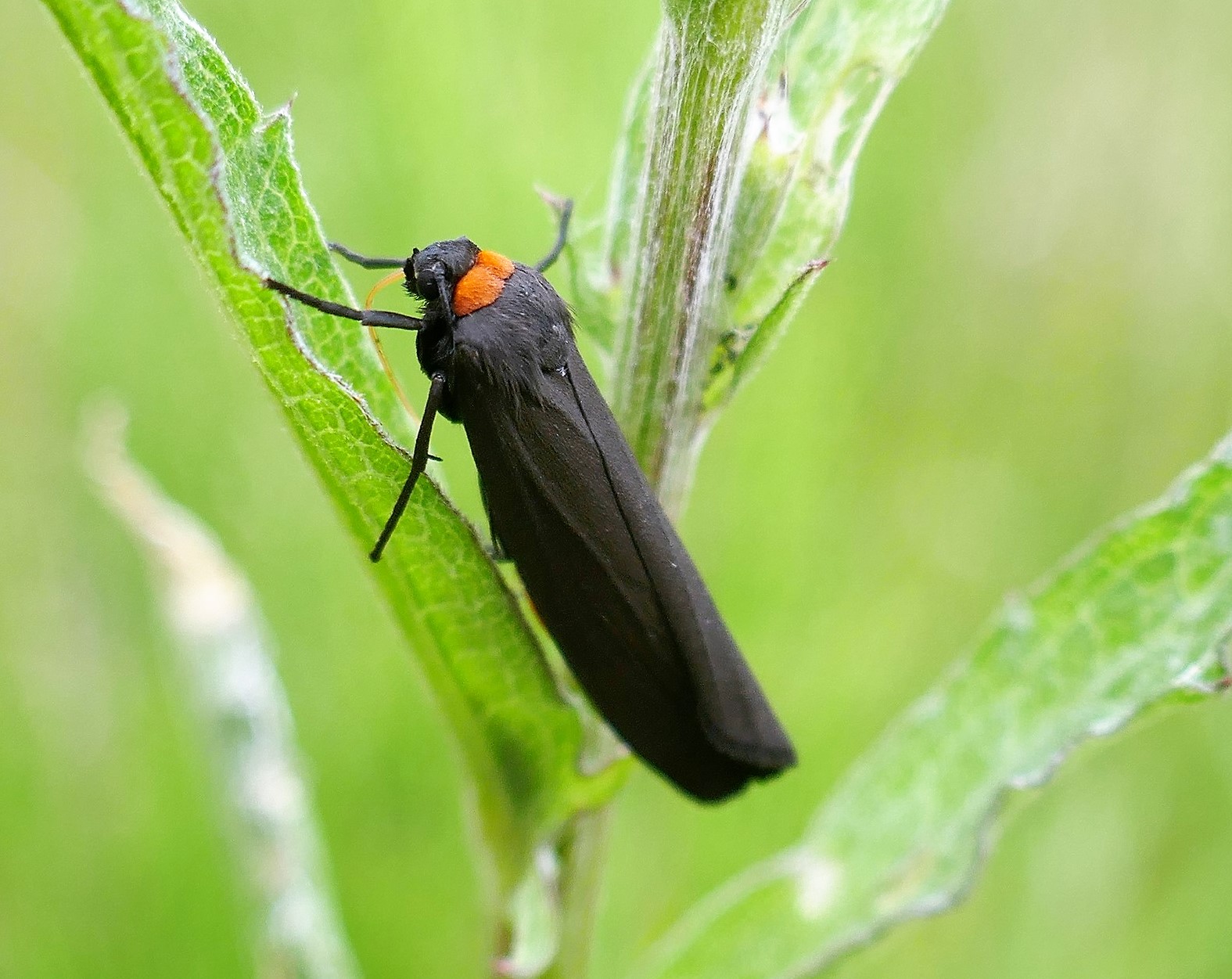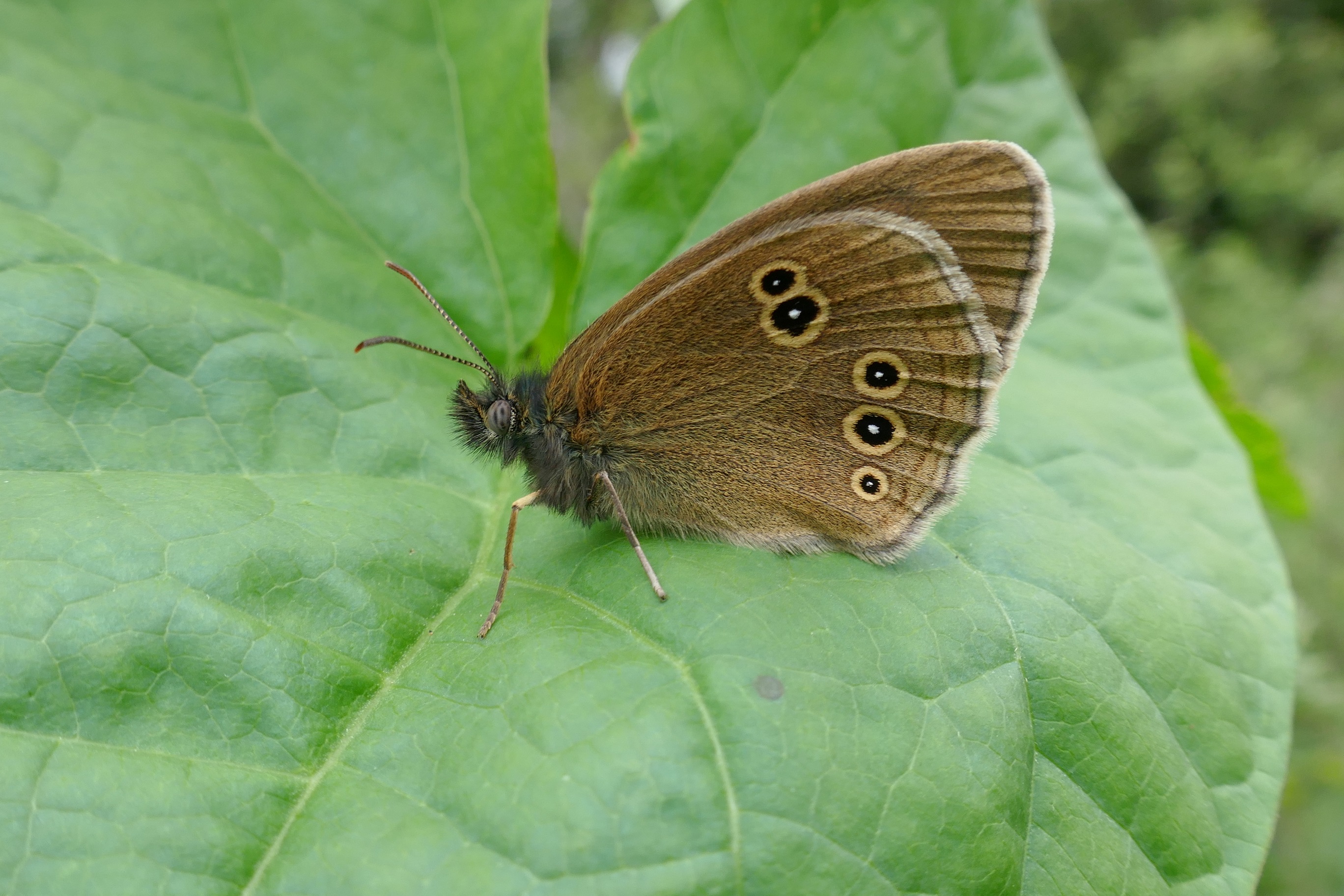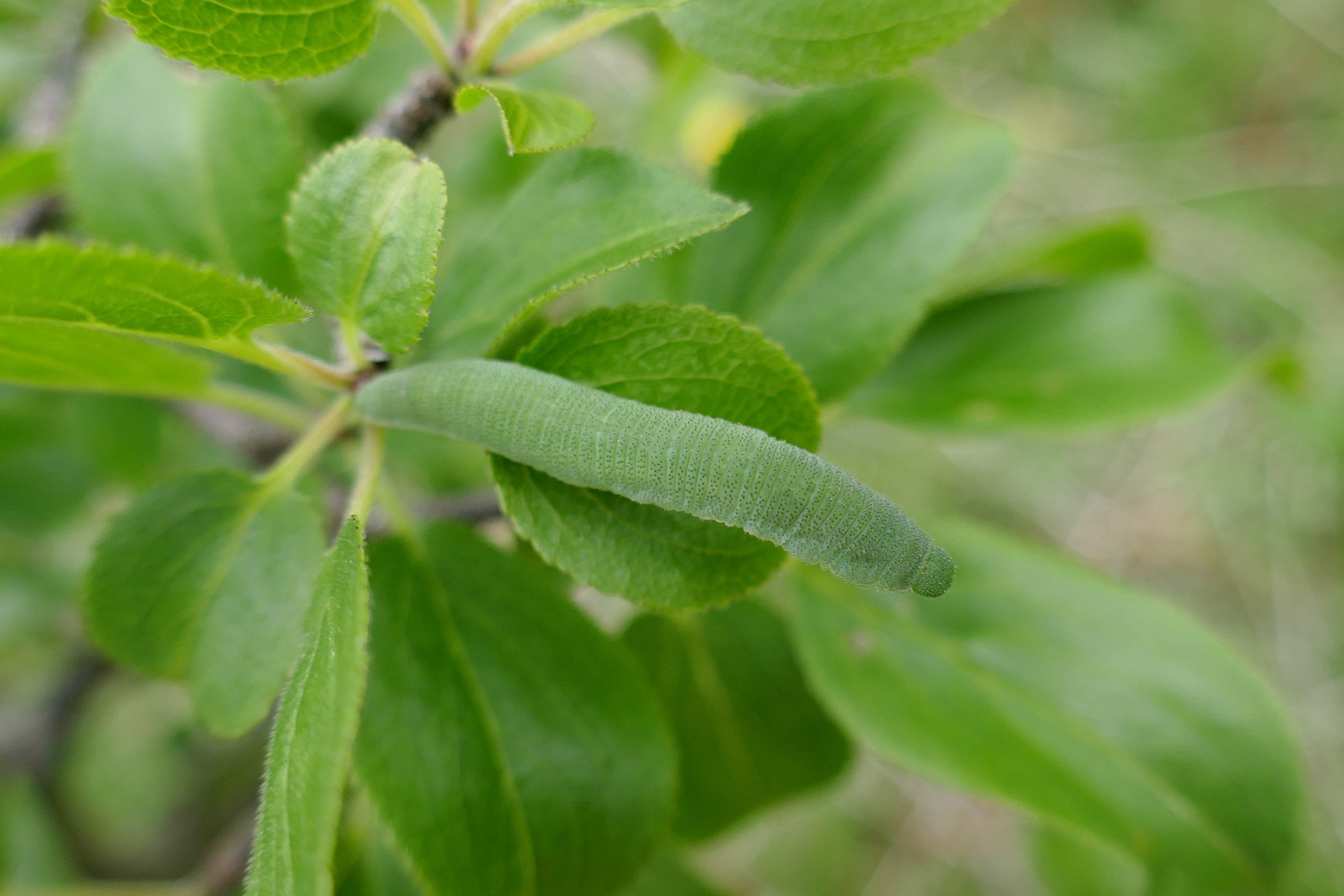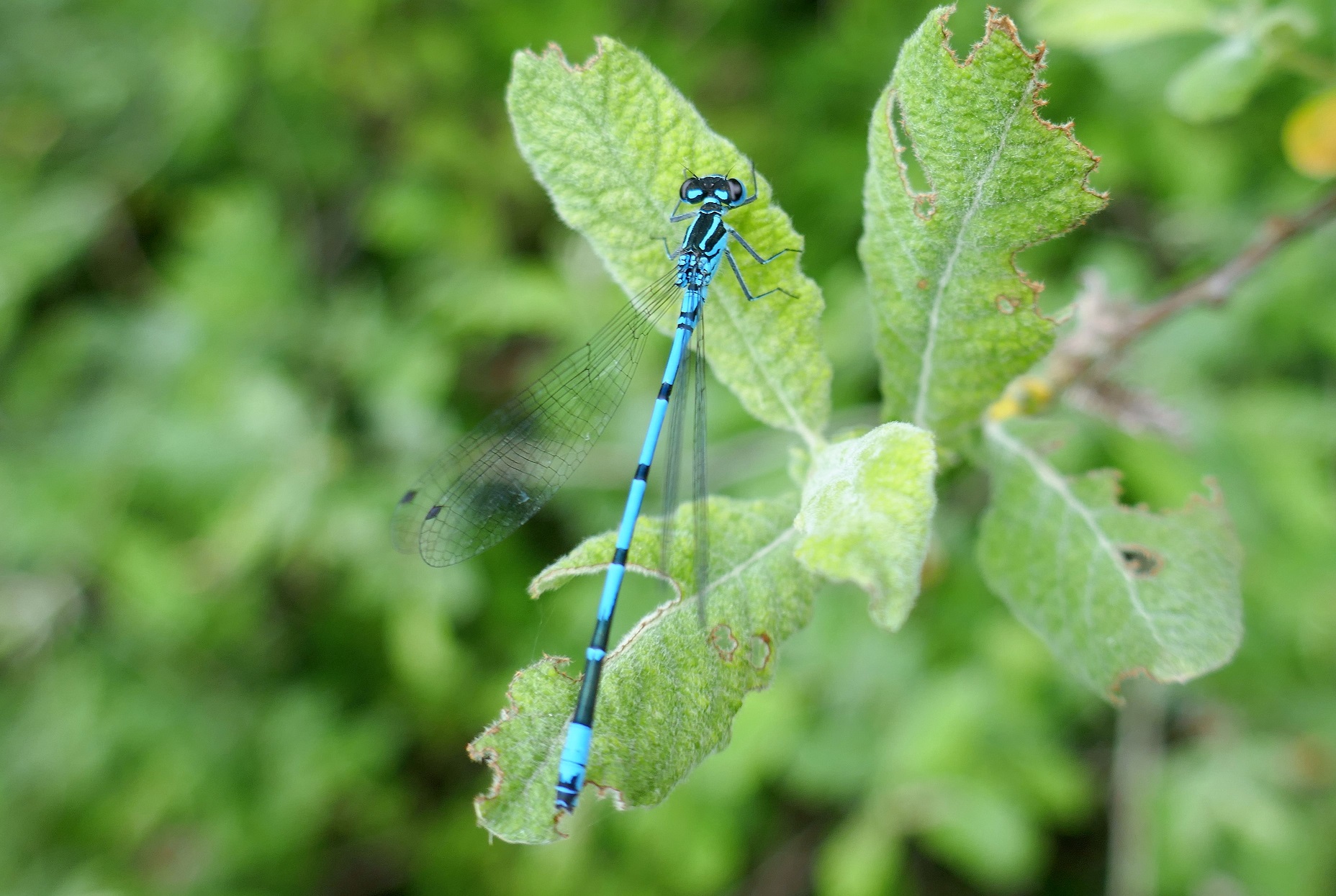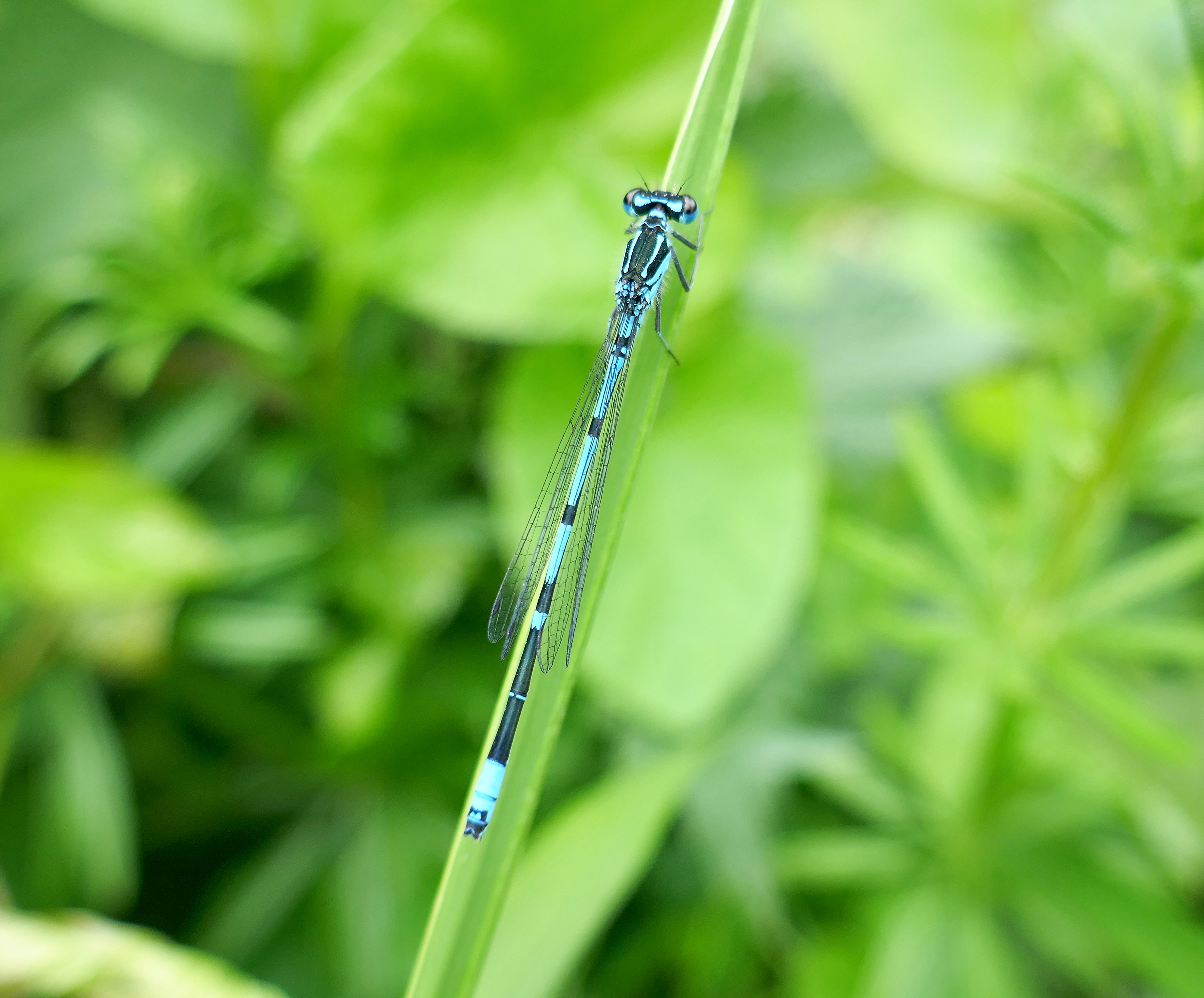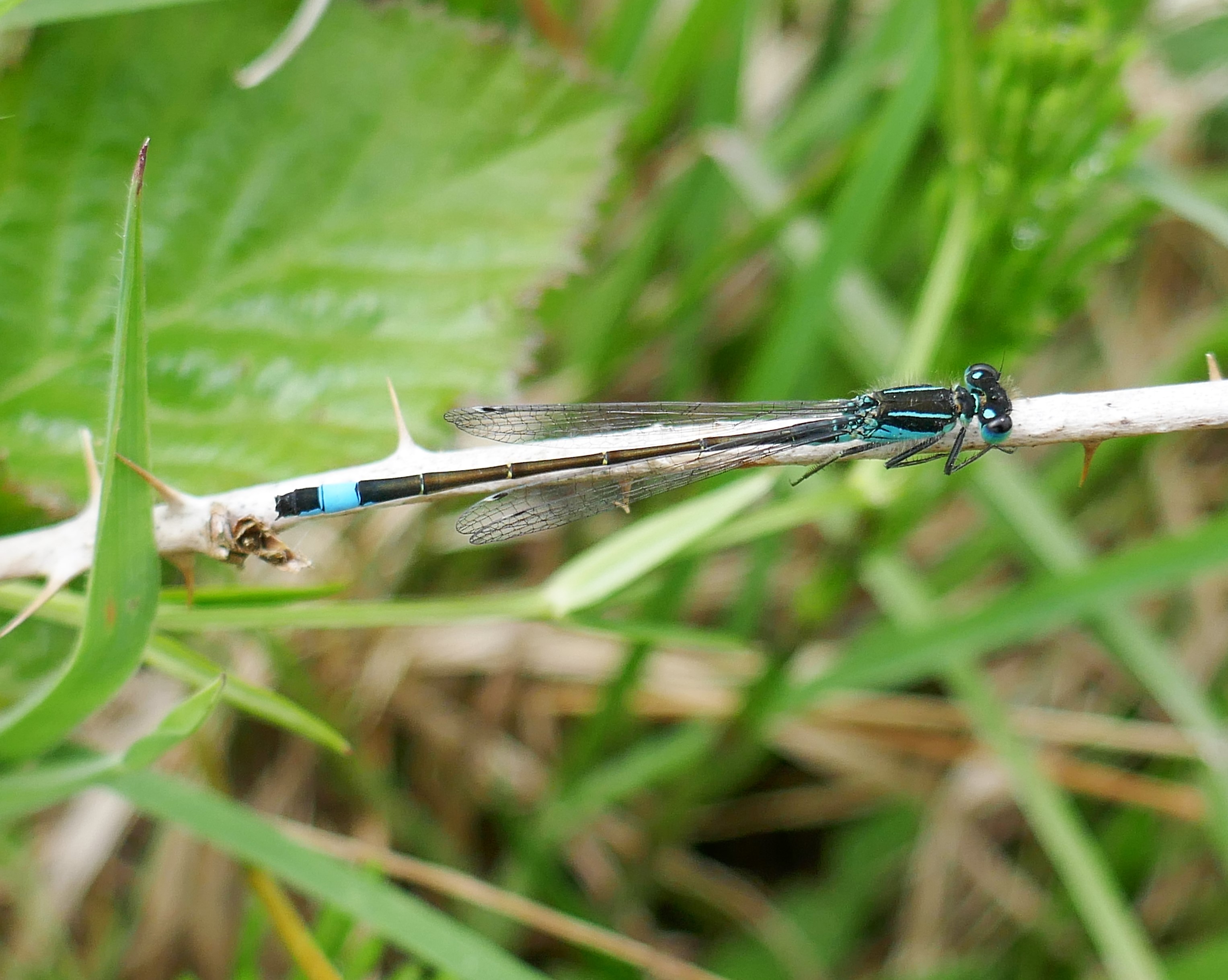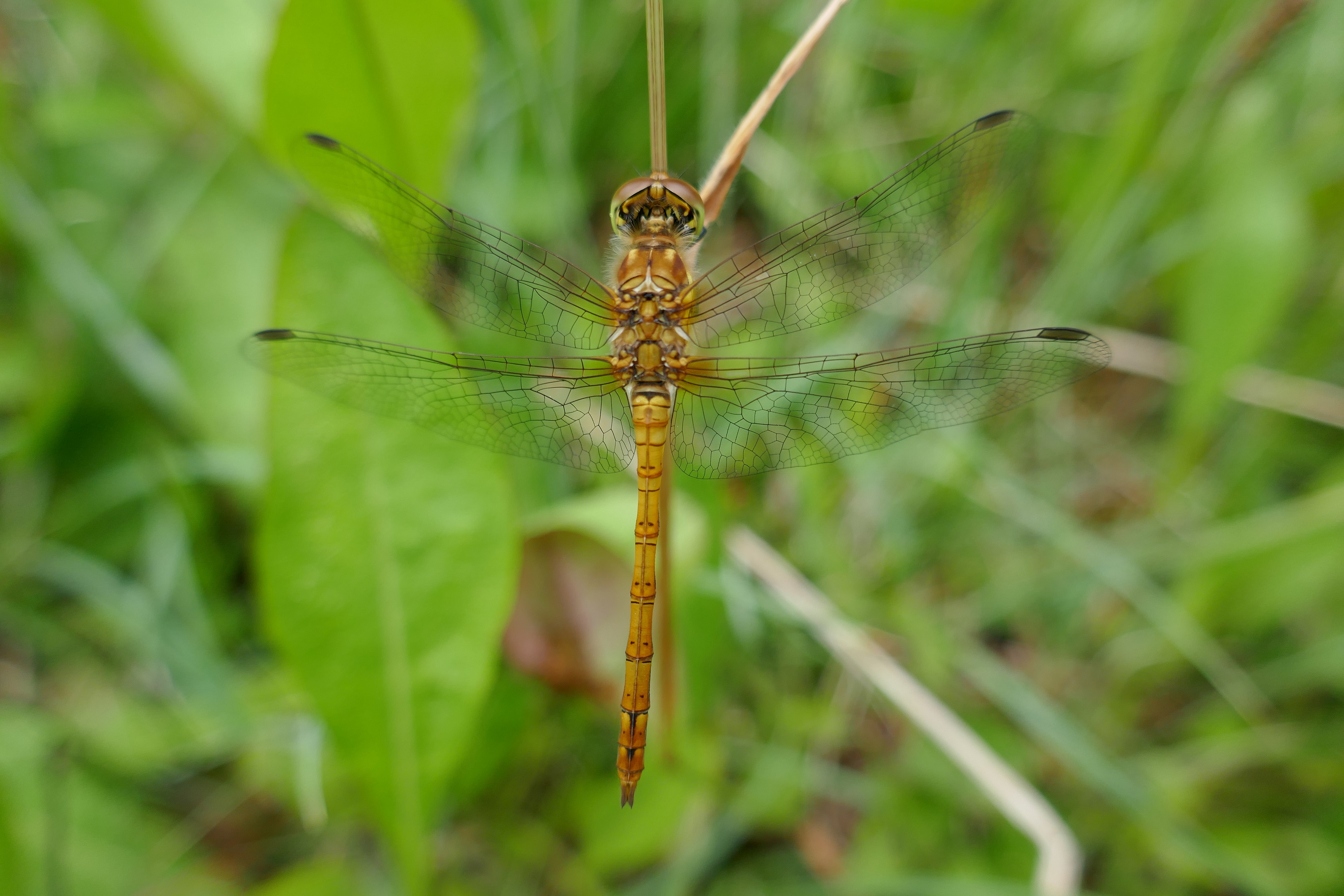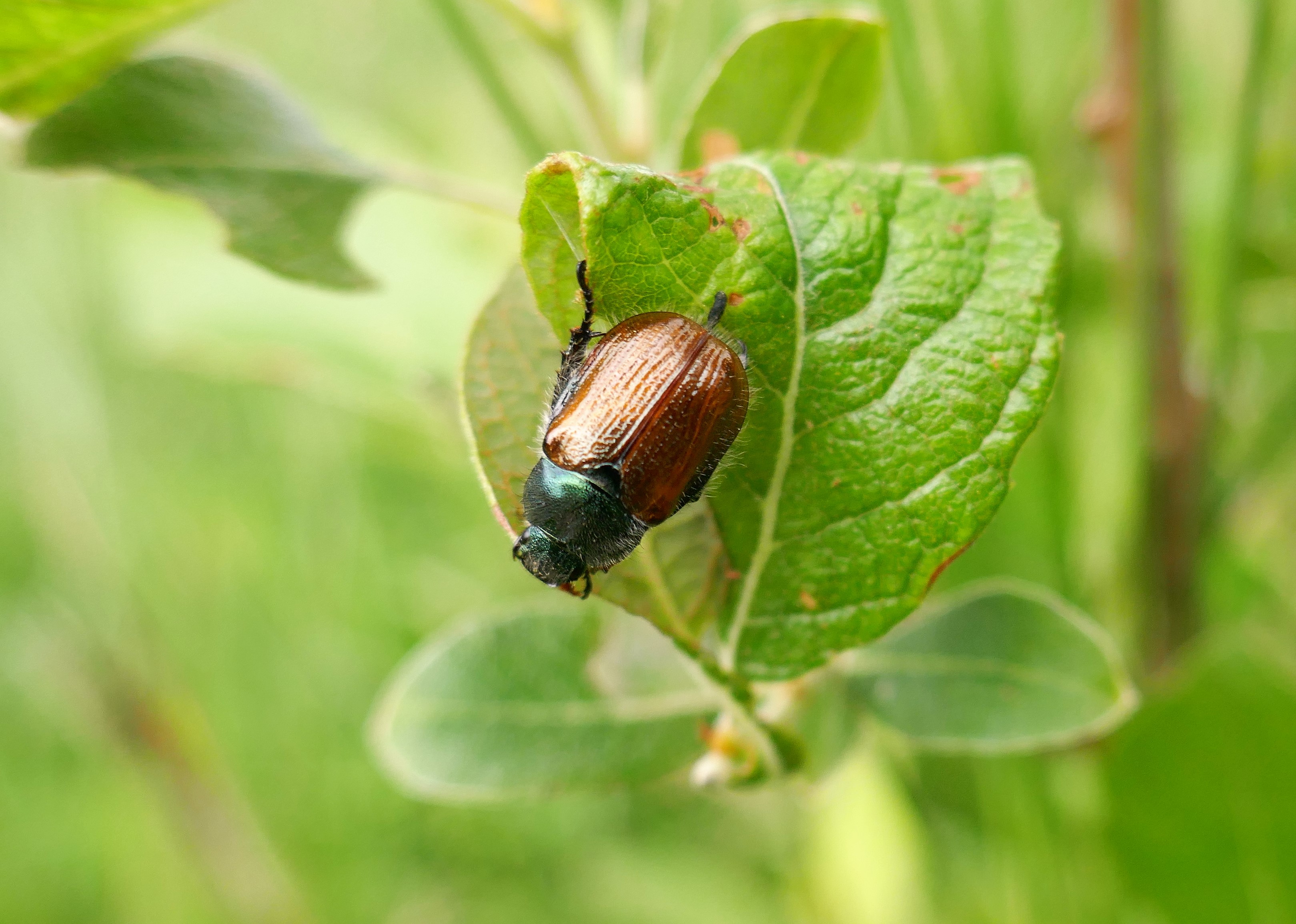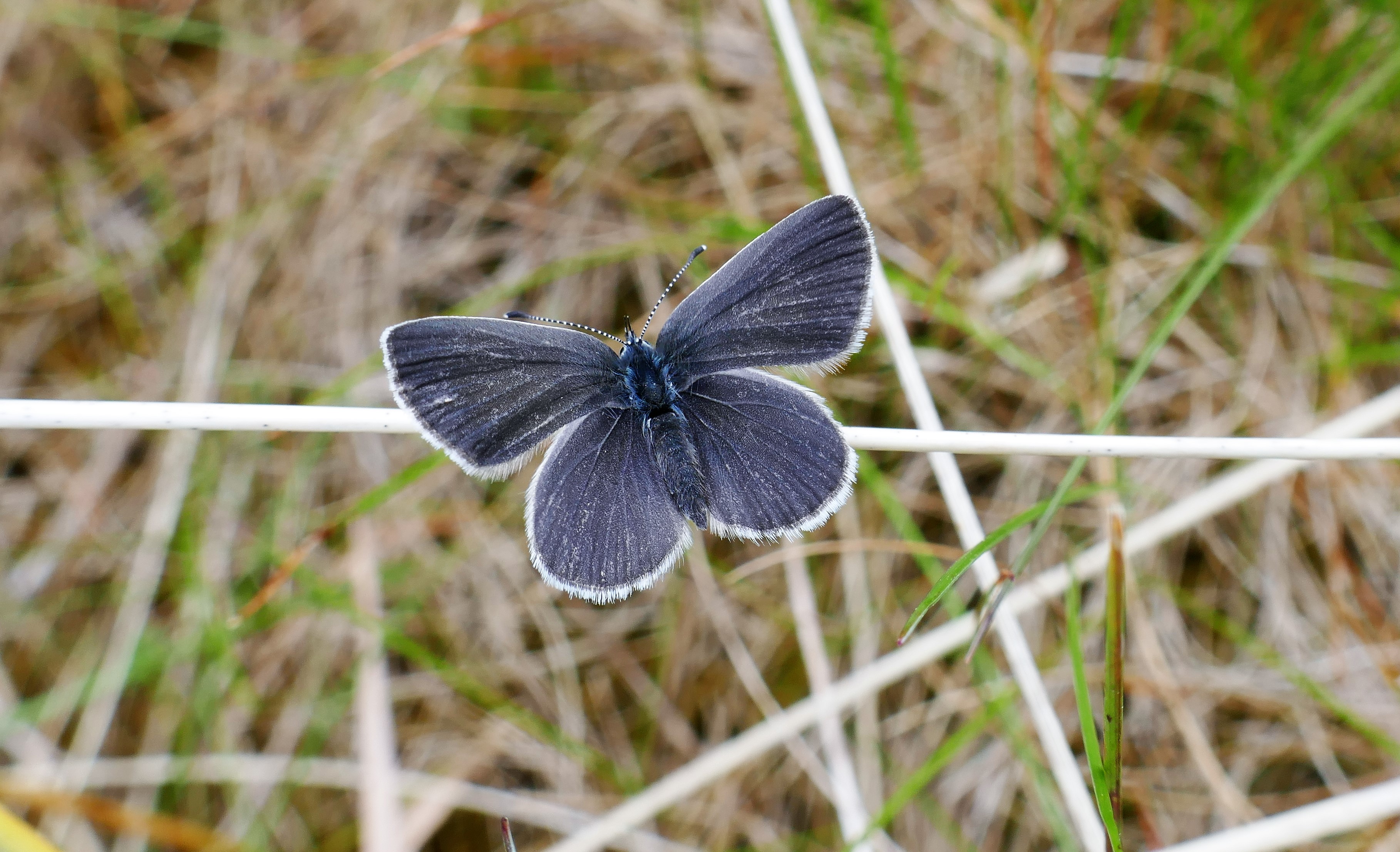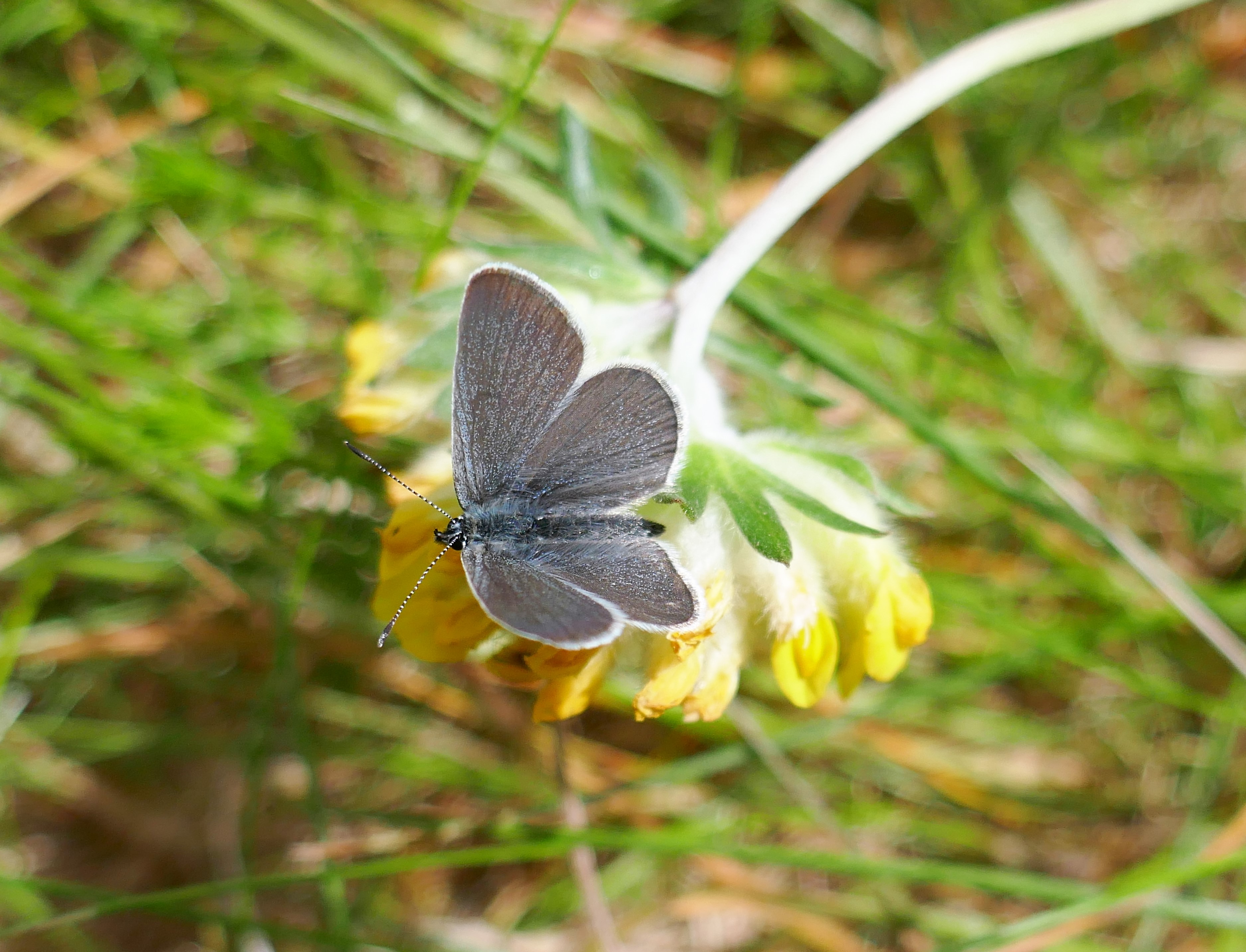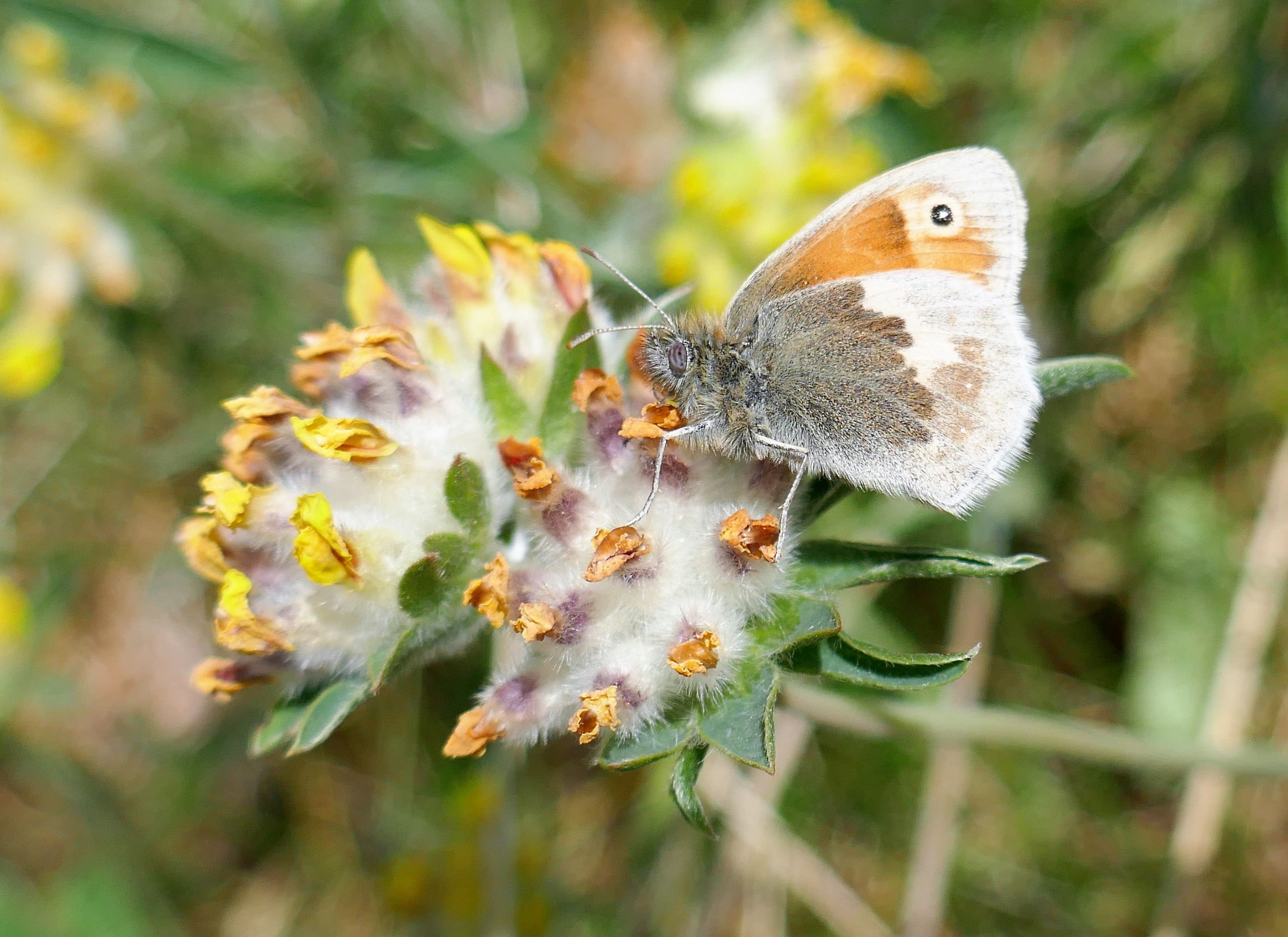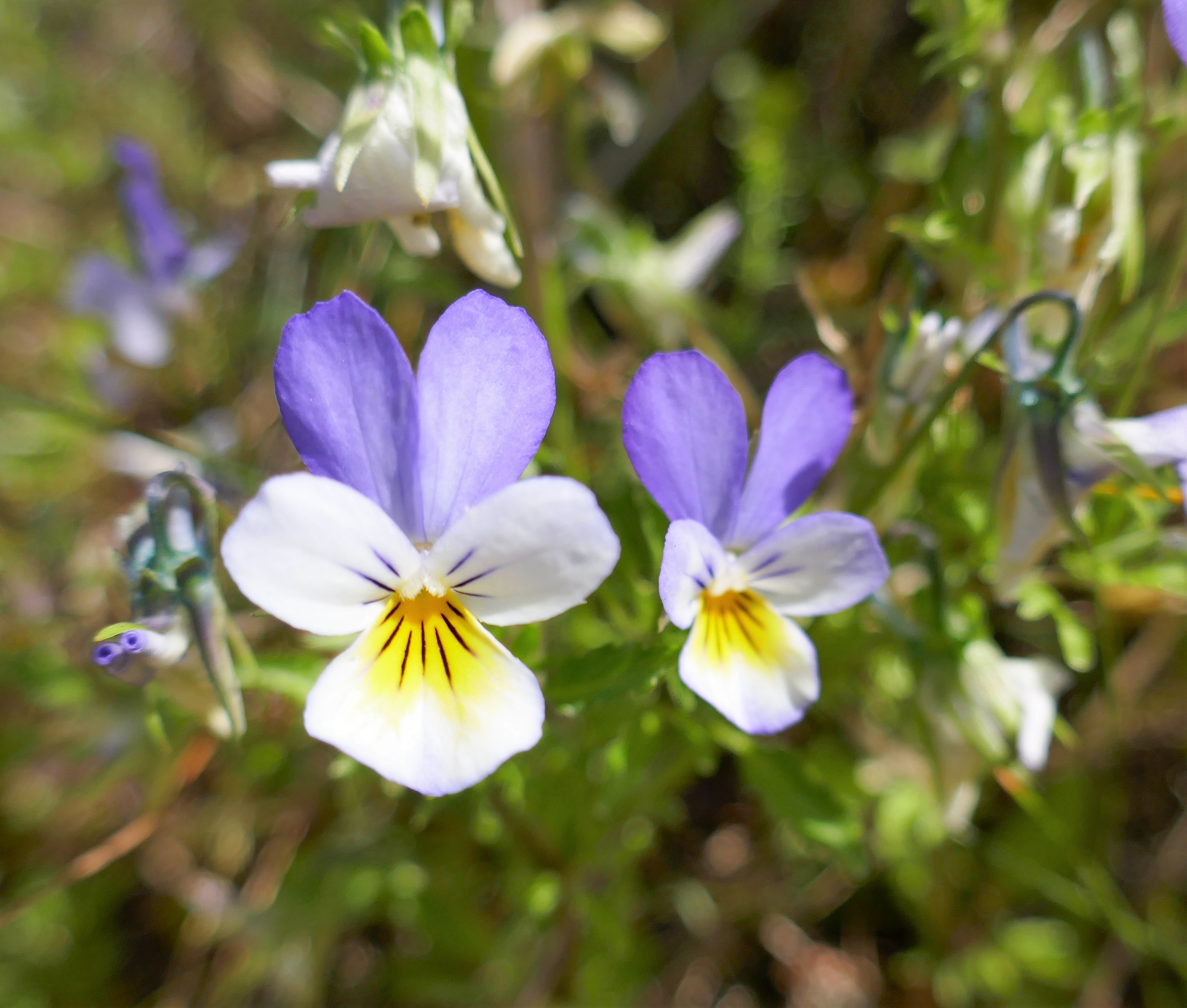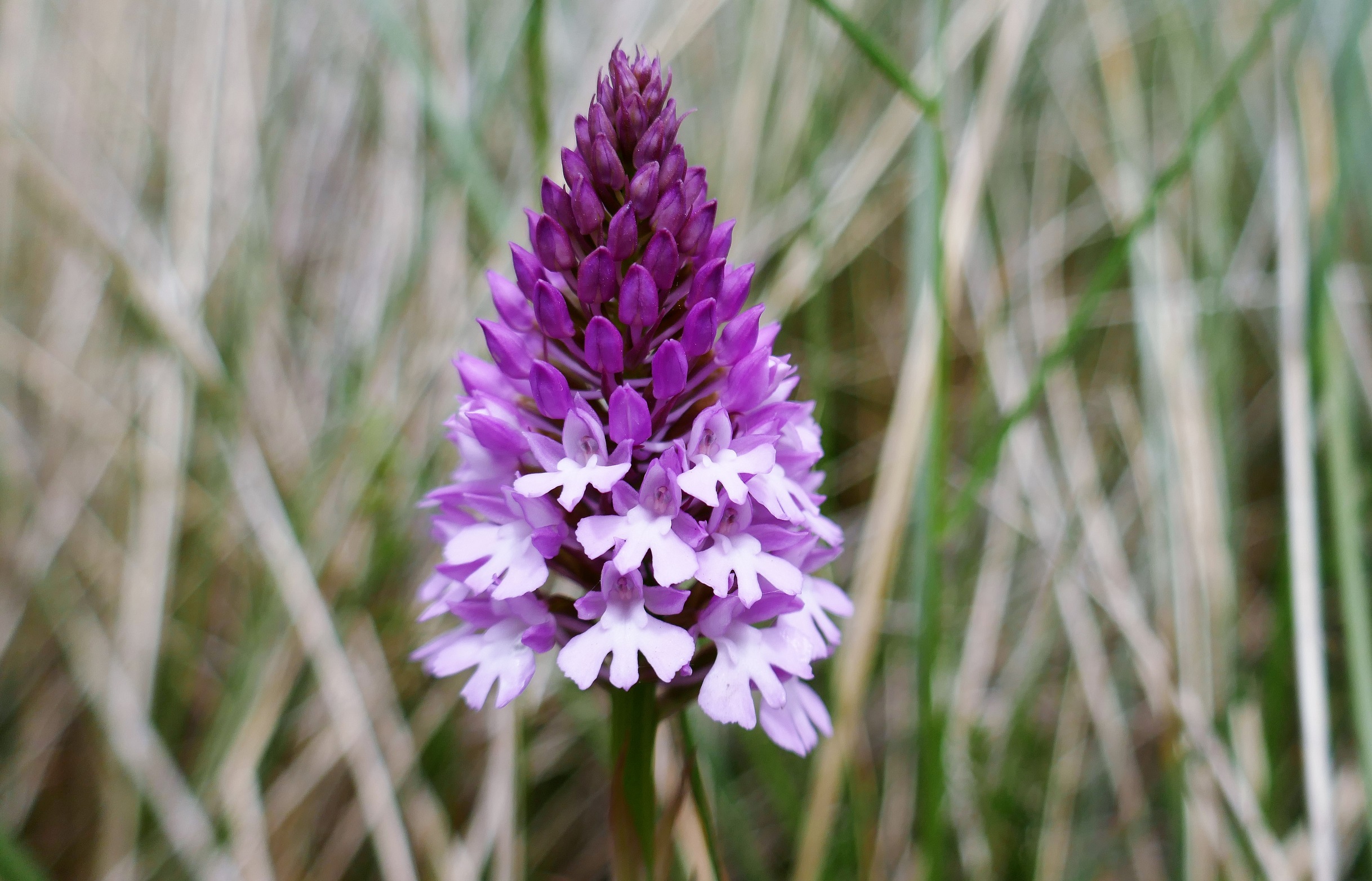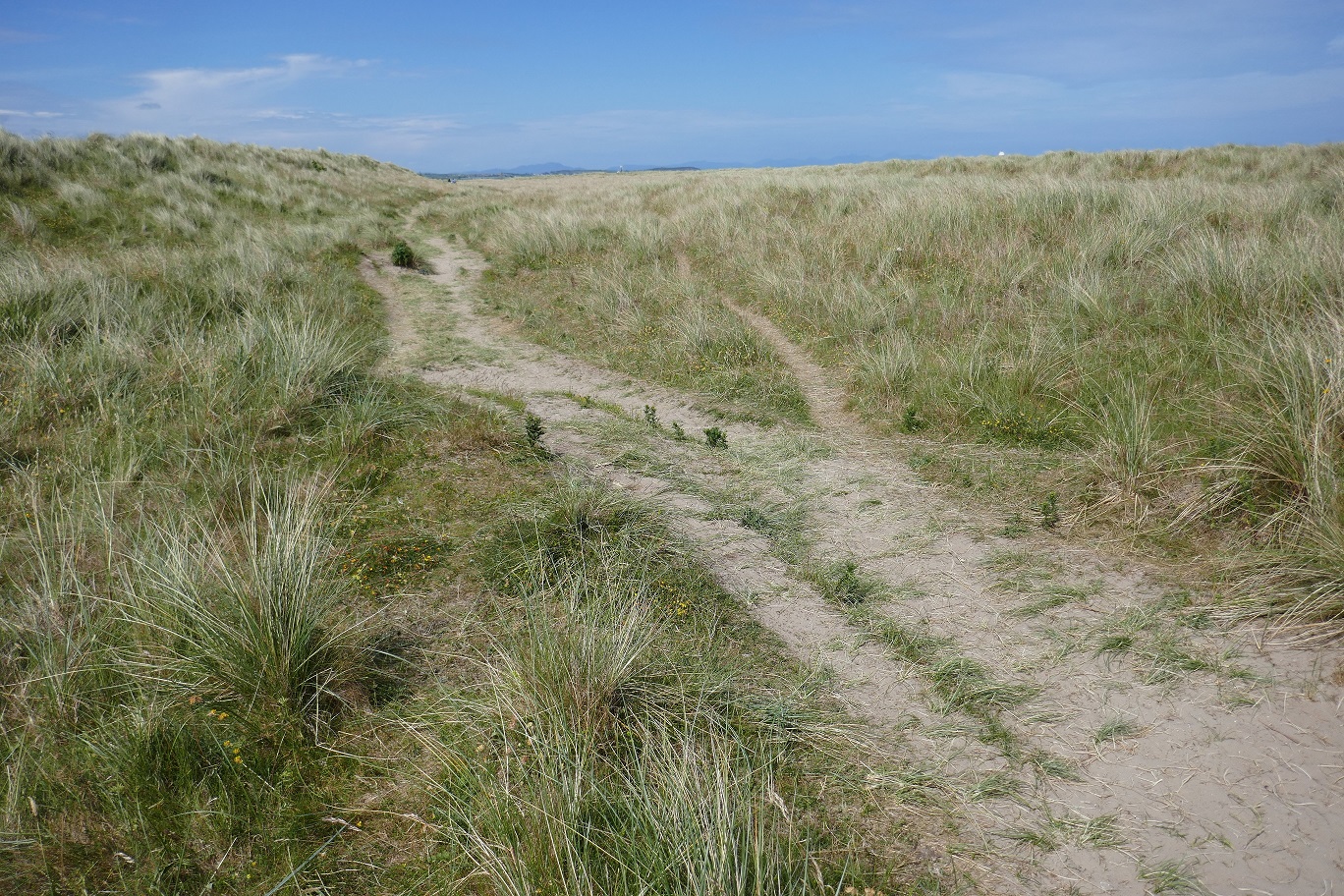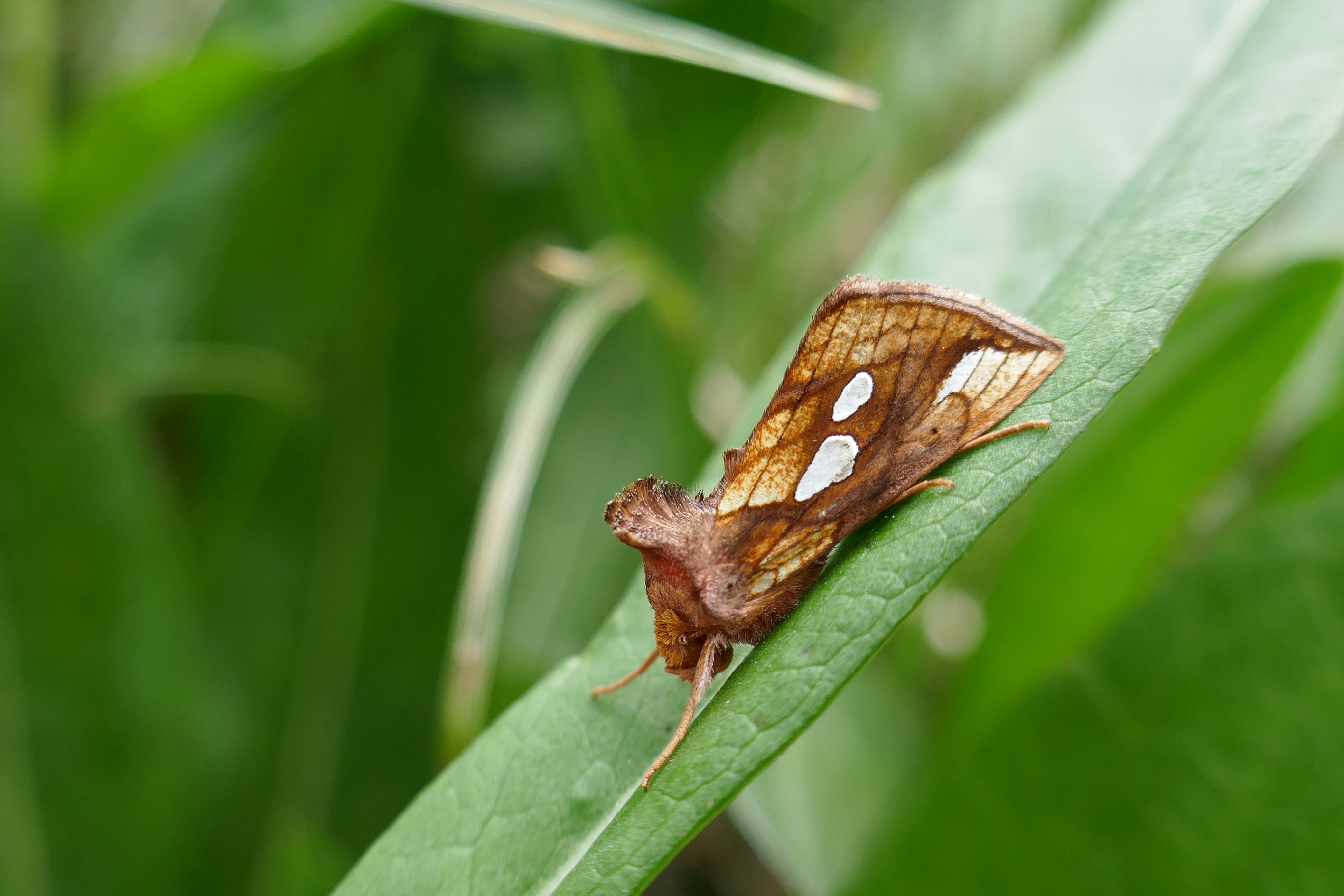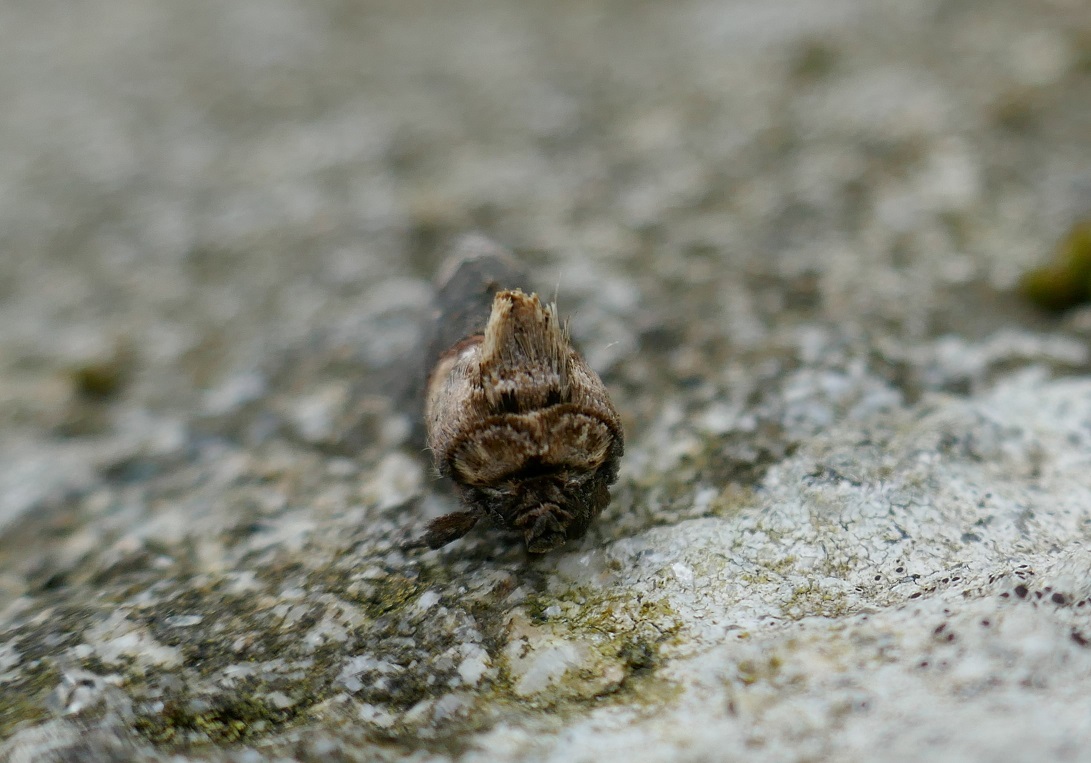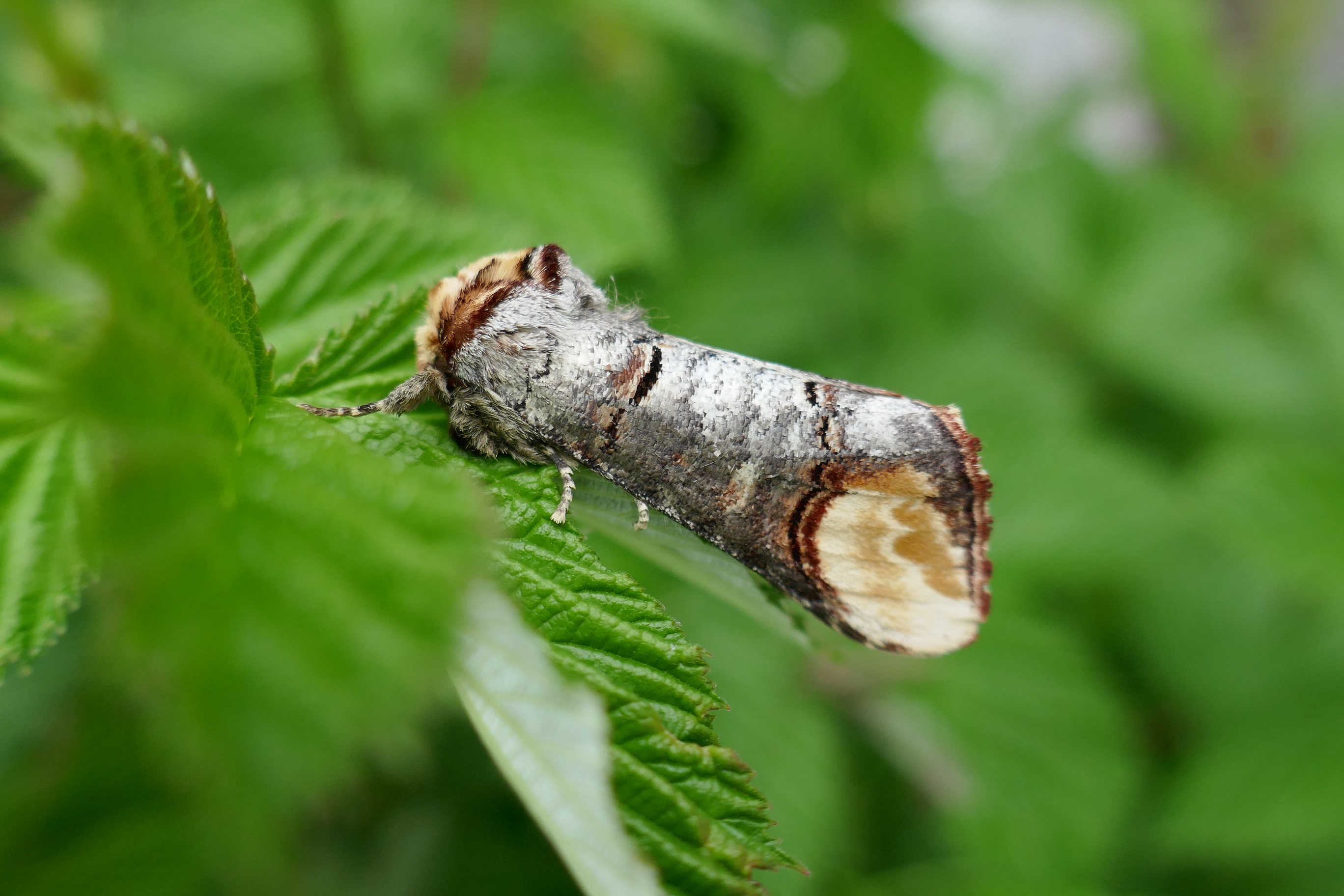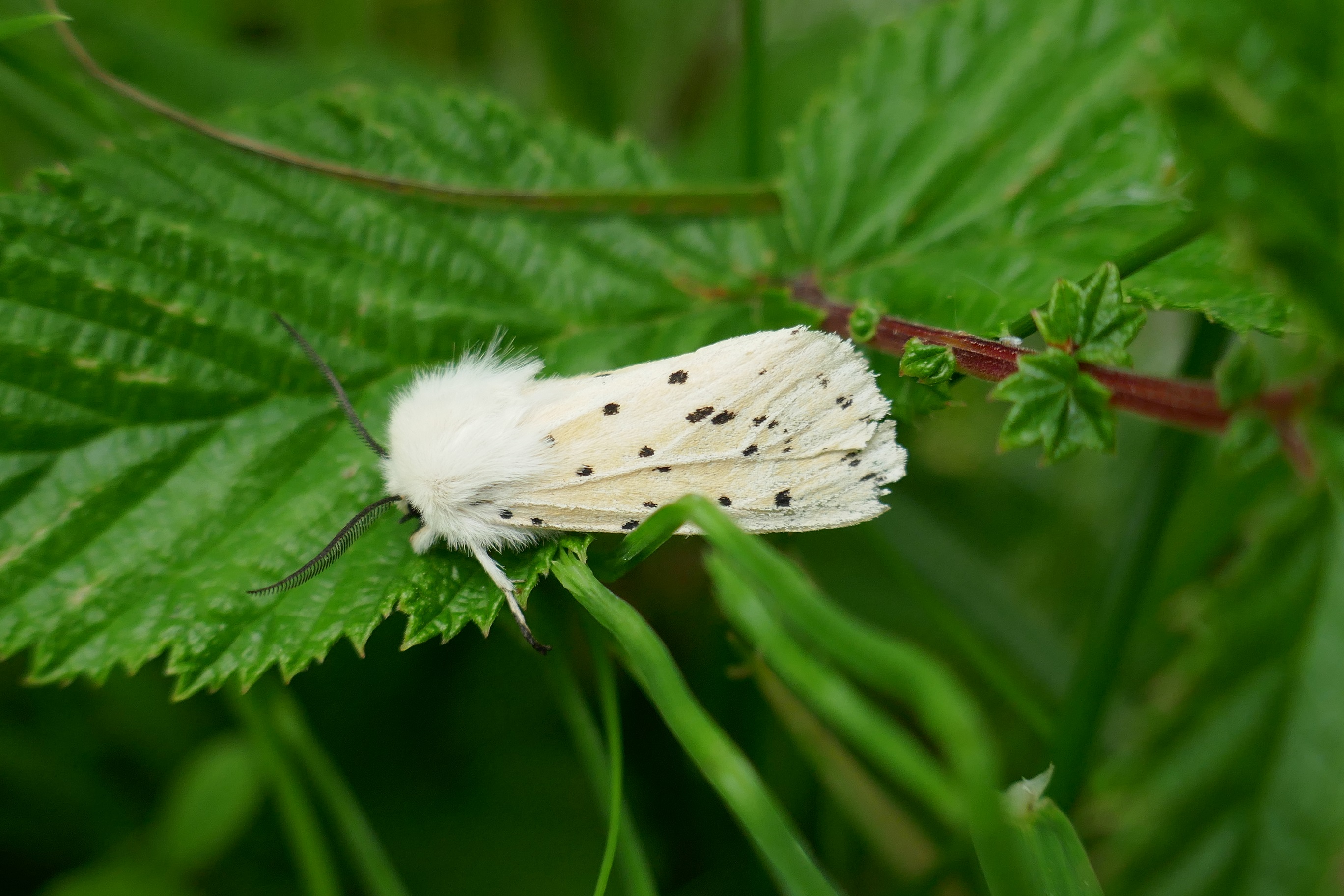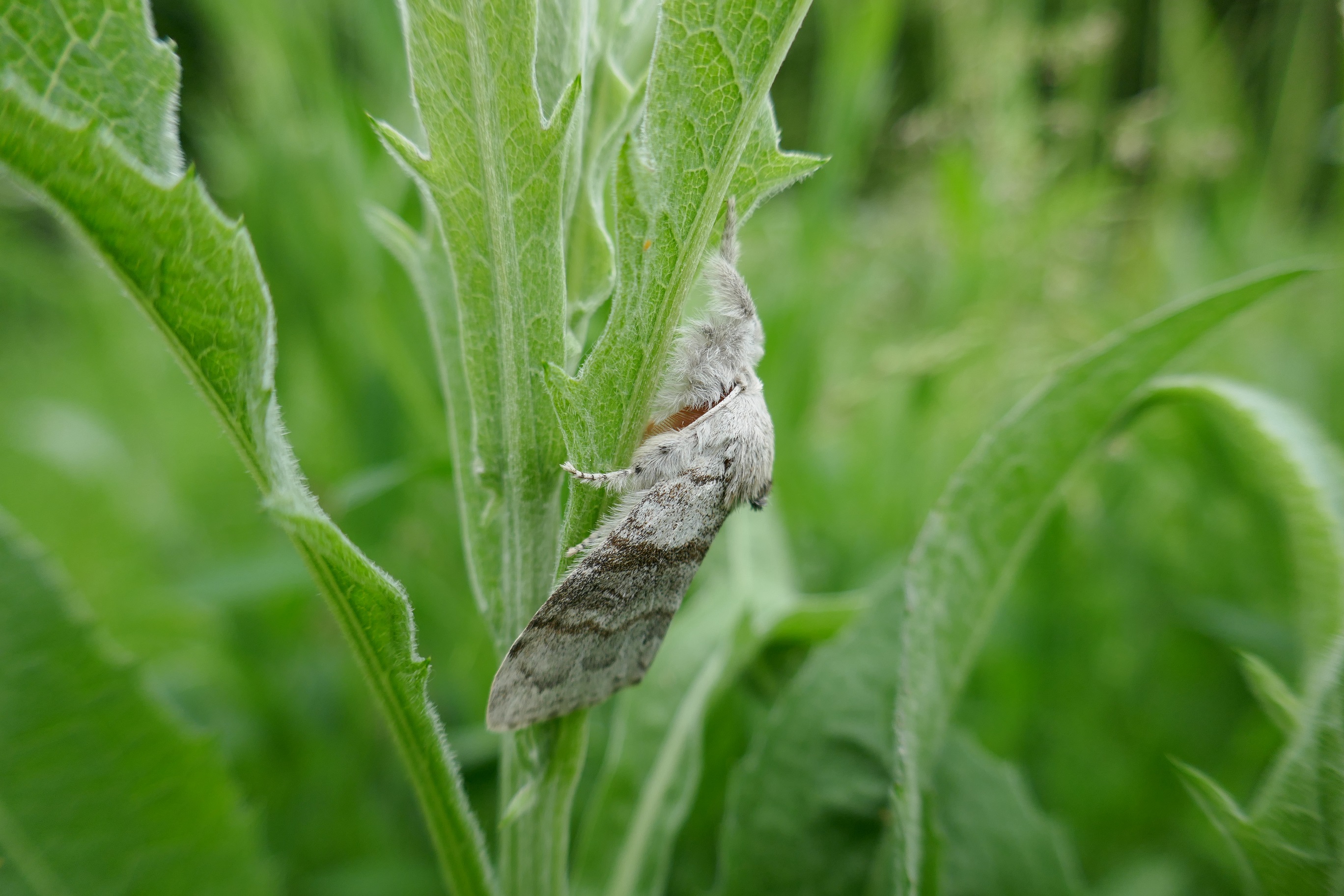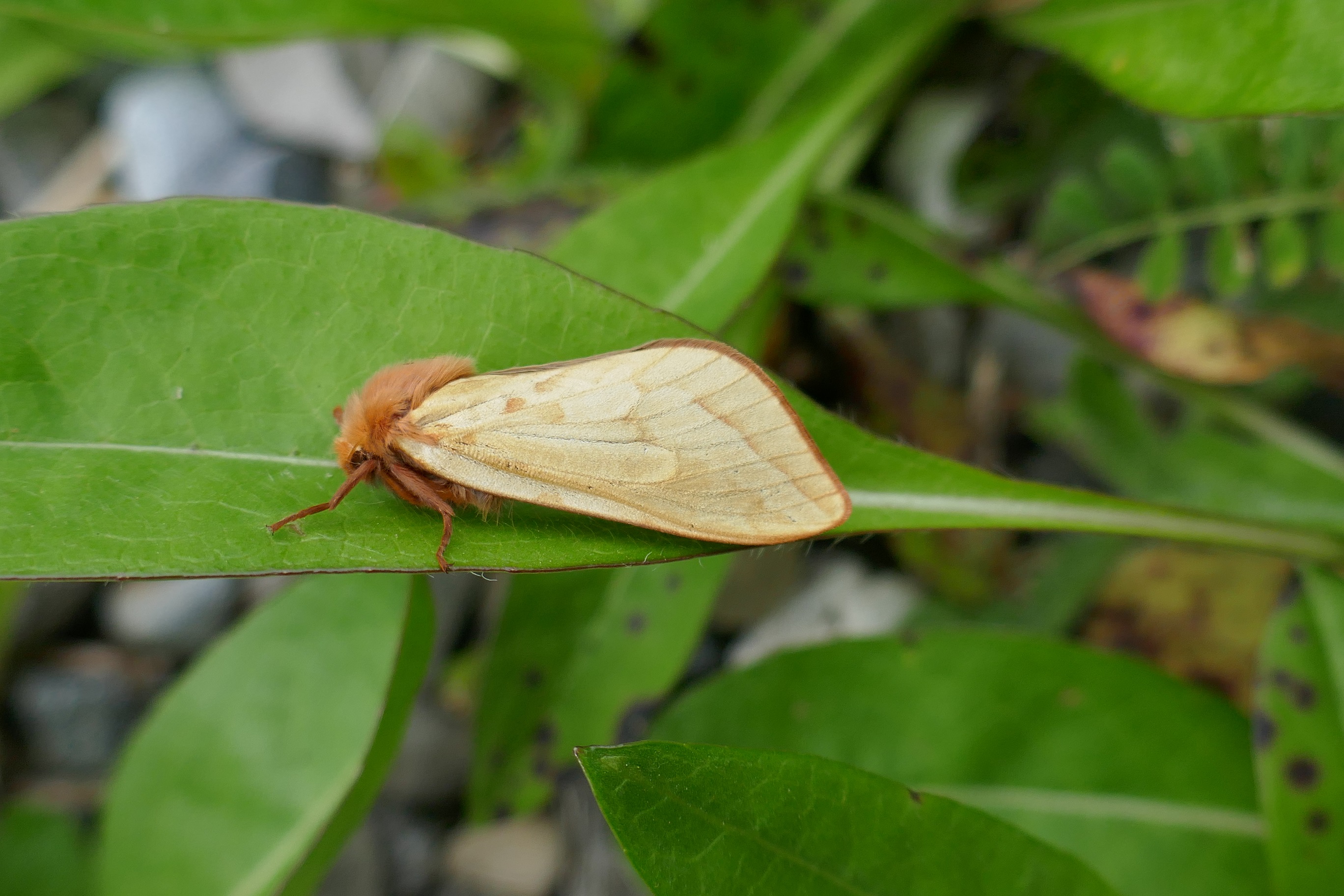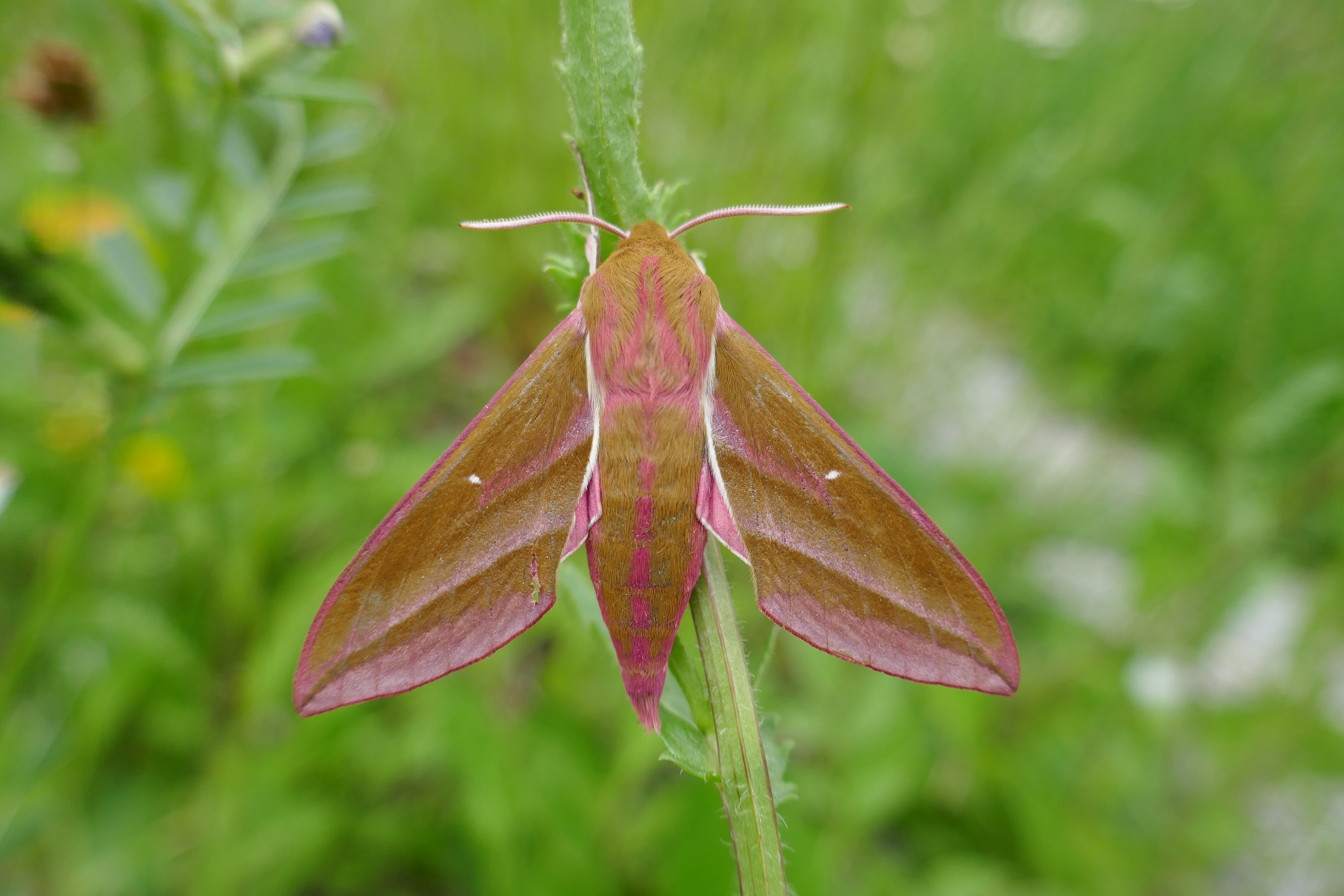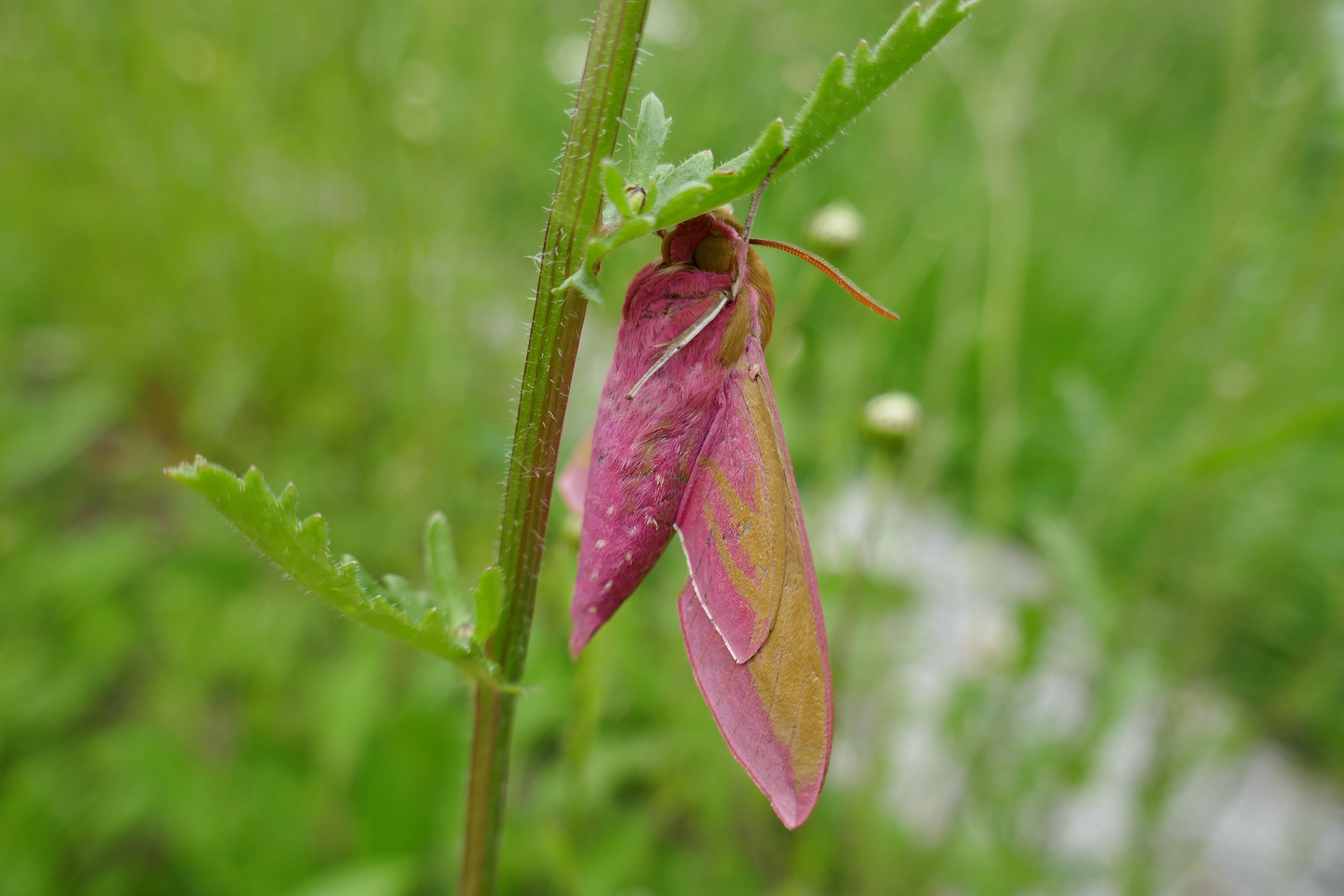It is a stunning, hot summer’s day, and your garden Buddleia, the one you bought to attract butterflies to your garden, is blooming to perfection, and wafting its pungent sweetness onto the still air.
All expectant, you inspect the plant each day but apart from the odd hoverfly and bee, you are not seeing much activity. Where are the butterflies that you were told would flock to feed on Buddleia? Your flowering Marjoram, a nectar-rich native herb, is not doing any better, although it has more bees.
Butterflies can be very contrary. A habitat that is perfect for a particular species just does not have it. All the ingredients are in place; plenty of nectar sources, plenty of caterpillar host-plants, the correct aspect, site size, and location but the butterfly just is not there. Elsewhere, a smaller, apparently less suitable habitat has the species in abundance.
This scenario is especially noted when it comes to habitat specialists known for their highly specific needs and poor powers of dispersal. But butterflies that frequent gardens lack such constraints. These are wide-ranging, mobile species that will occur in a broad range of habitats.
The question remains, where are they?
Timing is key.
All butterflies have a four-stage life cycle. These stages occur at different times of the year, and because it is usually the adult stage we notice, this is the stage you will cater for if you grow nectar-rich flora that blooms at the correct time.
Take the classic garden butterfly, the Small Tortoiseshell. Here is its annual phenology (timing of life cycle stages):
Adult: All year; scarce during the first half of June and second half of August
Egg: April-May, late June-mid-July, scarce in late August
Larva: May-June, mid-July-late August, scarce in September
Pupa: June-early July, August-mid-September, scarce in October.
You will see the adult flies in July and early in August. So why is it absent from my Buddleia at these times?
Here’s why. The priority of the adult Small Tortoiseshell varies depending on certain factors, especially photoperiod (the period of time each day during which an organism receives illumination; day length).
When the day length is long and increasing in May and June, the adult Small Tortoiseshell is focused on reproduction, not on feeding on nectar. Daylight hours are very high in July, although declining slowly, so the adult Small Tortoiseshell is still keen on breeding. Therefore it frequents breeding areas where nettles grow, rather than feeding areas.
If the mid-summer weather is poor and overcast, part of the Small Tortoiseshell population enters a reproductive delay. When this happens, this section of the population visits gardens and other places where nectar is found in order to build fat reserves to prepare to pass the winter as an adult butterfly. When this happens, you will see the butterfly in your garden in July. After over-wintering, it will breed in spring.
This July the Small Tortoiseshell was busy breeding and very few entered a reproductive delay. The offspring of the June and July breeders will emerge in late August and September, and this generation of Small Tortoiseshells will flock to flower-filled areas. This generation, with rare exceptions, will delay breeding until next spring, and to survive until then they need as much nectar as possible.
I hope that you don’t mind if I throw climate change and weather variability in the mix at this point. Day length is not the only environmental signal that the Small Tortoiseshell responds to. It is highly likely that it responds to signals from its larval host plant too. In hot, very dry summers, like the summer of 2018, days are sunny and daylight hours are long but drought makes the nettles less nutritious and even unsuitable for breeding. It appears that the Small Tortoiseshell is responding to this by canceling its second generation and entering the over-wintering state as early as July.
There are documented examples of this response in St Albans, Hertfordshire, where the butterfly went into early hibernation in some years. In 2017 and 2018, all the Small Tortoiseshells that hibernated in Malcolm Hull’s home were hibernating by July 7th and August 5th, respectively. At Howth, in County Dublin, Mr. Frank Smyth, a careful observer and recorder of butterflies has noted the absence of Small Tortoiseshells at Howth, County Dublin during August and September in some years but their reappearance the following spring. The butterfly may be skipping its second generation at Howth too, and this may occur in other dry east coast locations during dry summers. A skipped second generation might also occur during cold summers. This ability to modify its brood strategy suggests a high level of adaptability, much needed by a widely distributed species in an era of climate change.
Aside from dry, free-draining areas during long, hot summers and cold, overcast, wet summers, we can expect to see Small Tortoiseshells, and their close relations, in our gardens during August and September. This is when you will see the big influxes of butterflies in the garden, and these big occurrences are what give the illusion that summer is never-ending, while in reality, the appearance of butterflies is a clue that winter’s shadow is clouding the horizon. Butterflies know that winter is coming because they can sense the accelerating decline in daylight even if the temperature remains high.
In this way, butterflies remind us of the season’s signals, and of cyclical changes.
Over the next few weeks, you should see plenty of butterflies in your garden if you are giving them nectar-rich flowers. If you are providing flowering Common Ivy, and nettles, you will see even more!
Let us know what you see. Tell us by email at conservation.butterfly@:gmail.com
Let us know:
your first name/s, and surname/s
your contact details (typically an email address)
date of the find,
species found,
the life stage/s found,
numbers seen,
location the butterfly/moth was found (e.g. townland name, site name, county),
six-figure grid reference, including the letter identifying the 100,000-metre grid square in which the location lies (see http://www.gridreference.ie/ or Discovery Series maps)
weather conditions
and any other interesting comments you wish to provide.
Example:
John Smith (14/06/2020)
Small White 2, Small Copper 1, Small Blue 14, Small Heath 15 at O254515, Portrane sand dunes, County Dublin. Sunny, light breeze, 18 Celsius.
It will be greatly appreciated if recorders send in their records by listing the butterflies observed in the following order:
Small Skipper, Essex Skipper, Dingy Skipper, Common Swallowtail, Wood White, Cryptic Wood White, Clouded Yellow, Brimstone, Large White, Small White, Green-veined White, Orange-tip, Green Hairstreak, Brown Hairstreak, Purple Hairstreak, Small Copper, Small Blue, Common Blue, Holly Blue, Red Admiral, Painted Lady, Small Tortoiseshell, Peacock, Comma, Pearl-bordered Fritillary, Dark Green Fritillary, Silver-washed Fritillary, Marsh Fritillary, Speckled Wood, Wall Brown, Grayling, Hedge Brown/Gatekeeper, Meadow Brown, Ringlet, Small Heath, Large Heath, Monarch.
If you like, you can take part in our Garden Butterfly Survey. It’s easy to do and the form is available here: https://butterflyconservation.ie/wp/wp-content/uploads/2017/12/National-Garden-Butterfly-Survey.pdf
Here are some butterflies you might see in the next 6 weeks. The white butterflies shown in the previous post will also feature. Enjoy!
